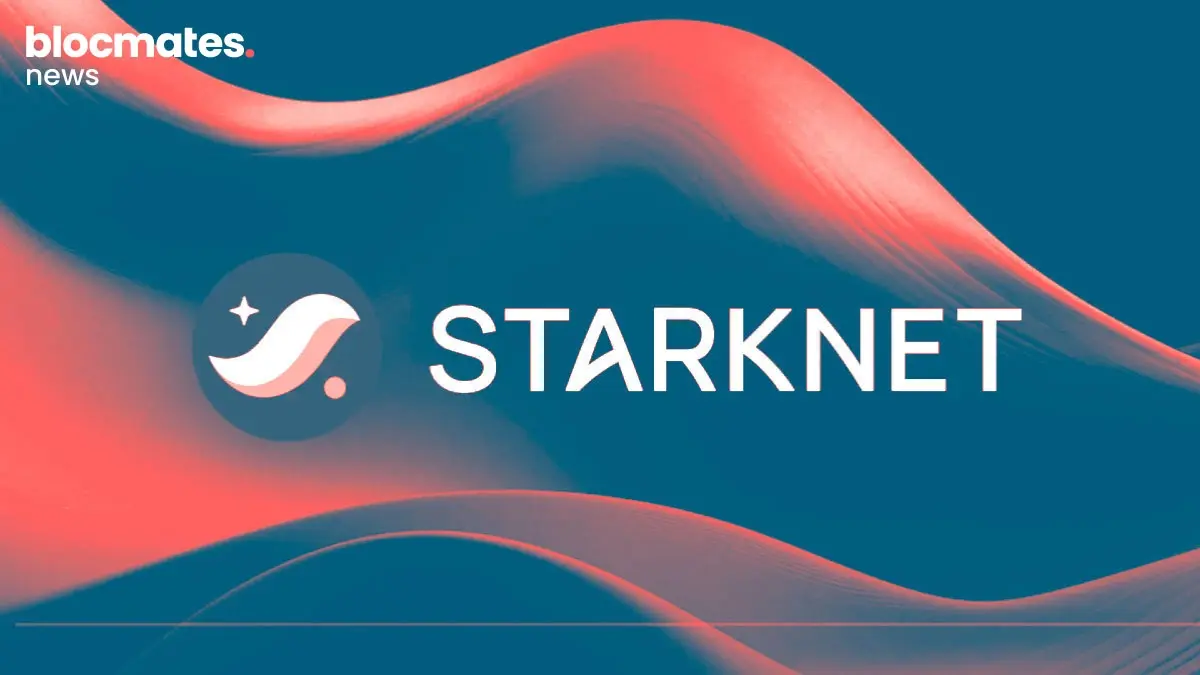Ape-tizers:
- Most trading interfaces still look and feel like legacy terminals: Cold, complex, and often intimidating by design.
- Euphoria is a mobile-native trading platform that strips out the bloat of TradFi and puts dopamine front and center. It's basically derivatives, but reimagined for the TikTok generation.
- At the core, you have ‘tap trading’ - a new way to express price predictions with a single tap. This is powered by decentralized architecture and CLOB mechanics.
For the longest time, crypto’s biggest problem lived deep in the backend. Blockspace was scarce, finality lagged behind, and everything from payments to perpetuals felt like a compromise between speed and decentralization.
Plenty of L2s showed up claiming to solve this, but they recycled the same architecture, wrapped in faster branding, not faster code.
Vitalik’s “Endgame” blog outlined one path forward: node specialization. A model where block validation becomes faster and more trustless, even if it means centralizing block production.
It’s a tradeoff, but one that unlocks meaningful performance gains.
MegaETH leaned into that philosophy hard. Their view is pretty clear: the current EVM setup simply can’t keep up with web2-level performance. Crypto’s not going mainstream if transactions still crawl when markets heat up.

So instead of patching legacy limitations, MegaETH rebuilt the stack from scratch. Sequencer nodes now run like cloud infrastructure, state sync is designed for throughput, and the execution layer pushes Ethereum as close as possible to the limits of modern hardware.
Milliseconds instead of seconds. Real-time finality. The kind of infrastructure that doesn't blink, even when the market's in full send mode.
That backend shift changed what was possible. But it also made the frontend gap more obvious. Yes, I'm talking about the interface. The way people actually experience crypto. That’s where the real gap lives now.
Most trading interfaces still look and feel like legacy terminals with darker UI. They're designed for engineers, not users. Cold, complex, and often intimidating by design.
That’s where Euphoria comes in and introduces tap trading.

What is Euphoria?
Euphoria is a mobile-native trading platform that strips out the bloat of TradFi and puts dopamine front and center. It's basically derivatives, but reimagined for the TikTok generation.
At the core, you have ‘tap trading’ - a new way to express price predictions with a single tap, without needing to touch Greeks, scroll through order books, or interpret thirty overlapping indicators.
It’s all powered by real infra under the hood that uses CLOB mechanics and decentralized architecture, but none of that gets in your way.
Their idea is pretty simple: if you can make speculation feel like fun instead of stress, you can onboard millions. And if you can do it on top of real-time chains like MegaETH, with millisecond finality and responsive UX, you unlock an entirely new category of on-chain interaction.
MegaETH: The most feasible option for Euphoria
Euphoria was building for people who tap their screens before they blink, not for those who refresh Etherscan hoping their order clears. So, picking an L2 wasn’t a tactical choice. It was existential.
They needed something faster than fast. Something that wouldn’t crumble the moment retail volume spiked over some meme-fueled madness. That ruled out most chains right out of the gate.
Then came MegaETH.
While the rest of crypto kept playing catch-up, MegaETH felt like it was building for a different timeline. Sub-millisecond latency. 100,000 transactions per second. A sequencer architecture that actually respected how modern systems should work.
When you want to make trading fun, smooth, and social, you can't build on rails designed for a world where finance is supposed to feel cold and intimidating.
MegaETH didn’t just check technical boxes. It made certain things possible that just weren’t before. Like real-time price feedback. Like mobile-native prediction markets that feel more like apps than terminals. Like building something that doesn't need a tutorial to use.

But there’s more.
The Euphoria team saw that MegaETH wasn’t just an engineering feat. It was a culture, with a builder-first mentality. The kind where protocols don’t just talk about community, they build with them.
They understood that culture drives quality, and MegaMafia is proof of that. Projects on testnet were pulling more traction than most live L2s. That wasn’t hype. That was momentum rooted in belief and in infrastructure that could finally keep up with what crypto was always meant to be.
Euphoria’s tap trading
Humans love to tap. Slot machines, clicker games, Notcoin, Hamster Kombat. Doesn’t matter what it is, if it brings any promise of value, you’ll find people smashing their screen like it owes them money.

But the problem is that tap-to-earn was never built to last. It dressed up engagement as value creation. The mechanics were hollow. Taps didn’t represent skill, risk, or belief; they just stacked points in hopes of a future airdrop.
So when the airdrops underdelivered (surprise), people left. Fast. Hamster Kombat had 300 million users at its peak and lost 90% of them when the game stopped printing hopium. You can’t fake economic design forever.
The insight behind these games, however, was never completely useless.
Tap-to-earn was about printing fake value. Tap Trading is about expressing real conviction.
Instead of handing out points for mindless clicks, Euphoria lets users tap to make directional trades. Trades are executed using proper CLOB mechanics on MegaETH. It feels like a game, but the engine under the hood is a machine.
Tap trading is what happens when you take one of the most natural mobile gestures and connect it to one of the most powerful ideas in finance - speculation.

Why does Euphoria’s model work?
- Tapping isn’t the problem. Fake economies are.
- Robinhood made options trading fun and accessible. This is the crypto-native version of that.
- People don’t want complexity. They want expression. With tap trading, the UI gets out of the way and lets people bet on their beliefs instantly.
- The dopamine hit is still there, but now it comes from actual market interaction, not a game with made-up tokens.
You could say what sets Euphoria apart is how it layers system-level feedback into the experience. Points, streaks, and performance-based leaderboards aren’t just gamification for the sake of it but rather act as behavioral reinforcement loops, encouraging participation and surfacing skilled traders over time.
The platform also treats trading as a social behavior. Rather than isolating users into private dashboards, it enables collective activity through public competition, shared outcomes, and visible stats. Basically, a model inspired more by multiplayer games than trading terminals.
All of this is made possible by a backend built for responsiveness.
Concluding thoughts
For years, you’ve seen projects try to onboard the next billion with better bridges, bigger incentives, and faster blocks, but the interface was left ignored. The way people actually feel when they interact with markets.
Euphoria is trying to shrink the distance, and in a way never done before. It’s easy to dismiss that as gimmickry.
But if we’ve learned anything from mobile UX, it’s that friction kills scale. The apps that win aren’t the ones that do the most, but rather the ones that feel the most natural to use.
If Euphoria can make trading feel more like instinct than effort, and do it on infra that’s fast enough to keep up, it’s definitely worth your time.
Note: A handful of the blocmates team are deep in the Berachain trenches, so factor that bias in. All of our research and references are based on public information available in documents, etc., and are presented by blocmates for constructive discussion and analysis. To read more about our editorial policy and disclosures at blocmates, head here.






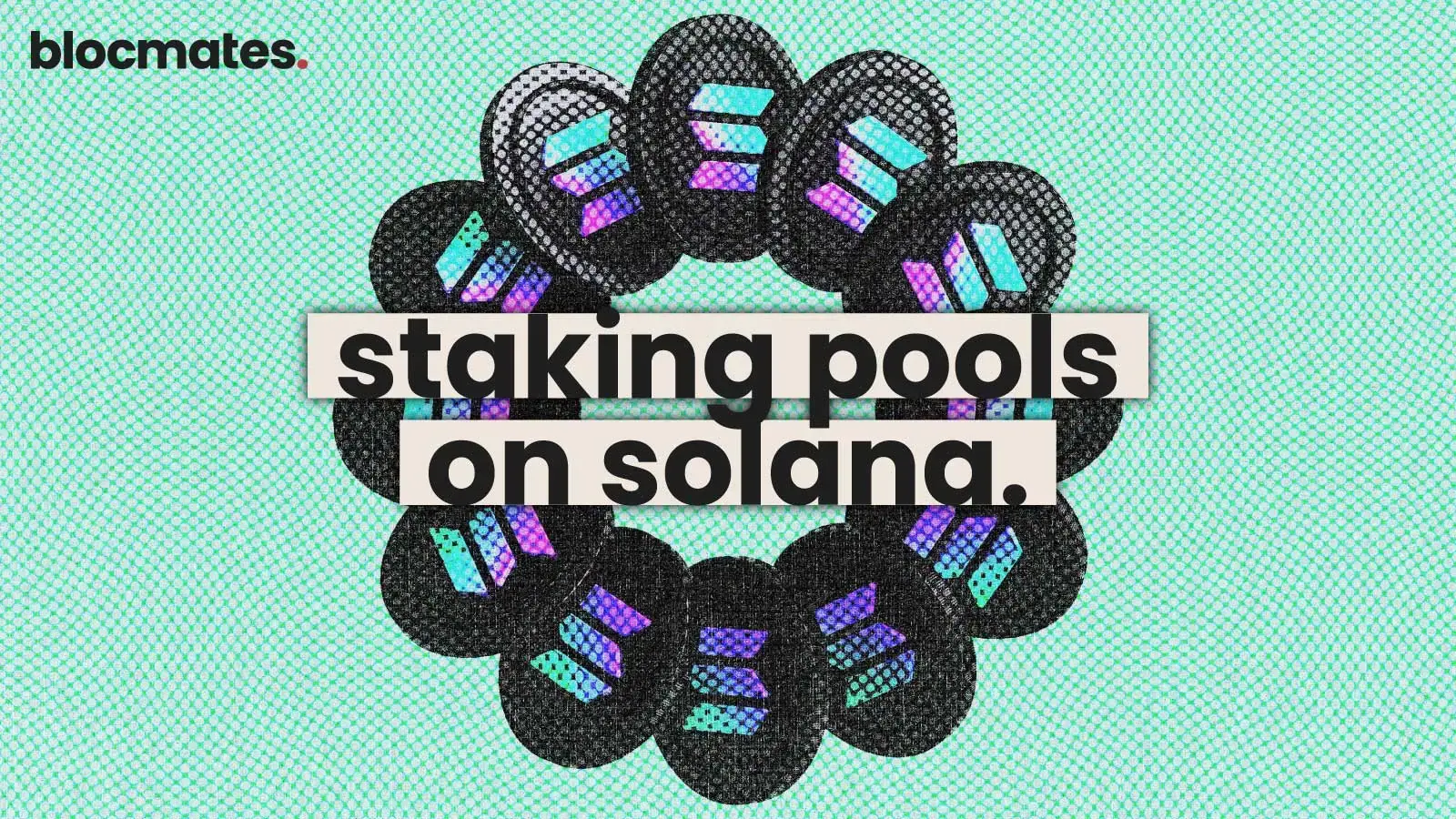




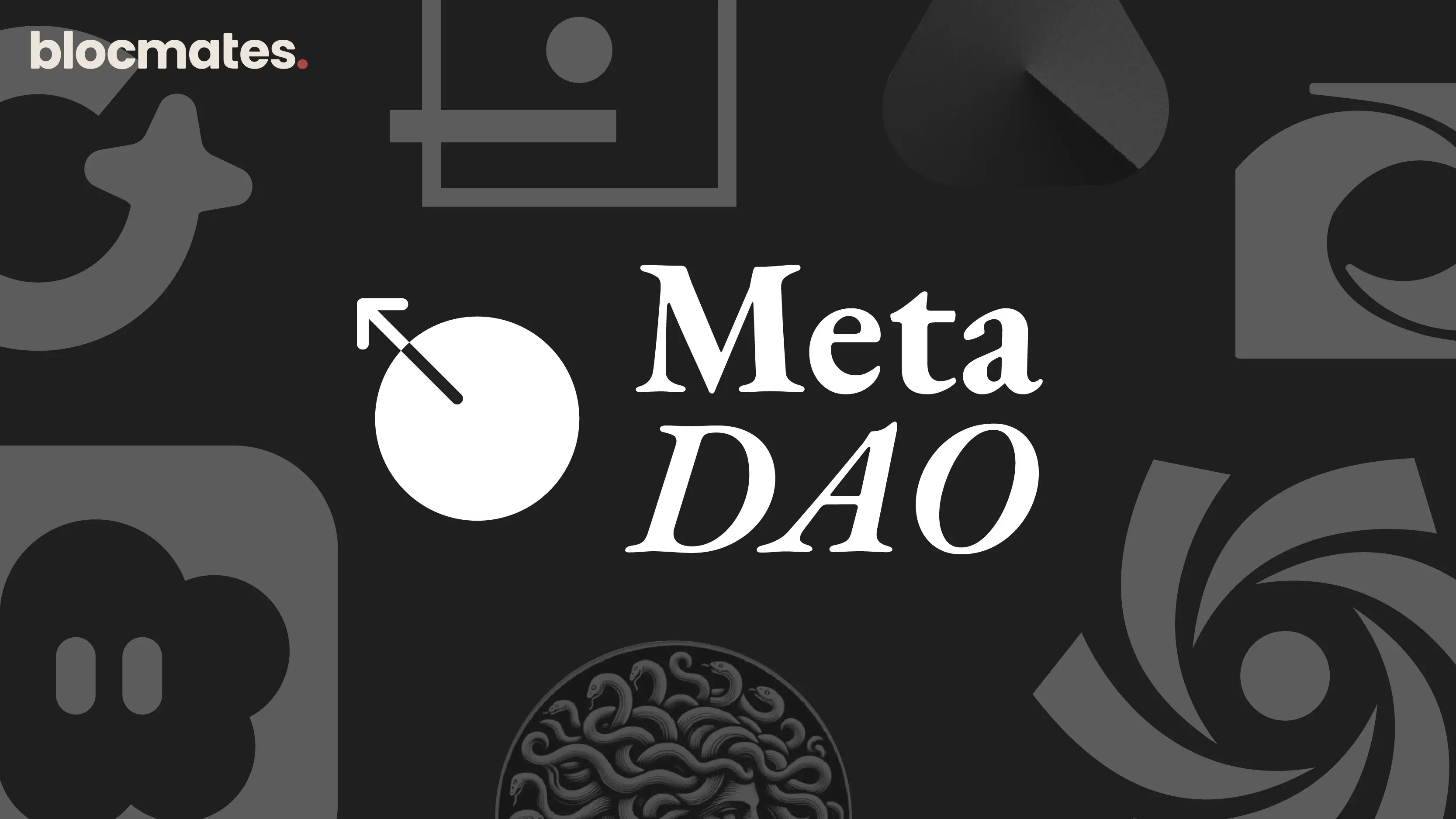
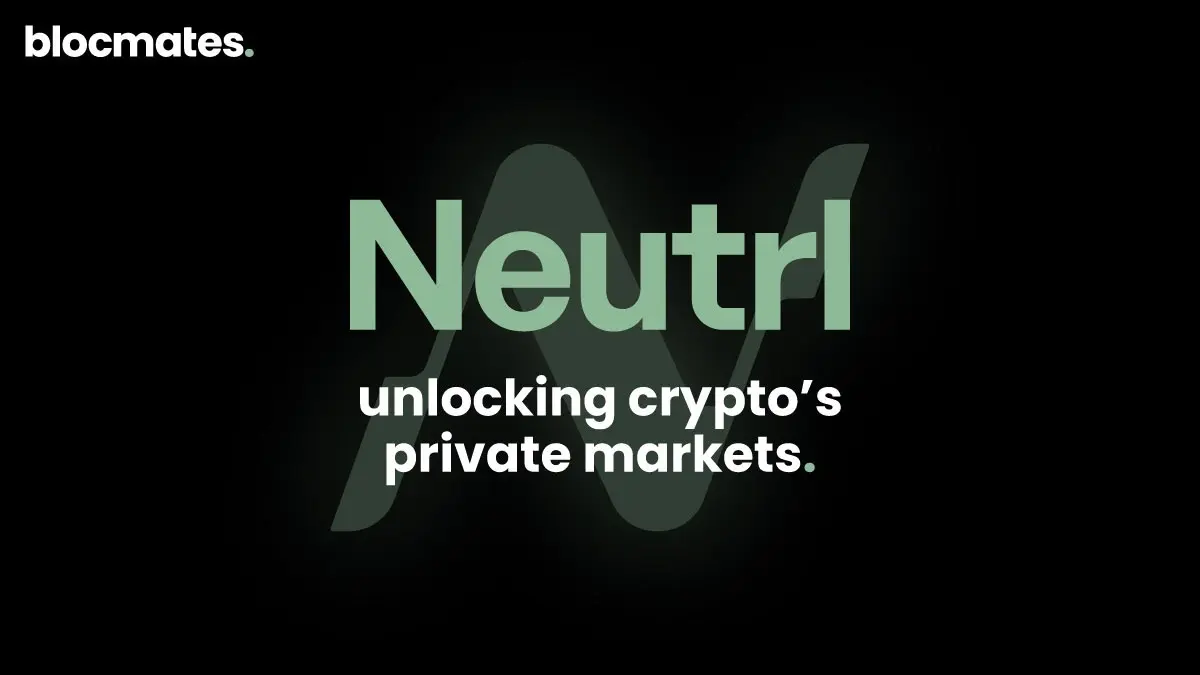


.webp)
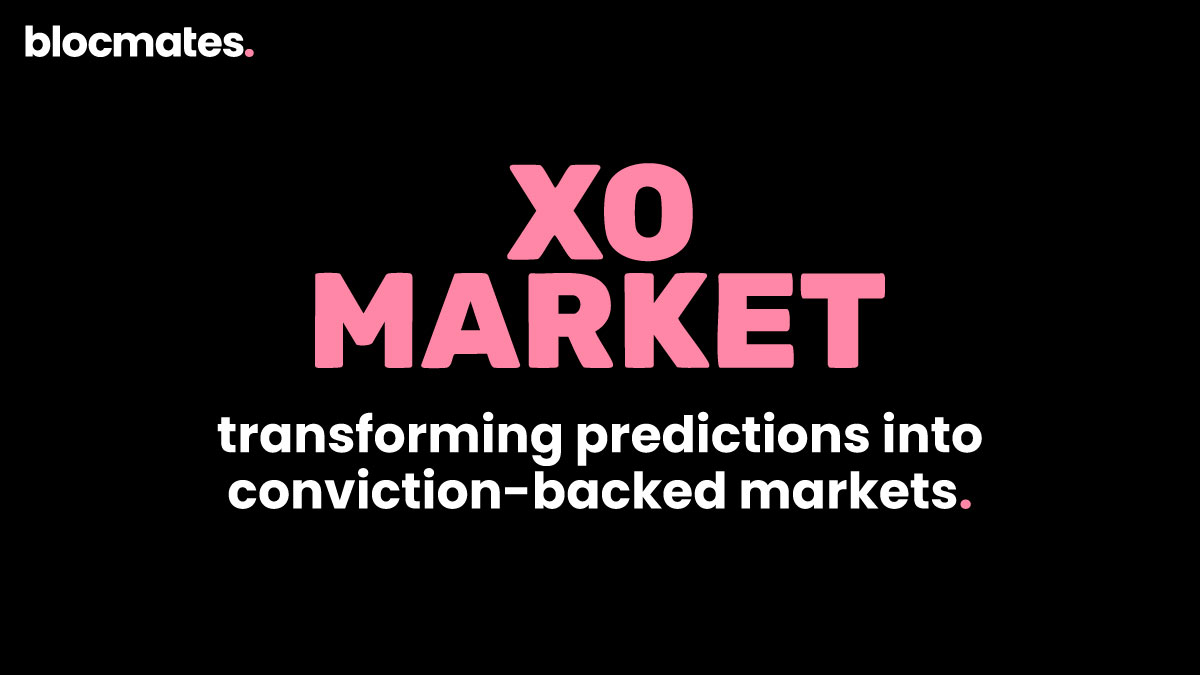
.webp)
.webp)

%20(1).webp)
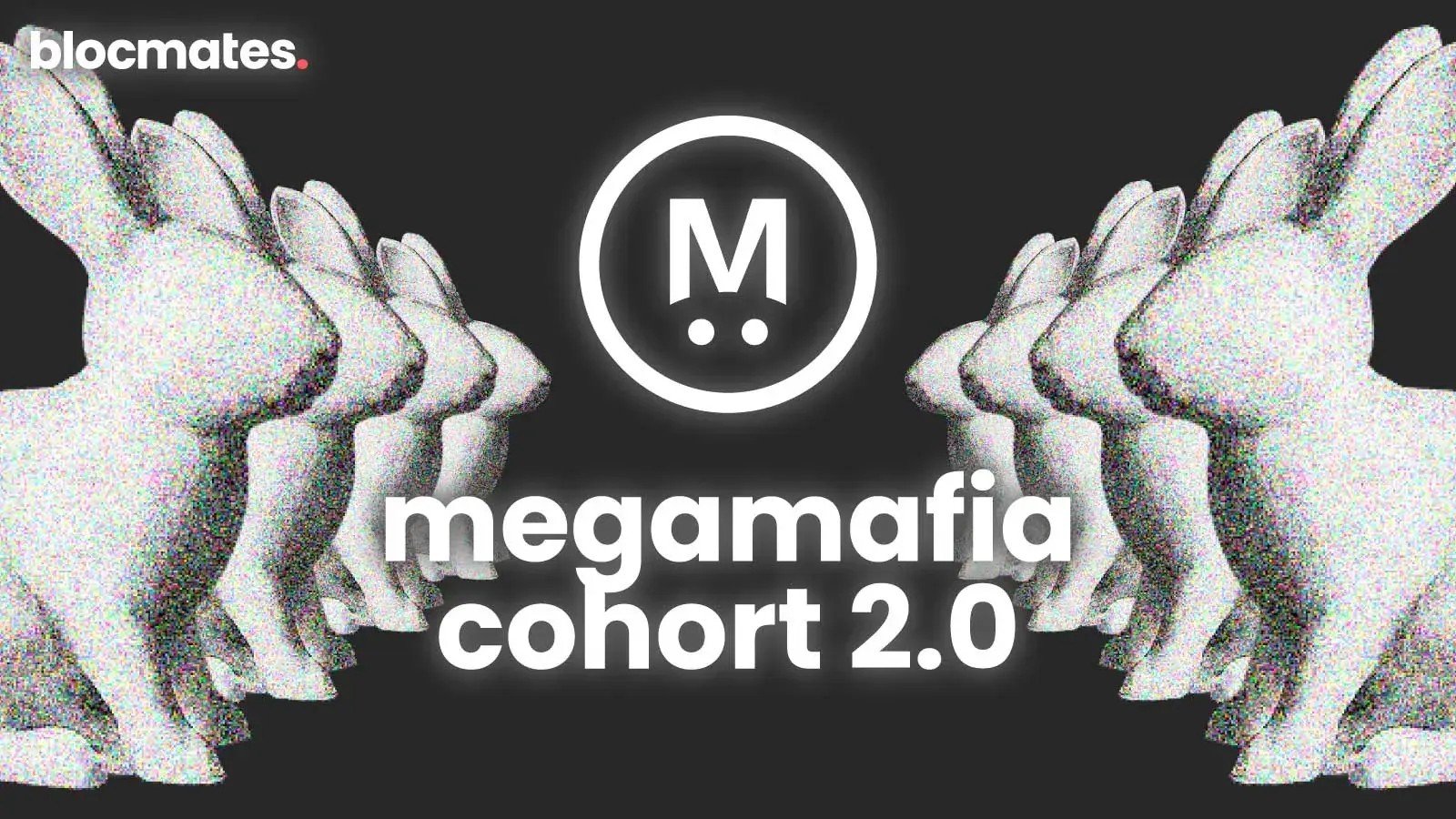
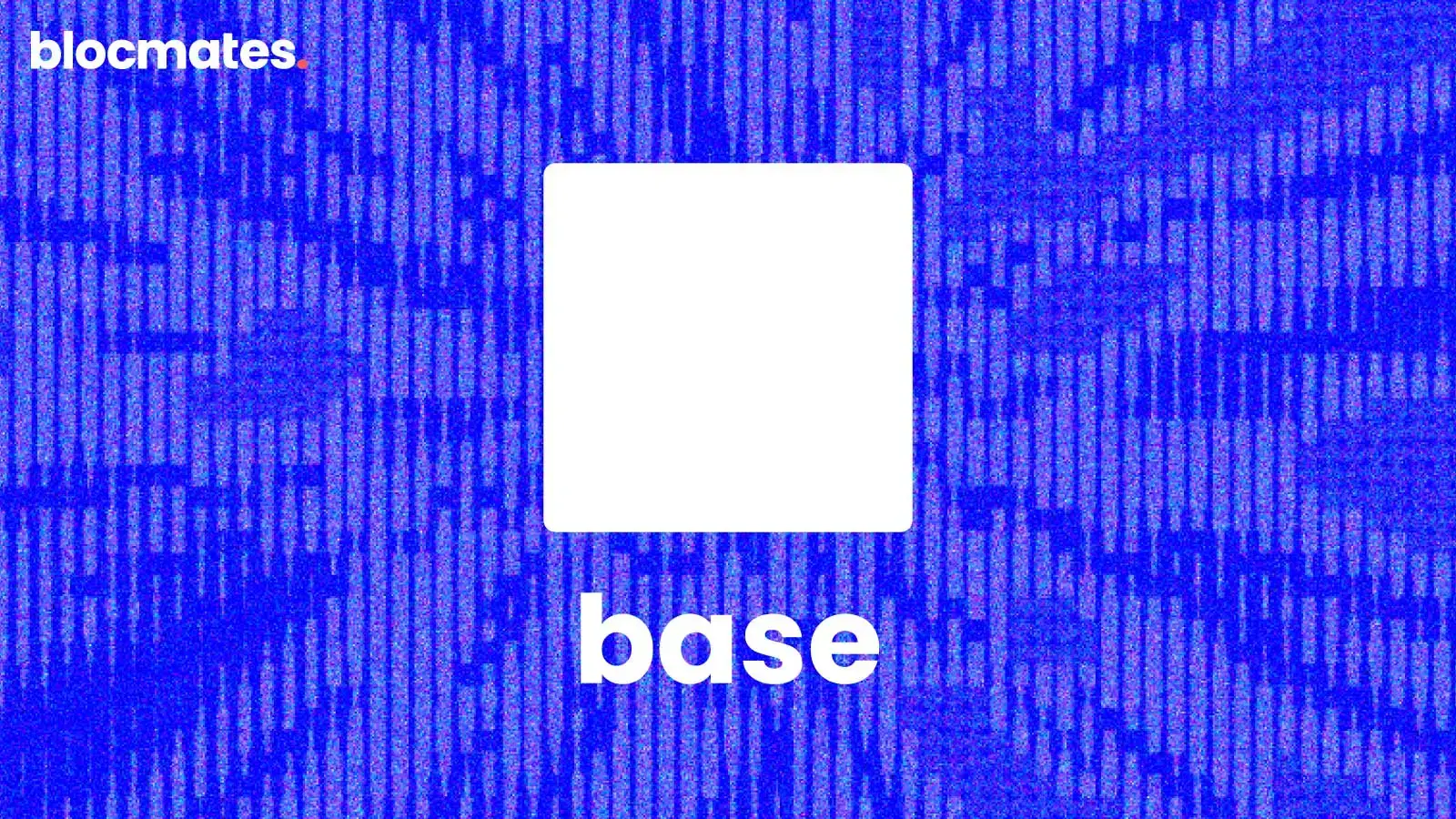
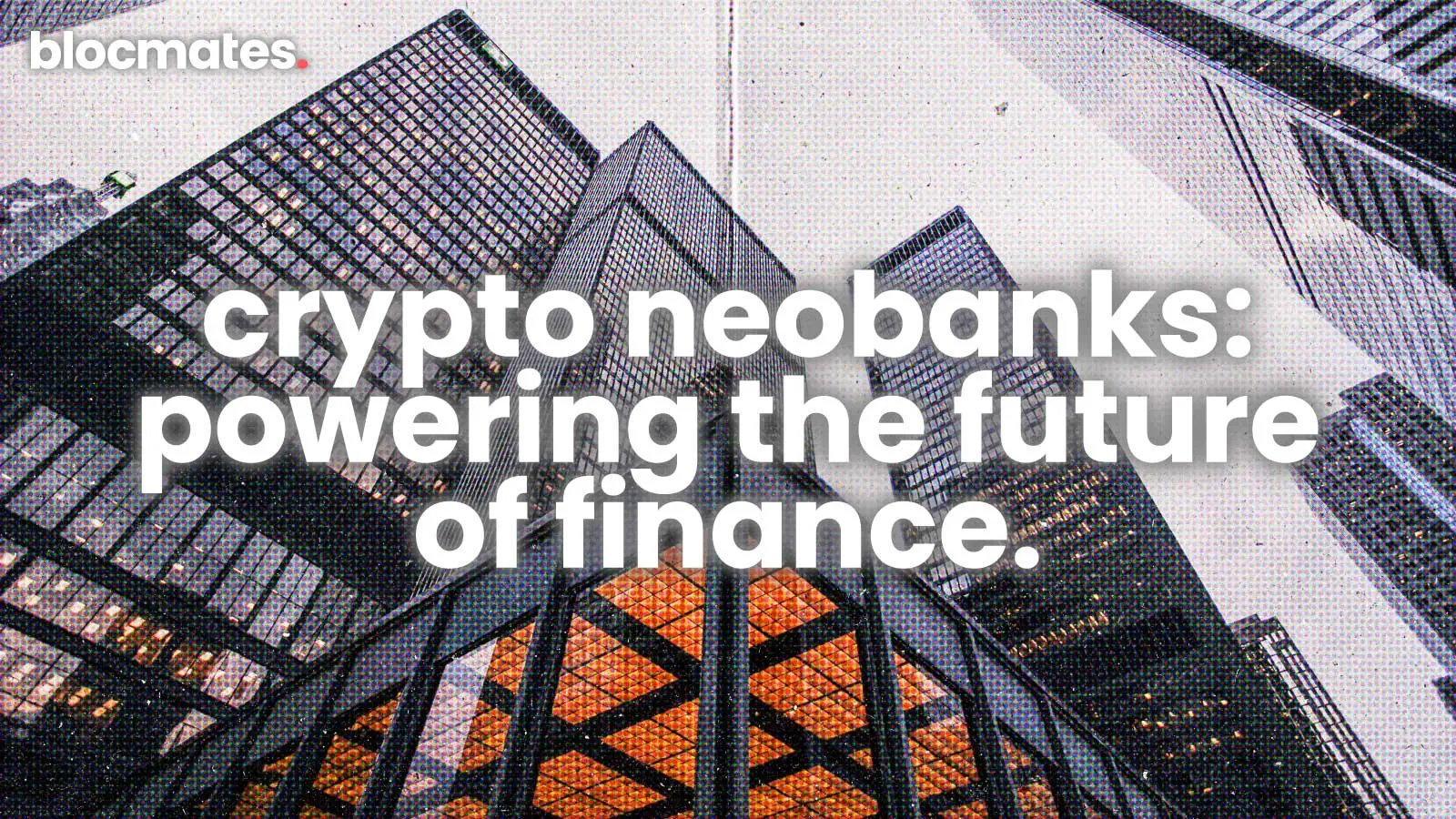


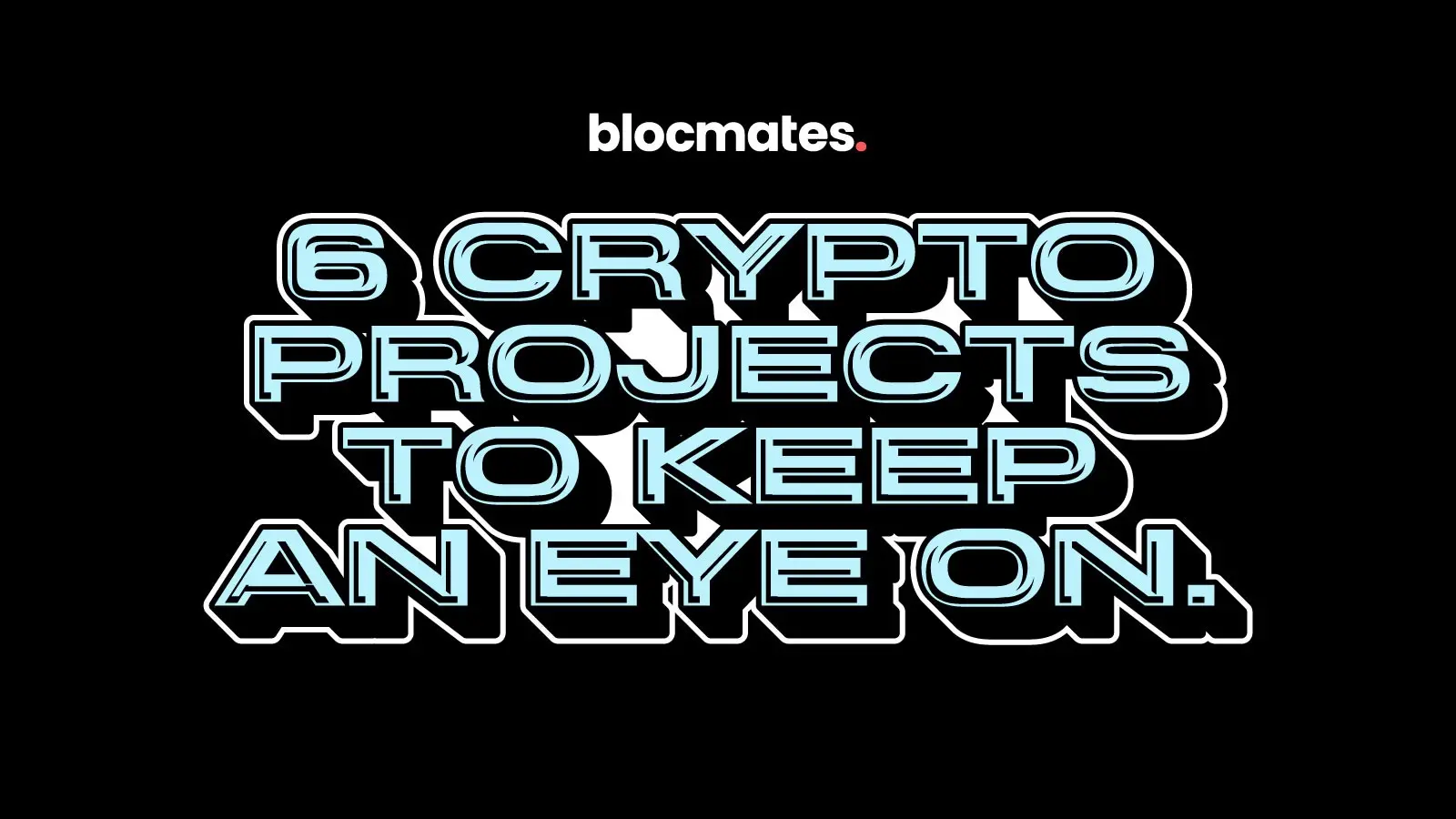
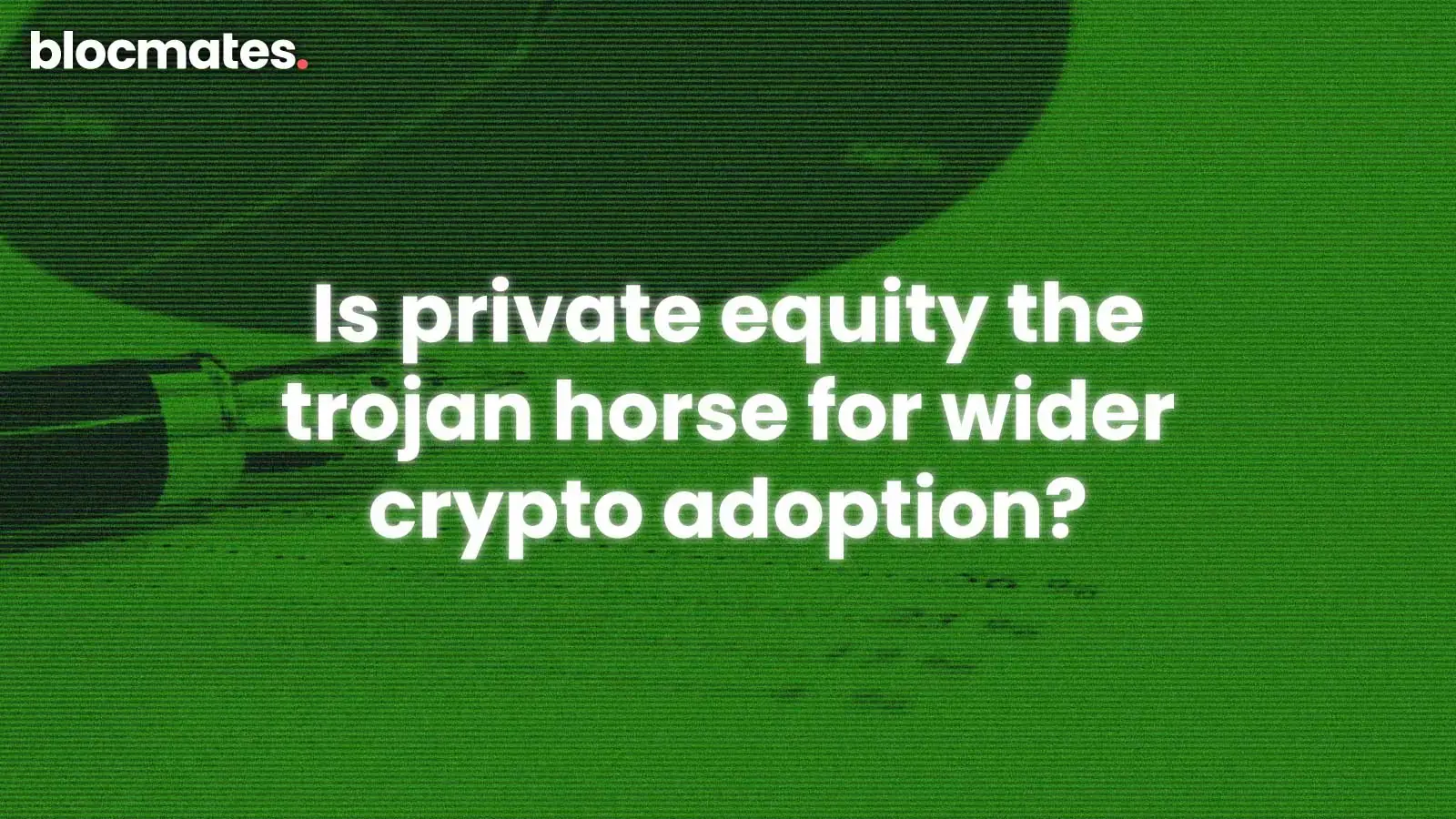
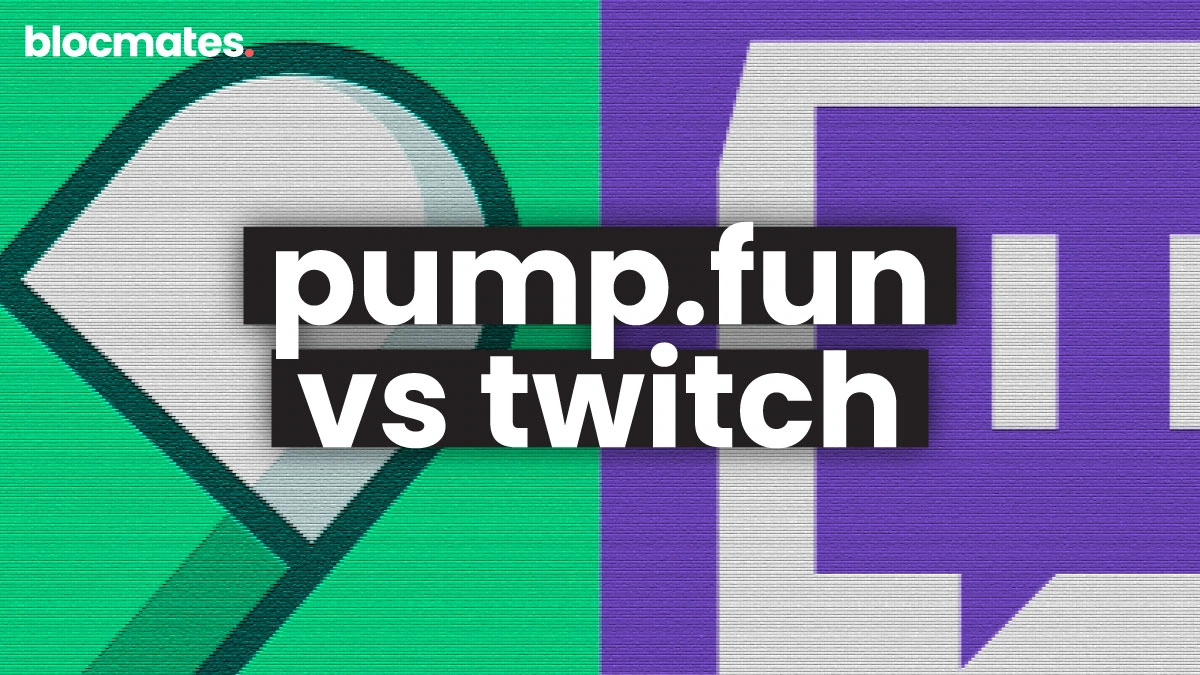

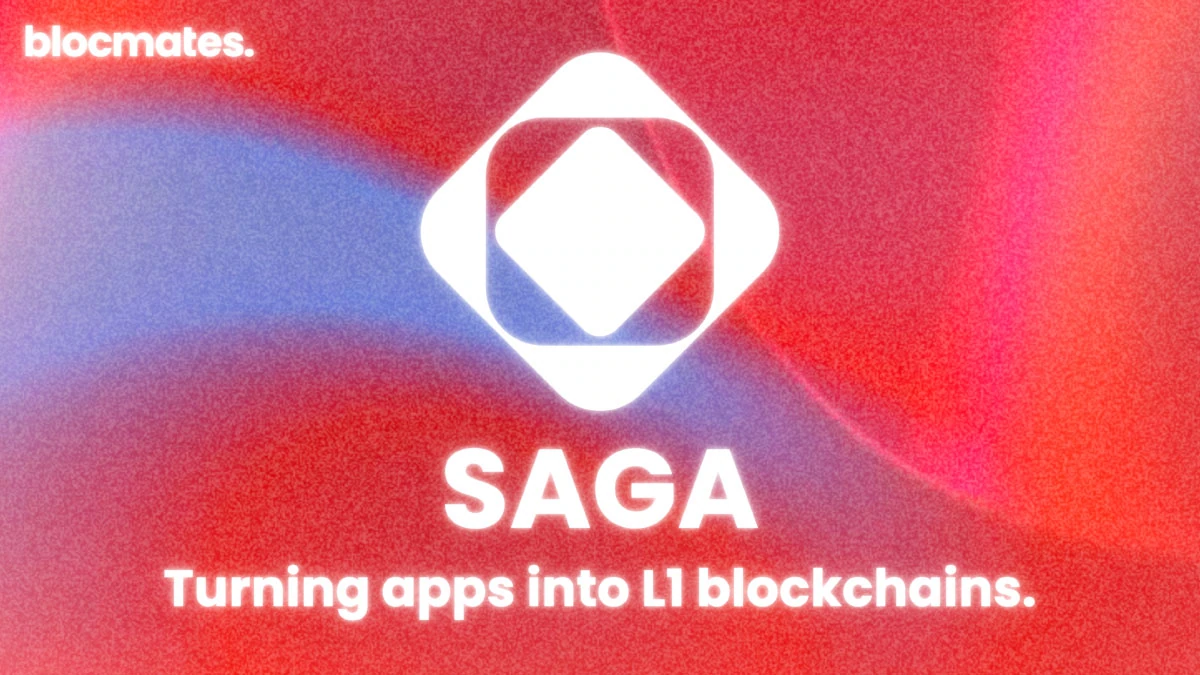
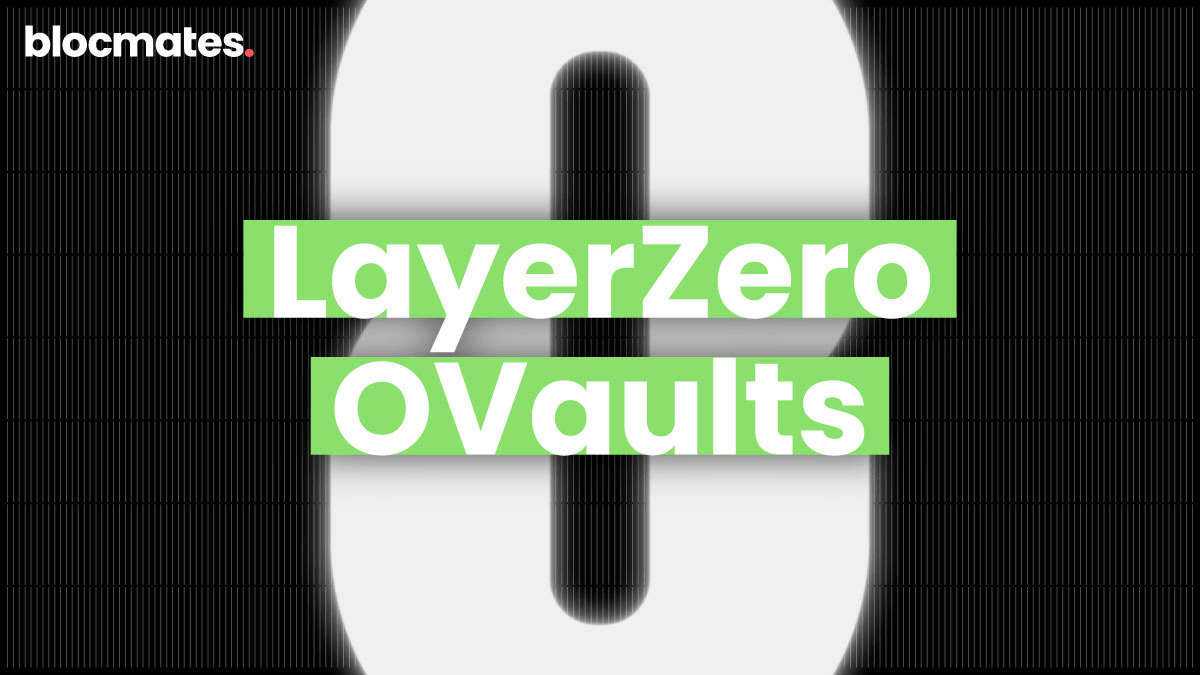
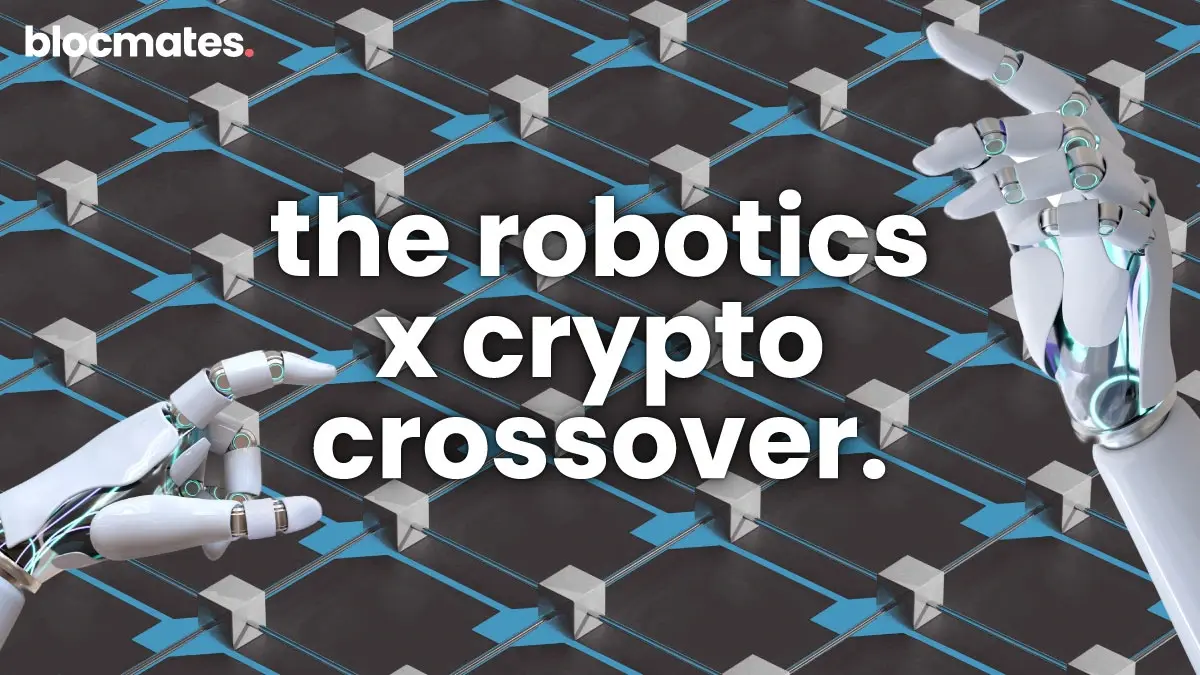
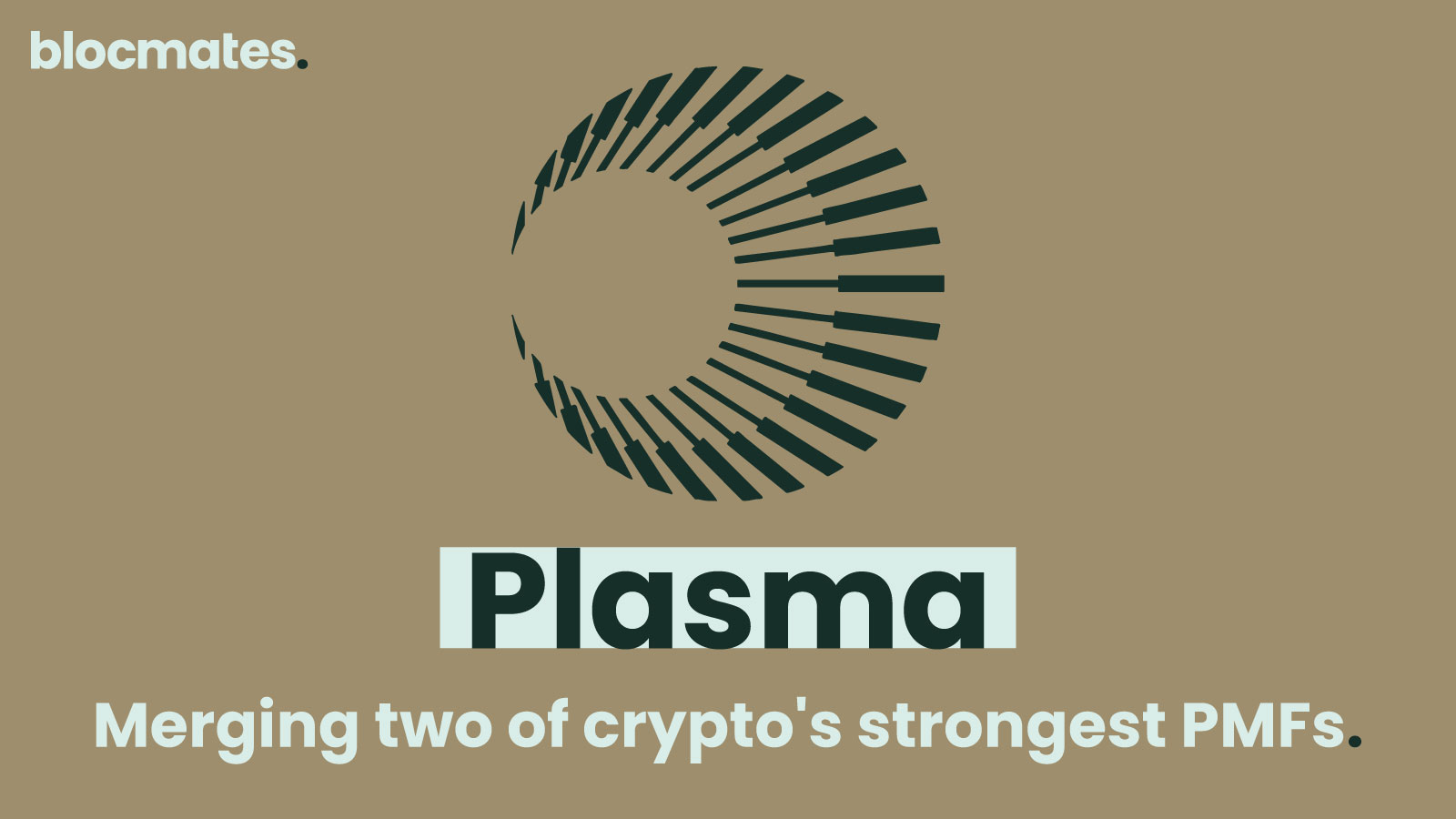
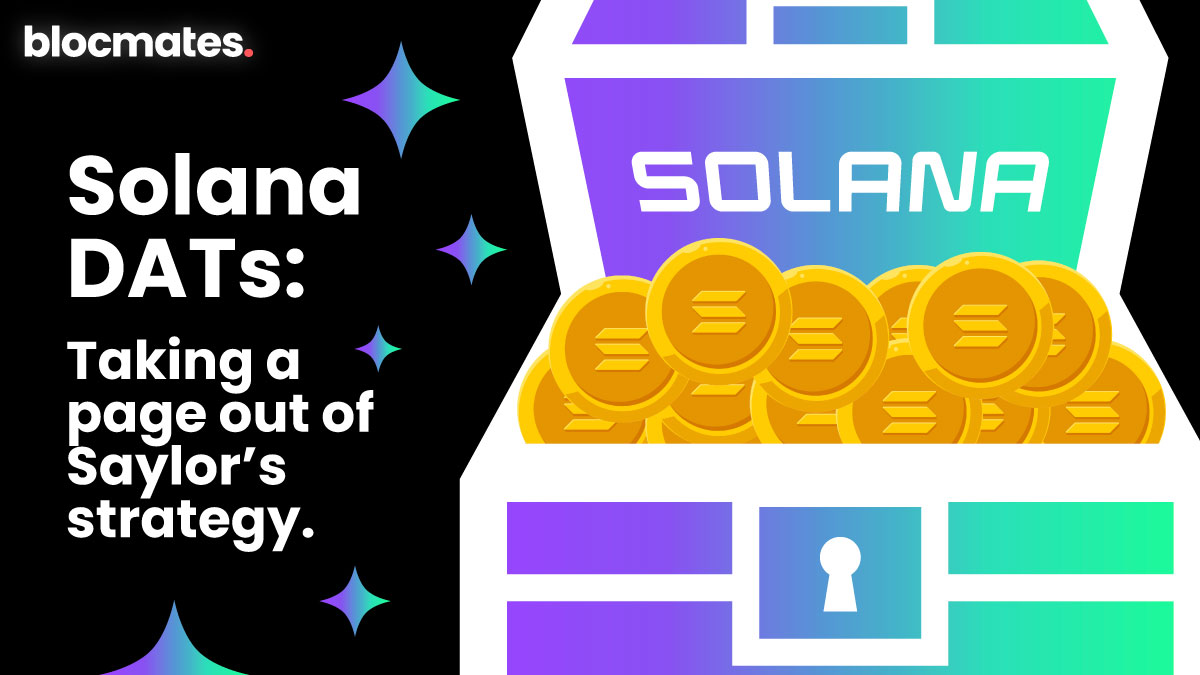
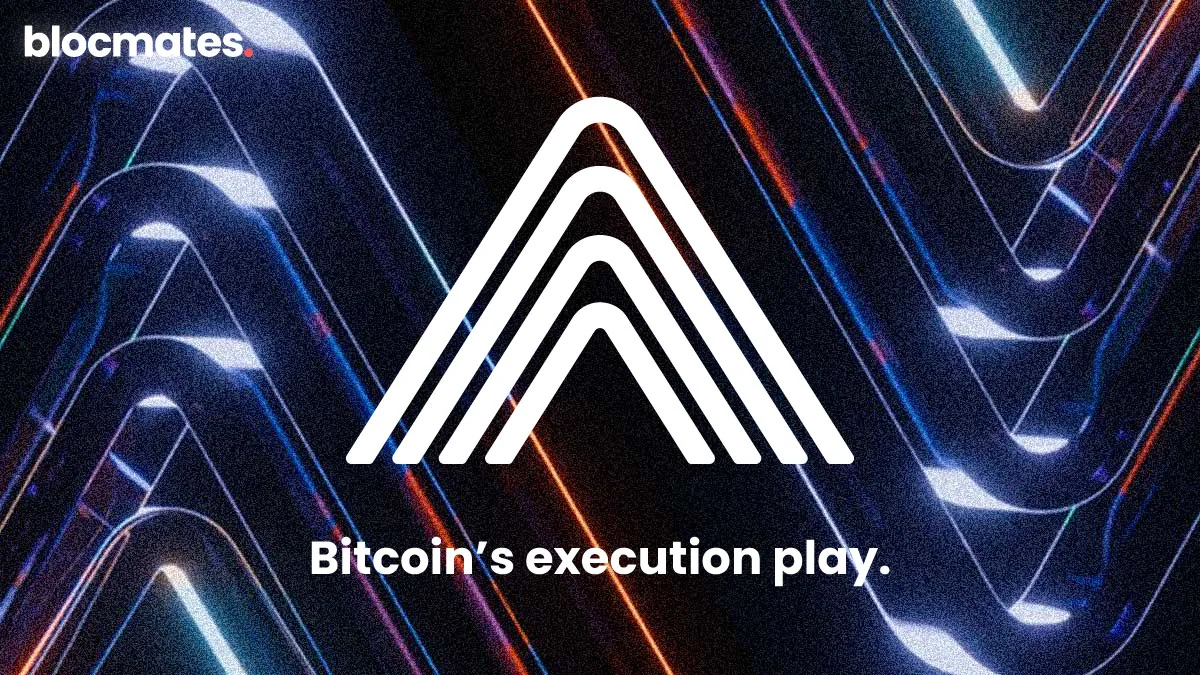
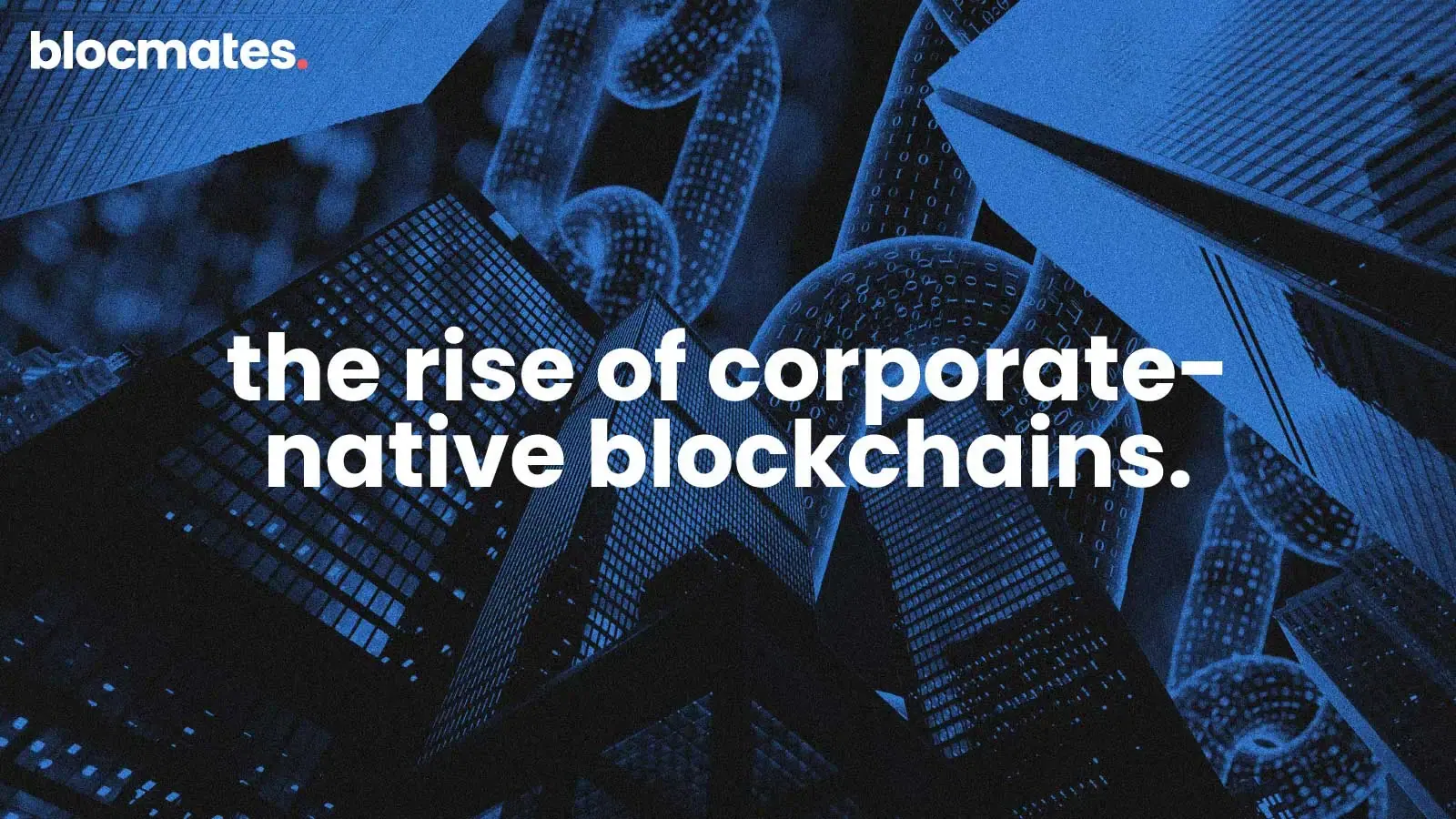
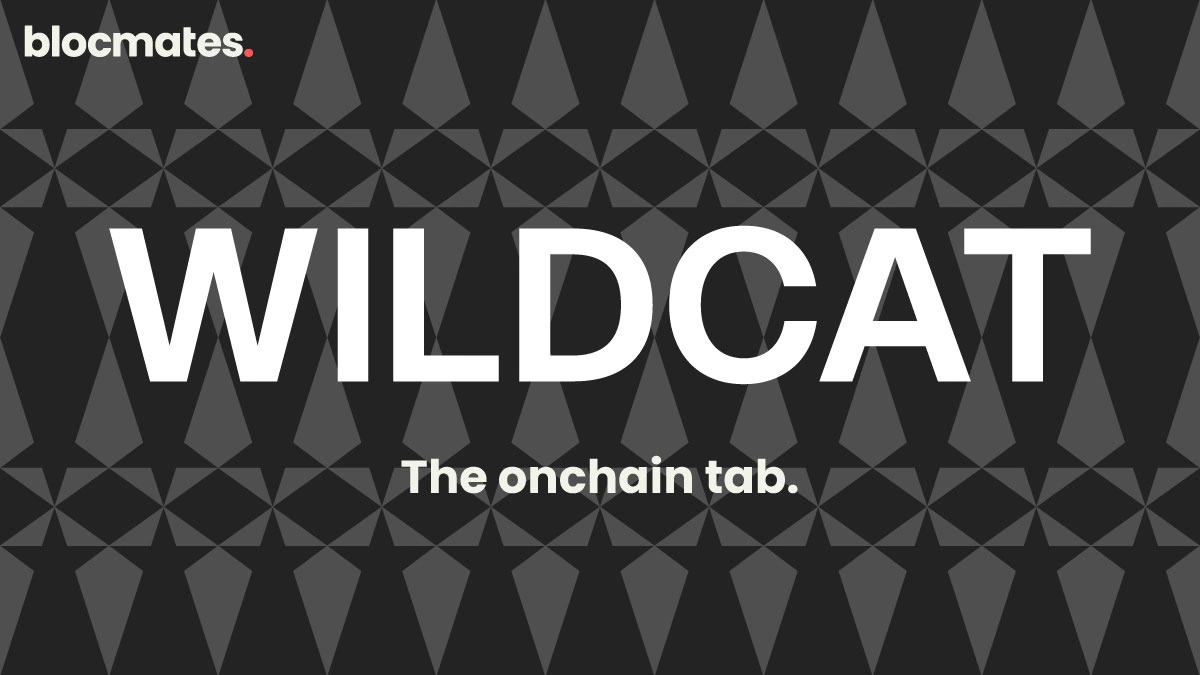
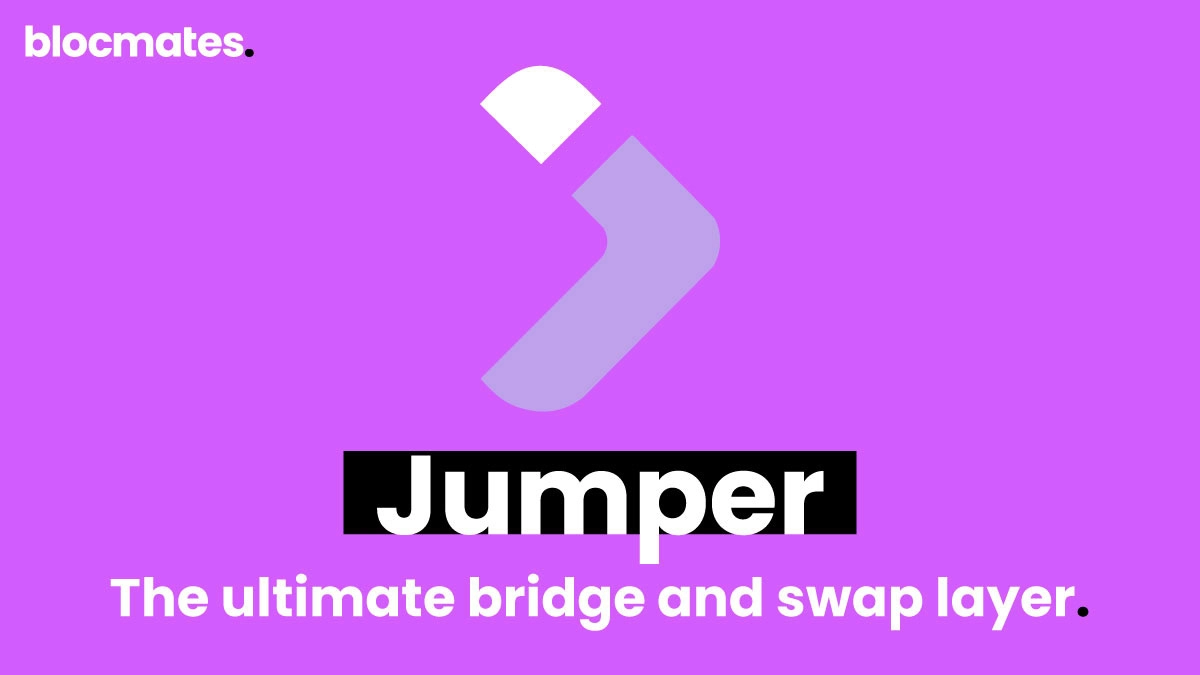
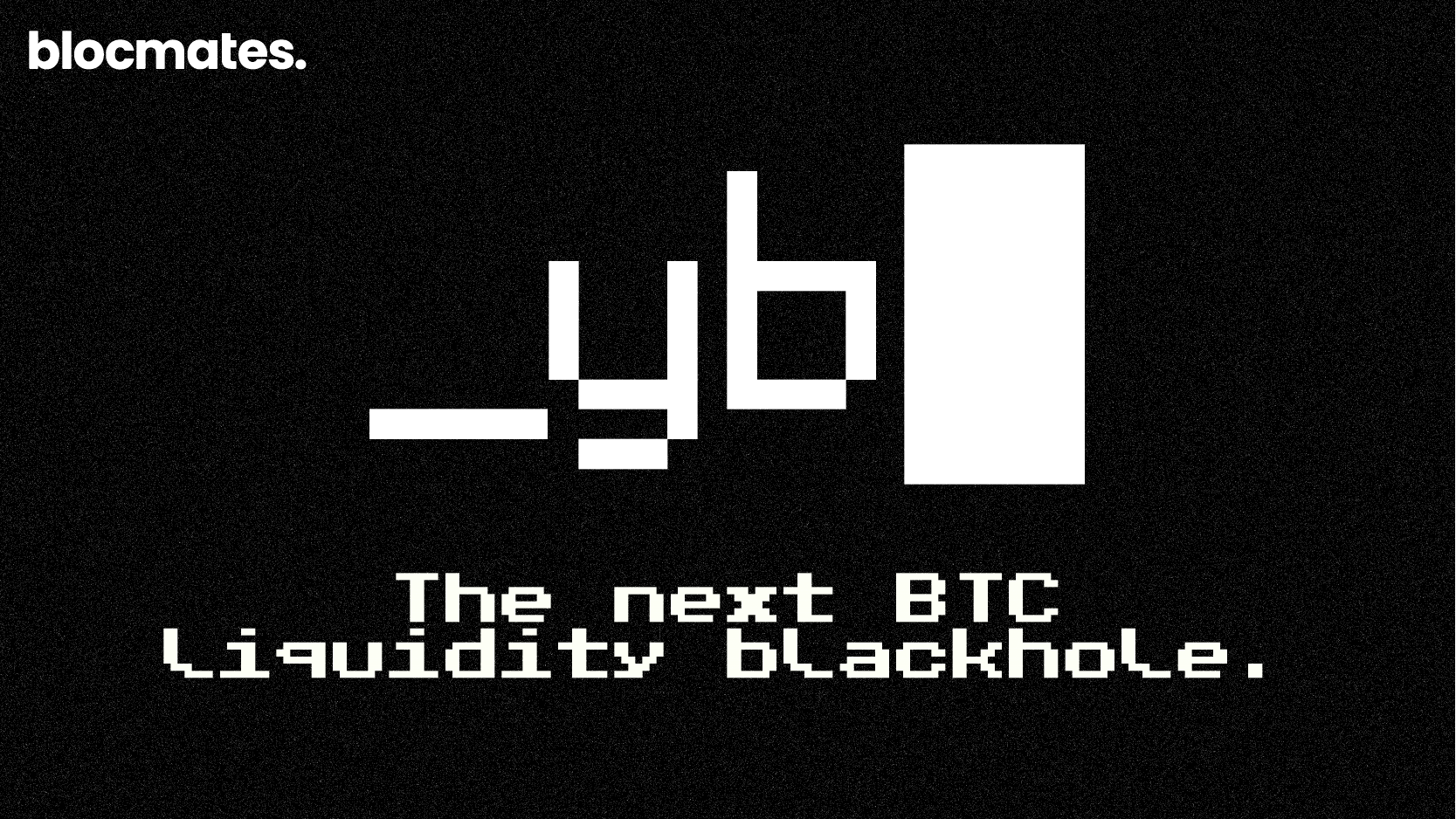
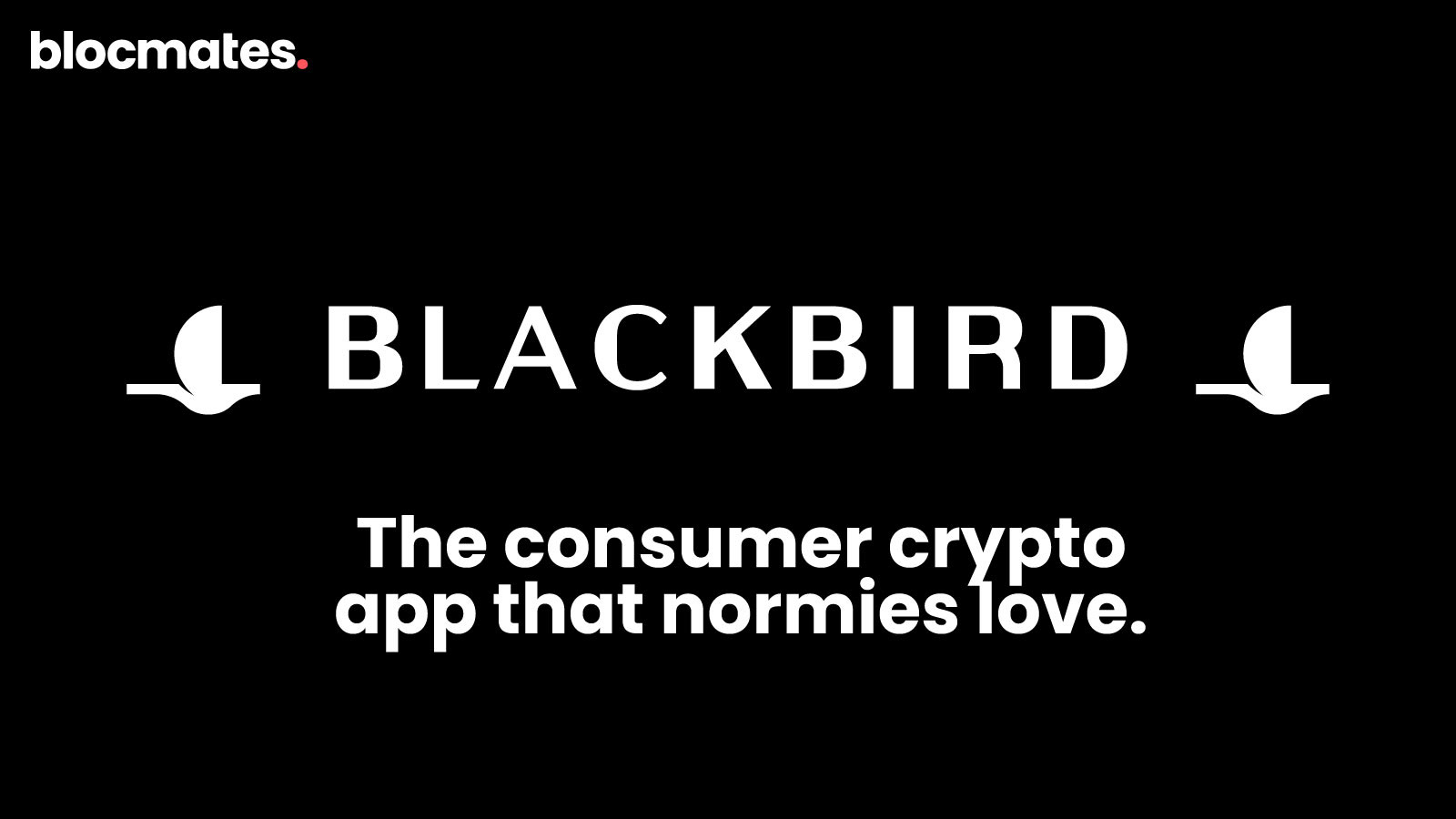
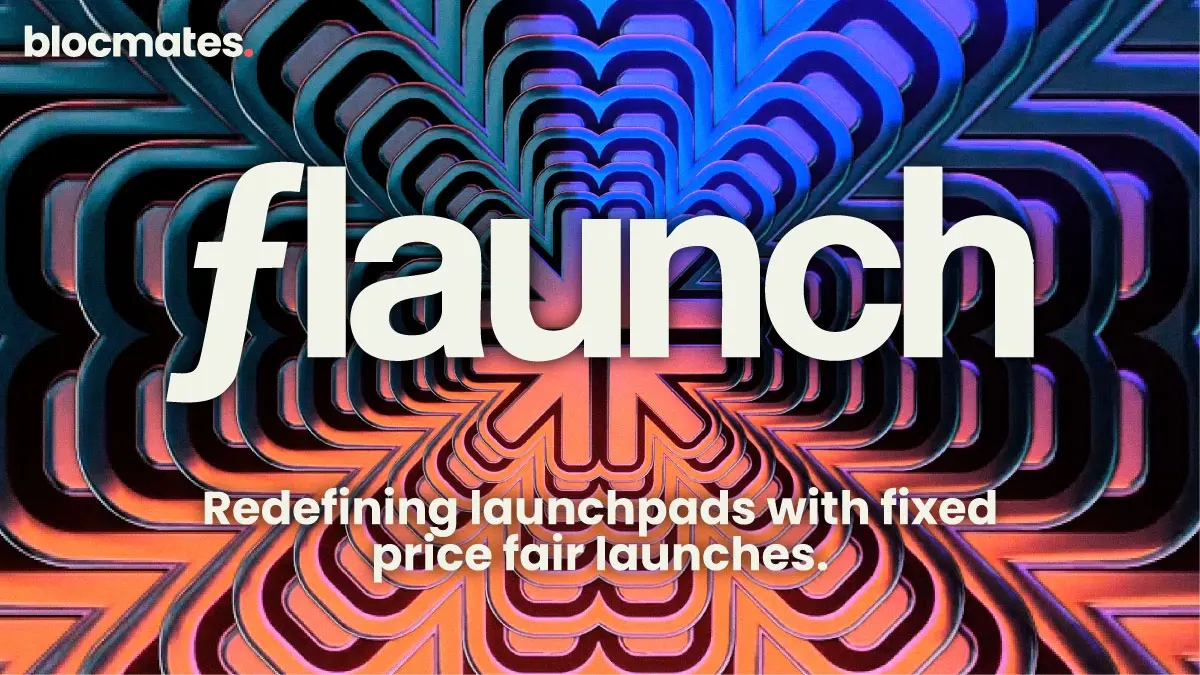

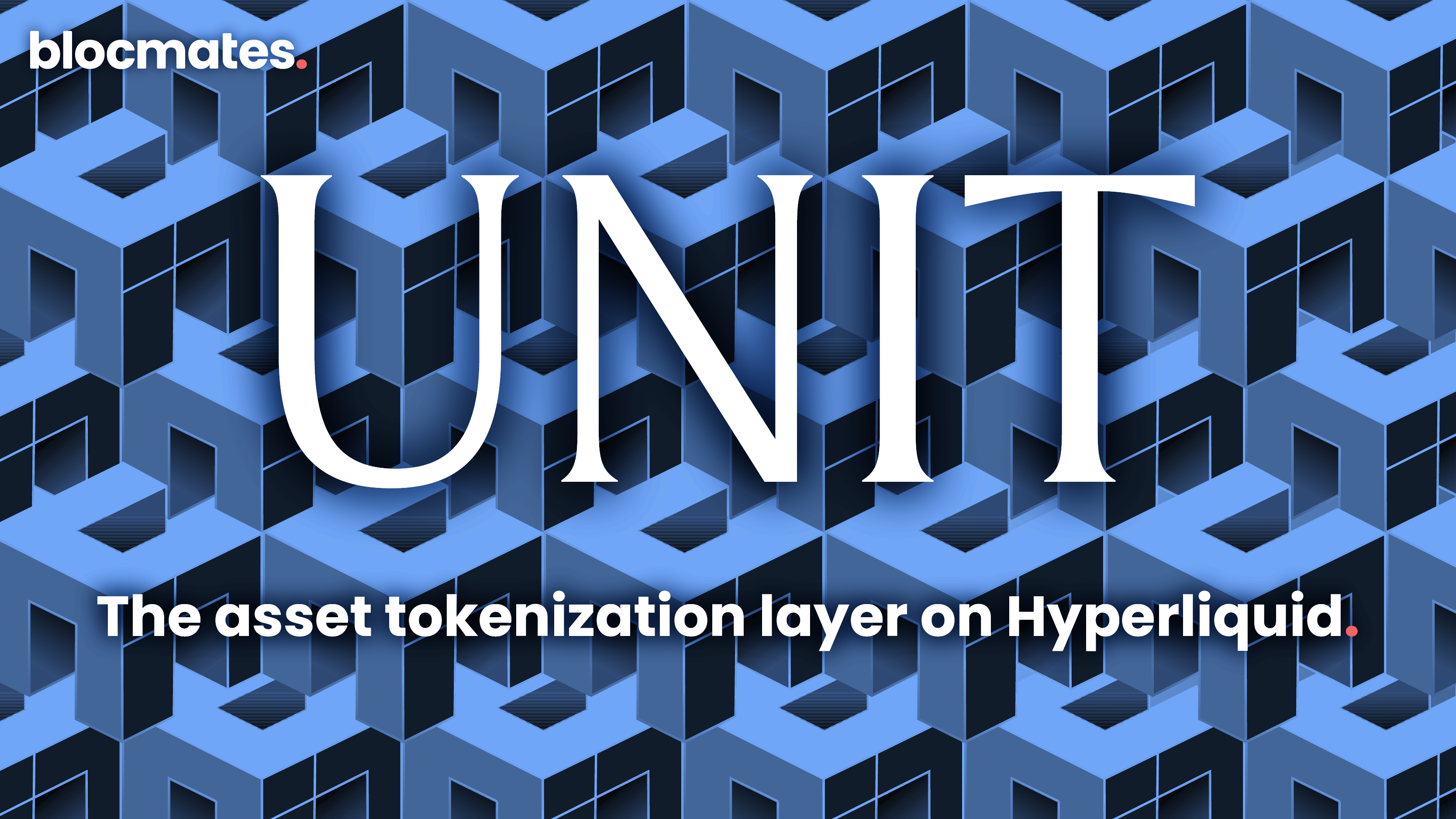
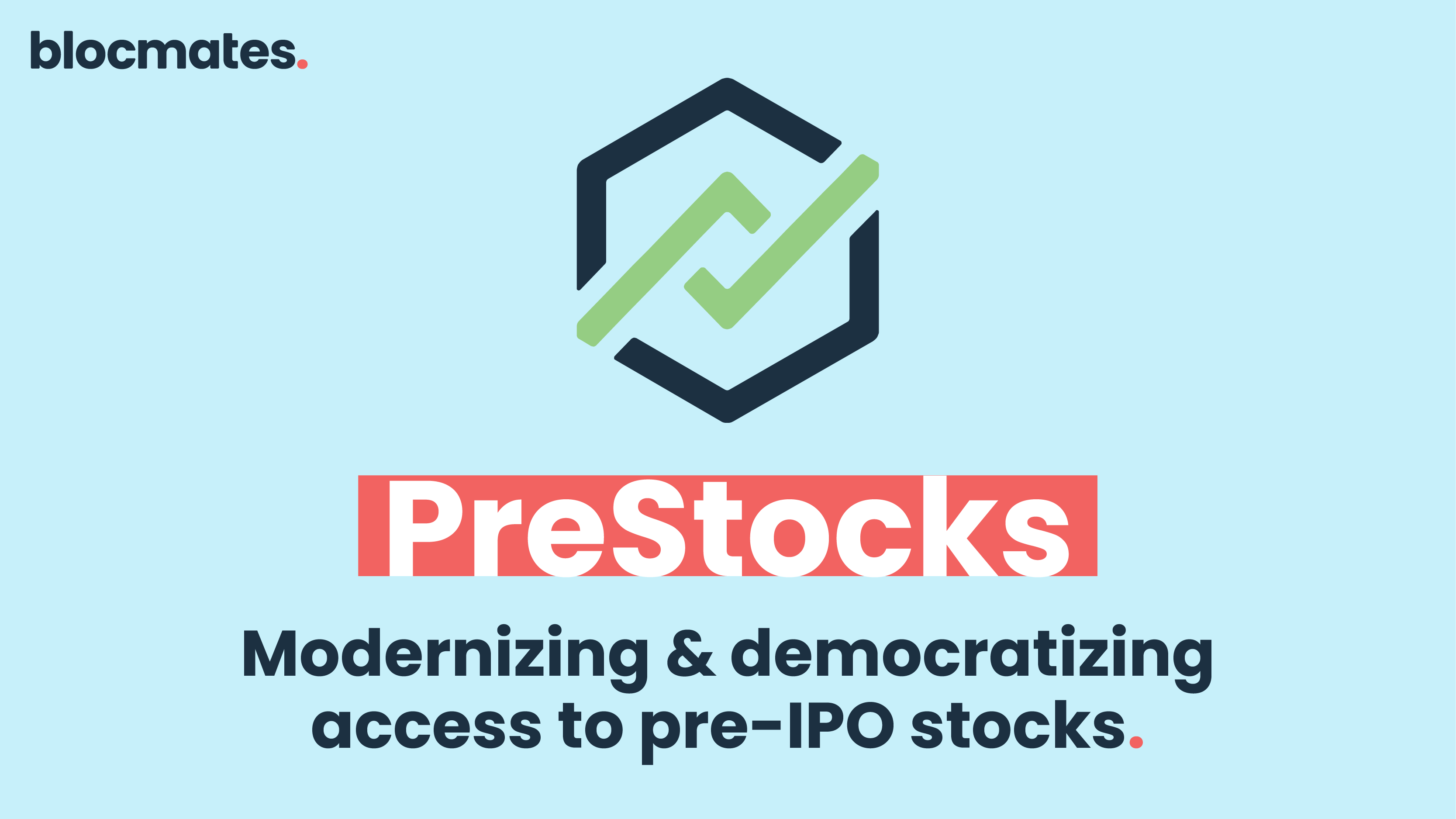

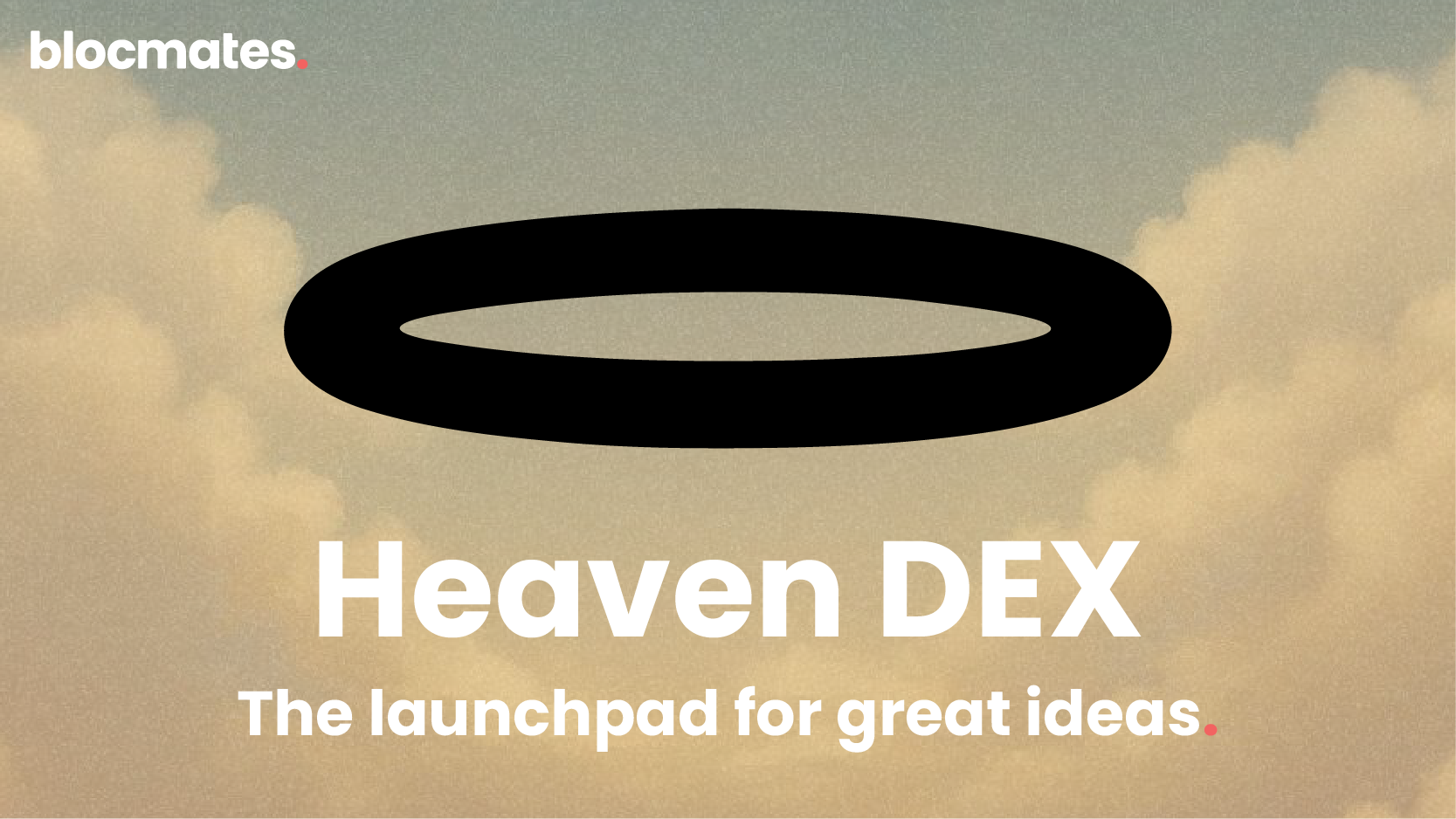
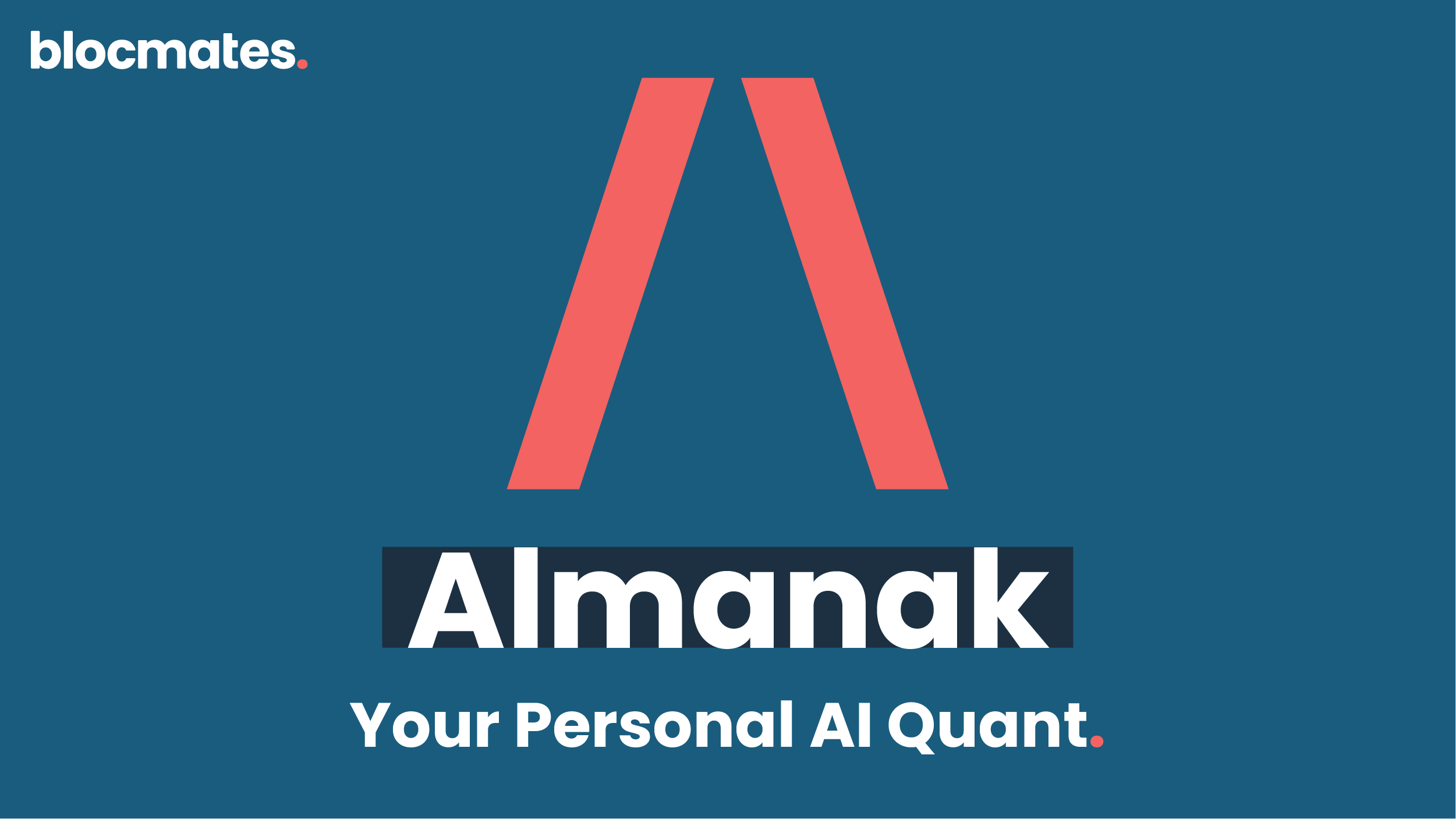
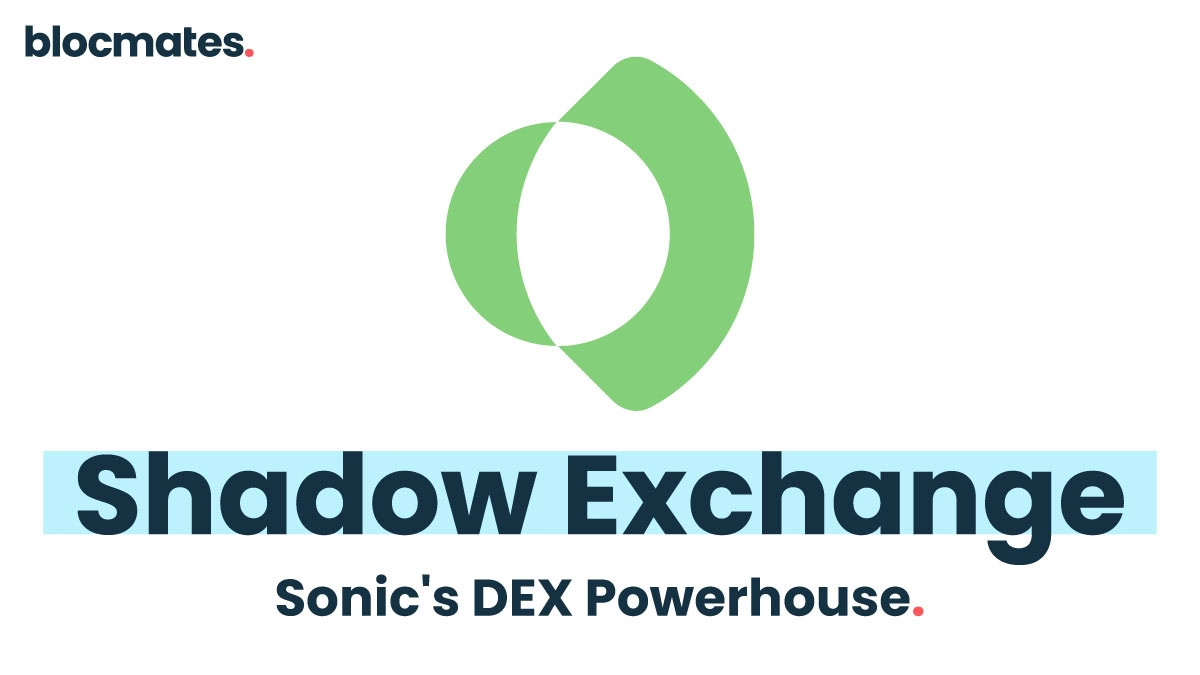
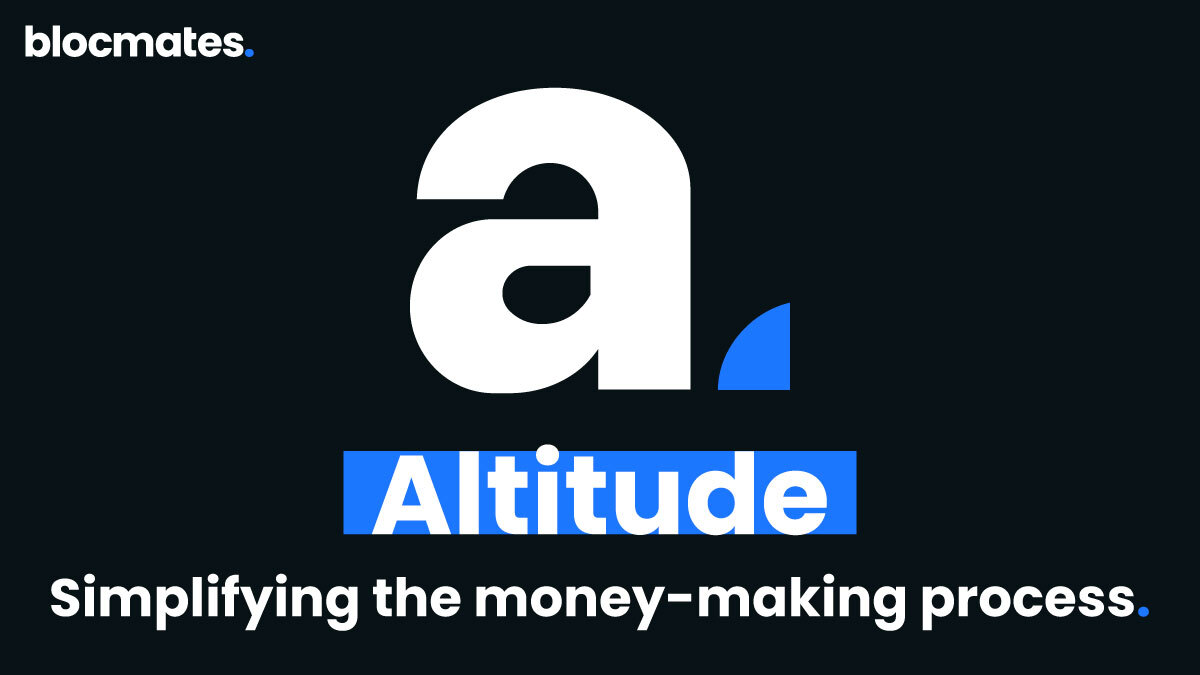
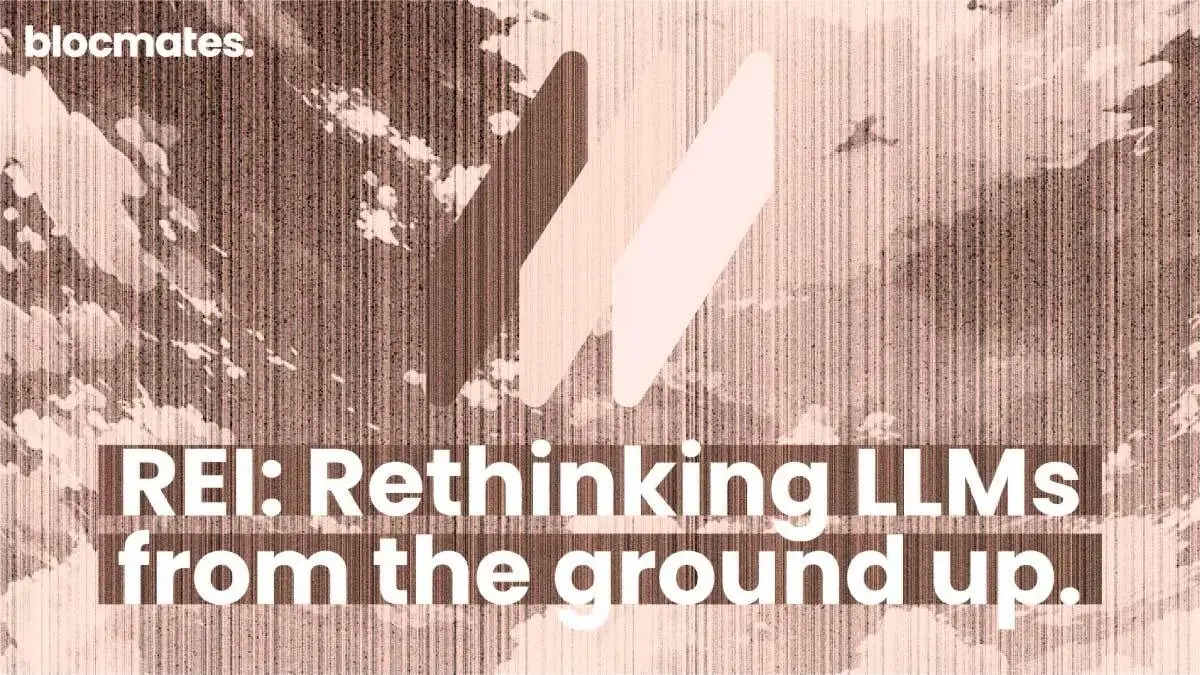
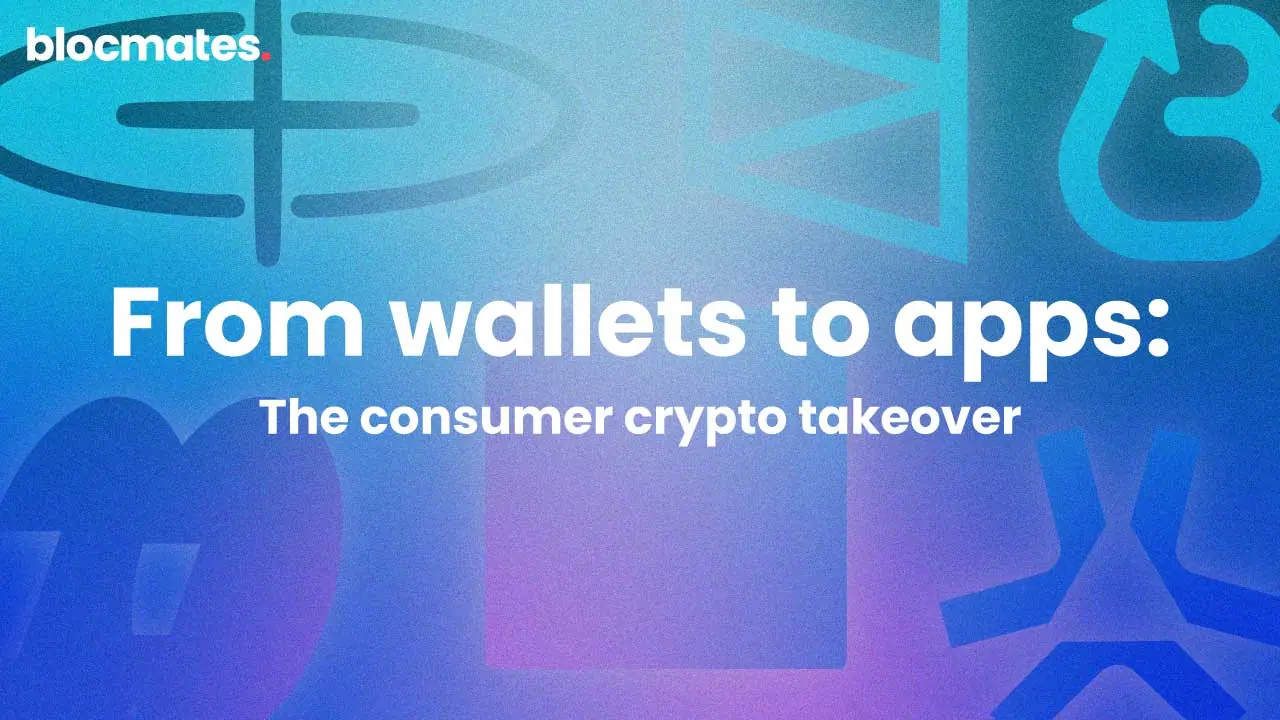
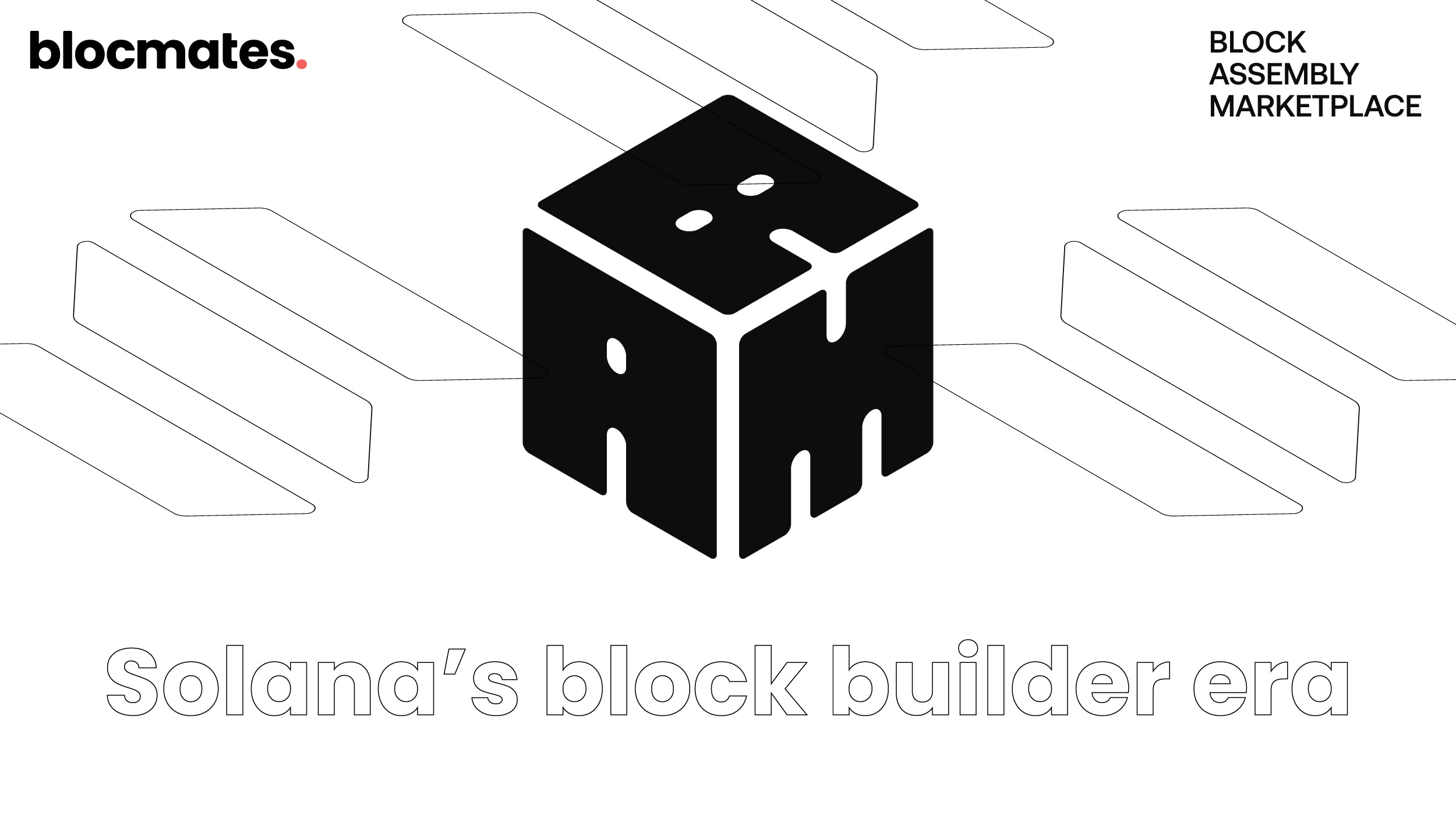

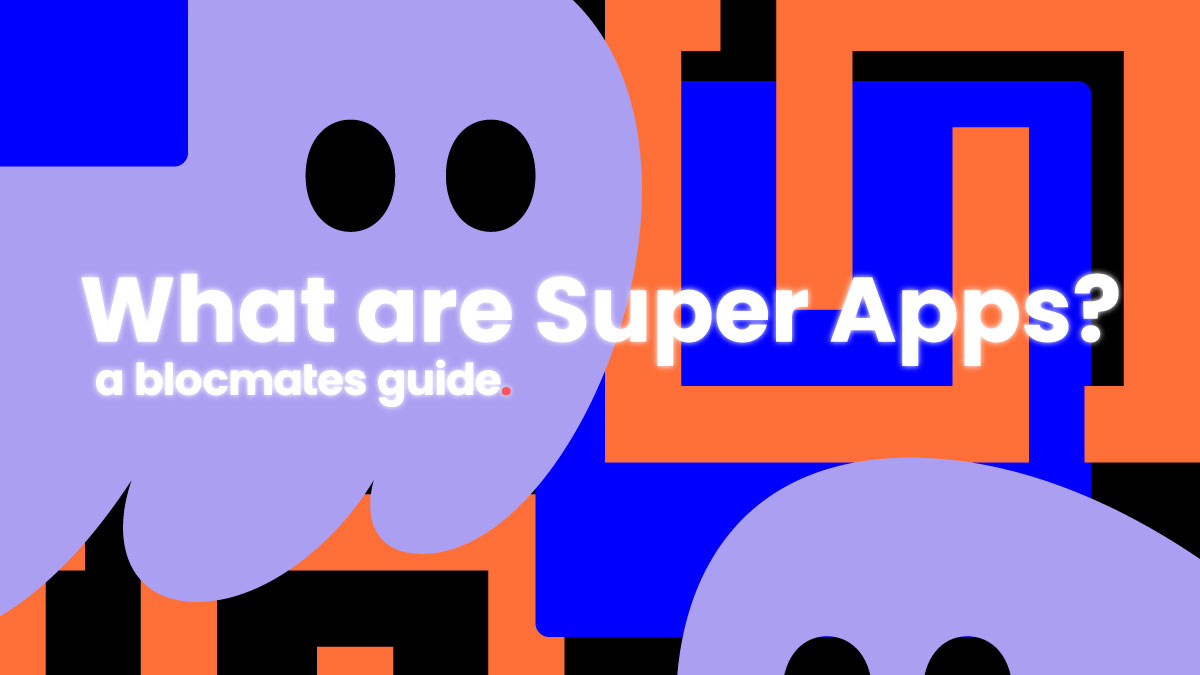
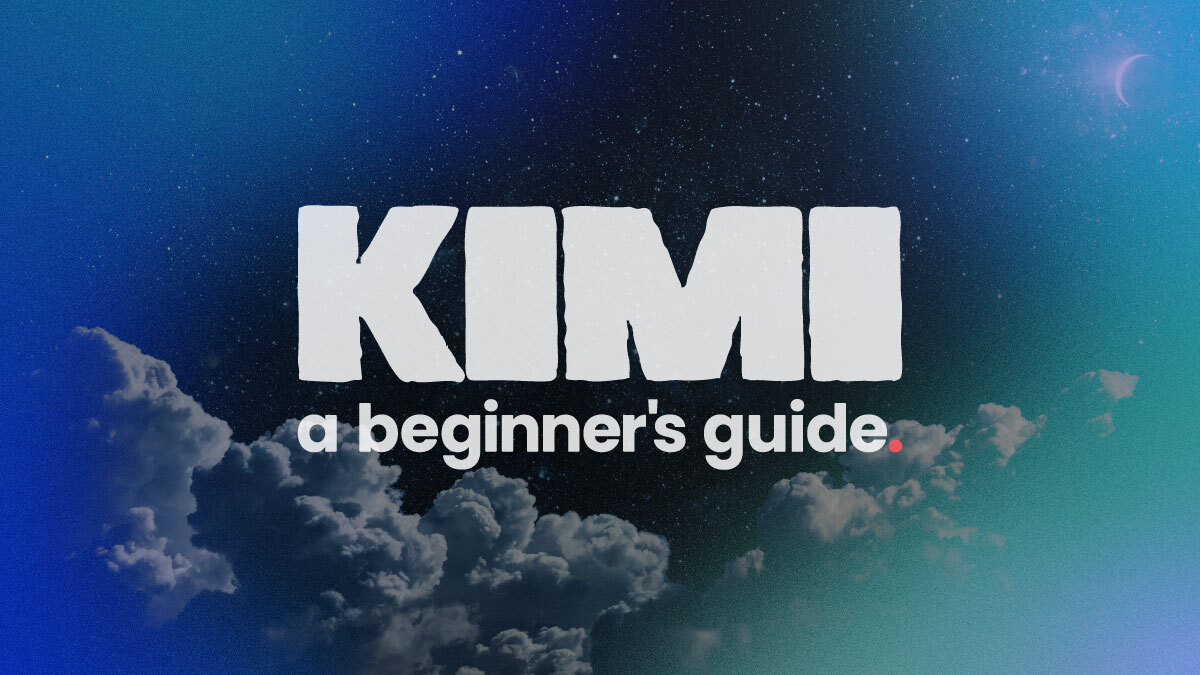
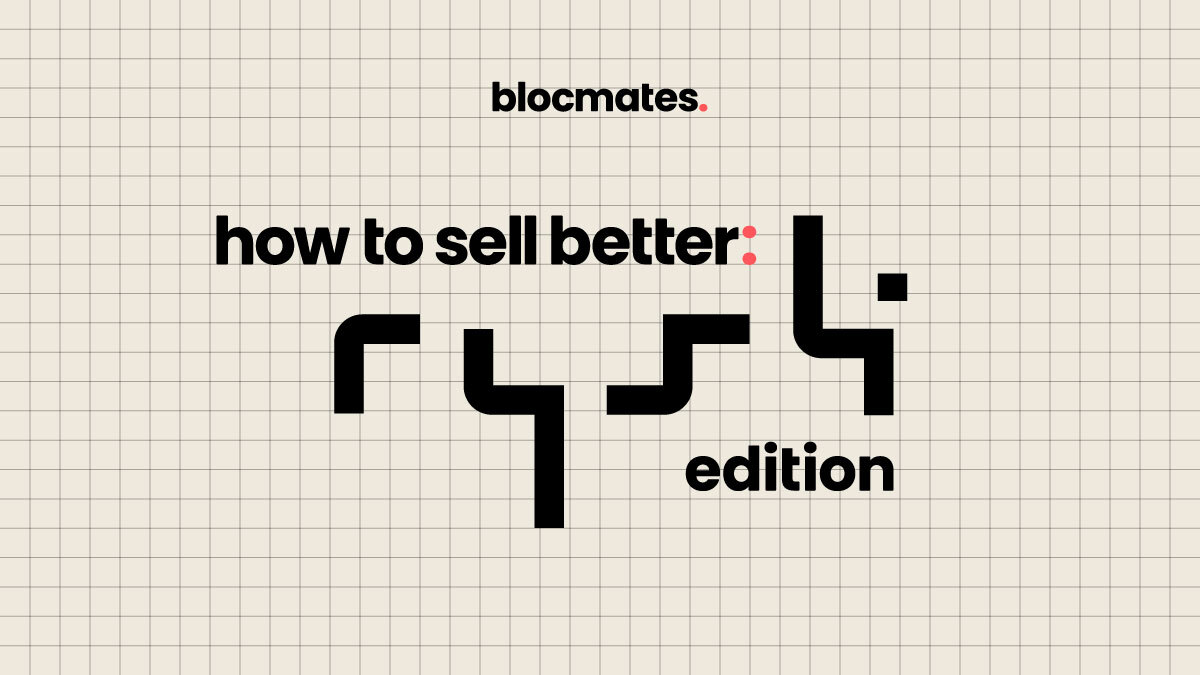
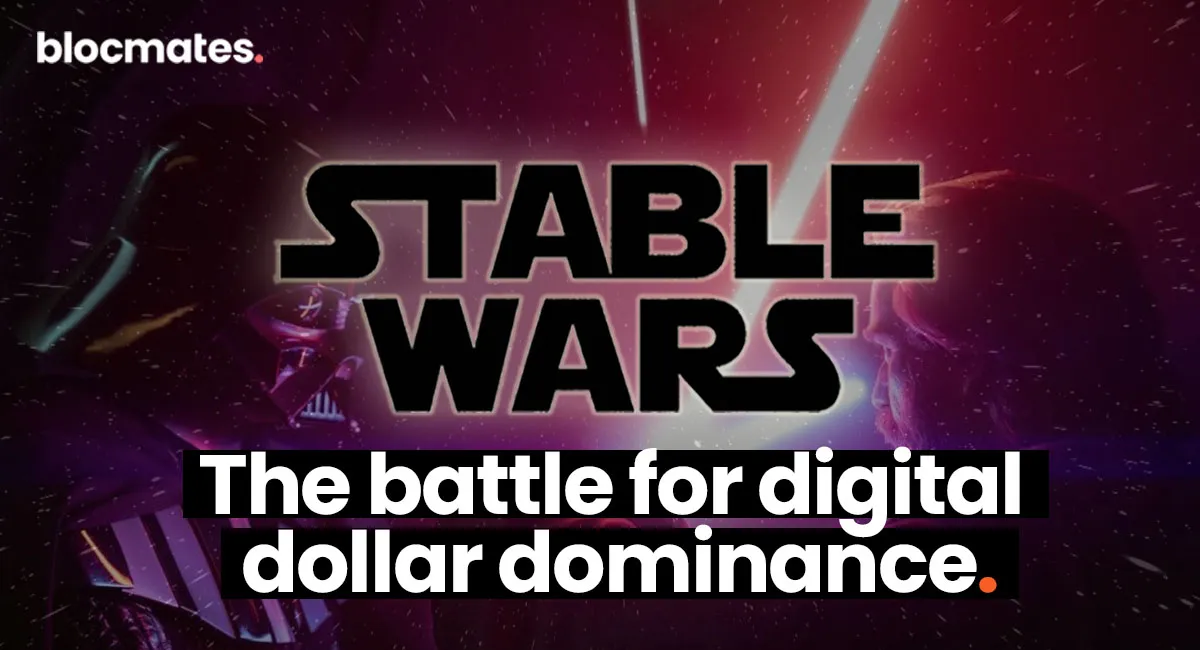

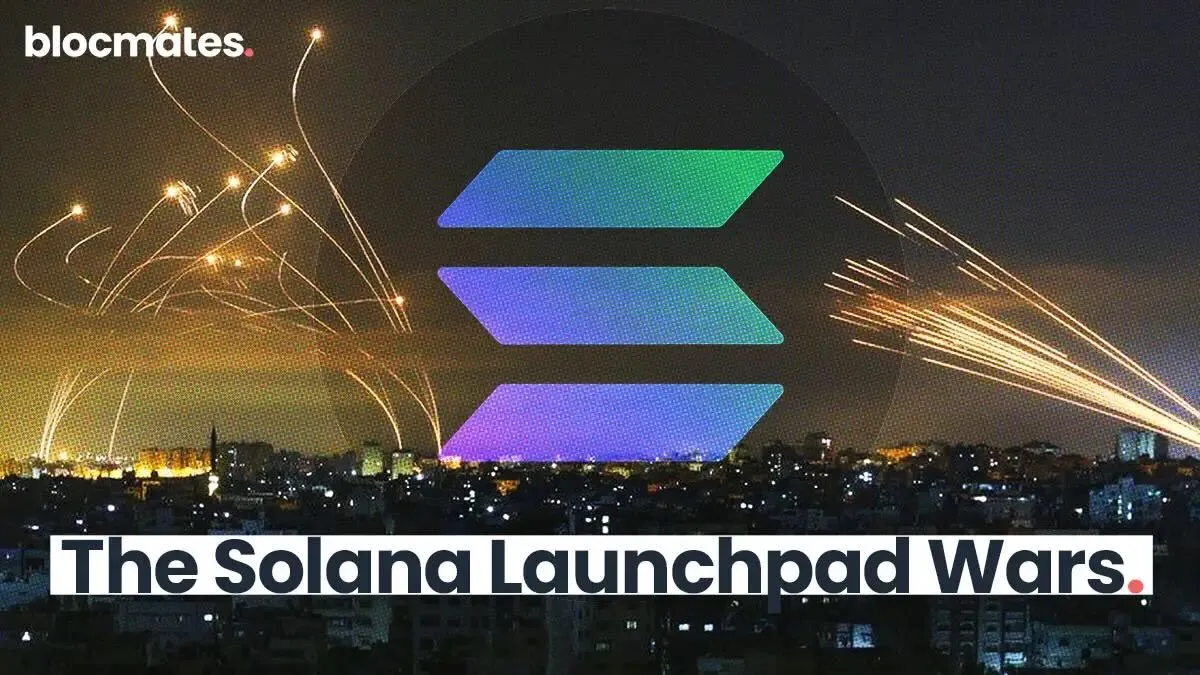



















%202.webp)


.webp)

.webp)
.webp)
.webp)


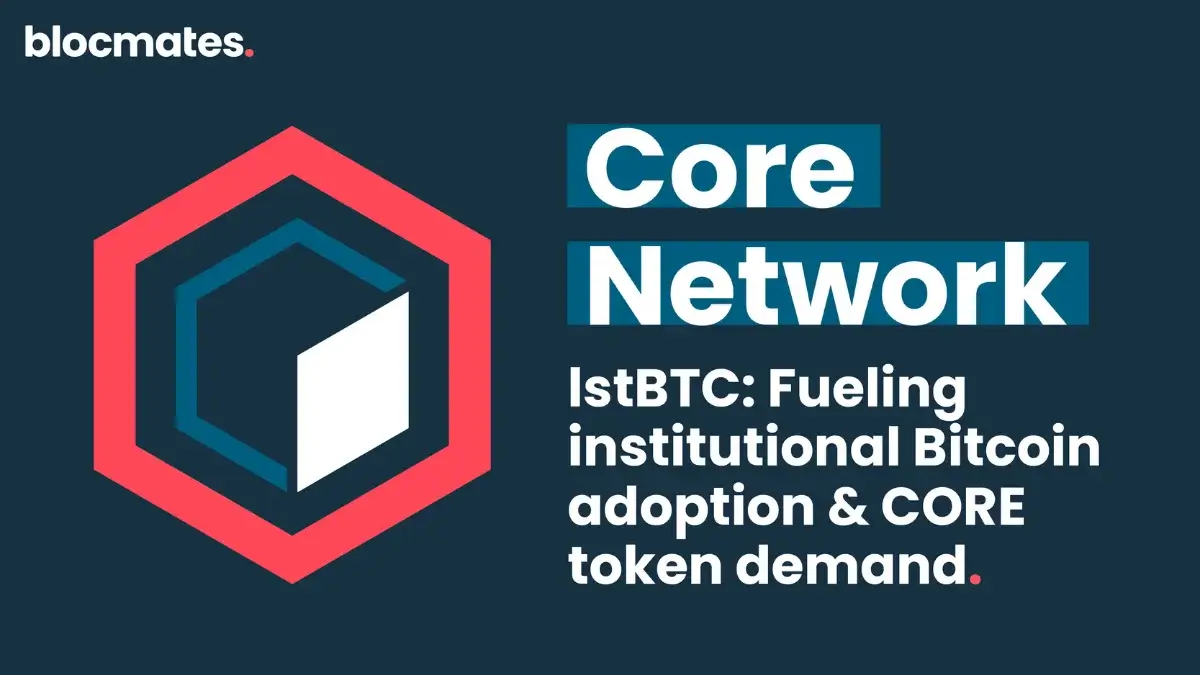
.webp)

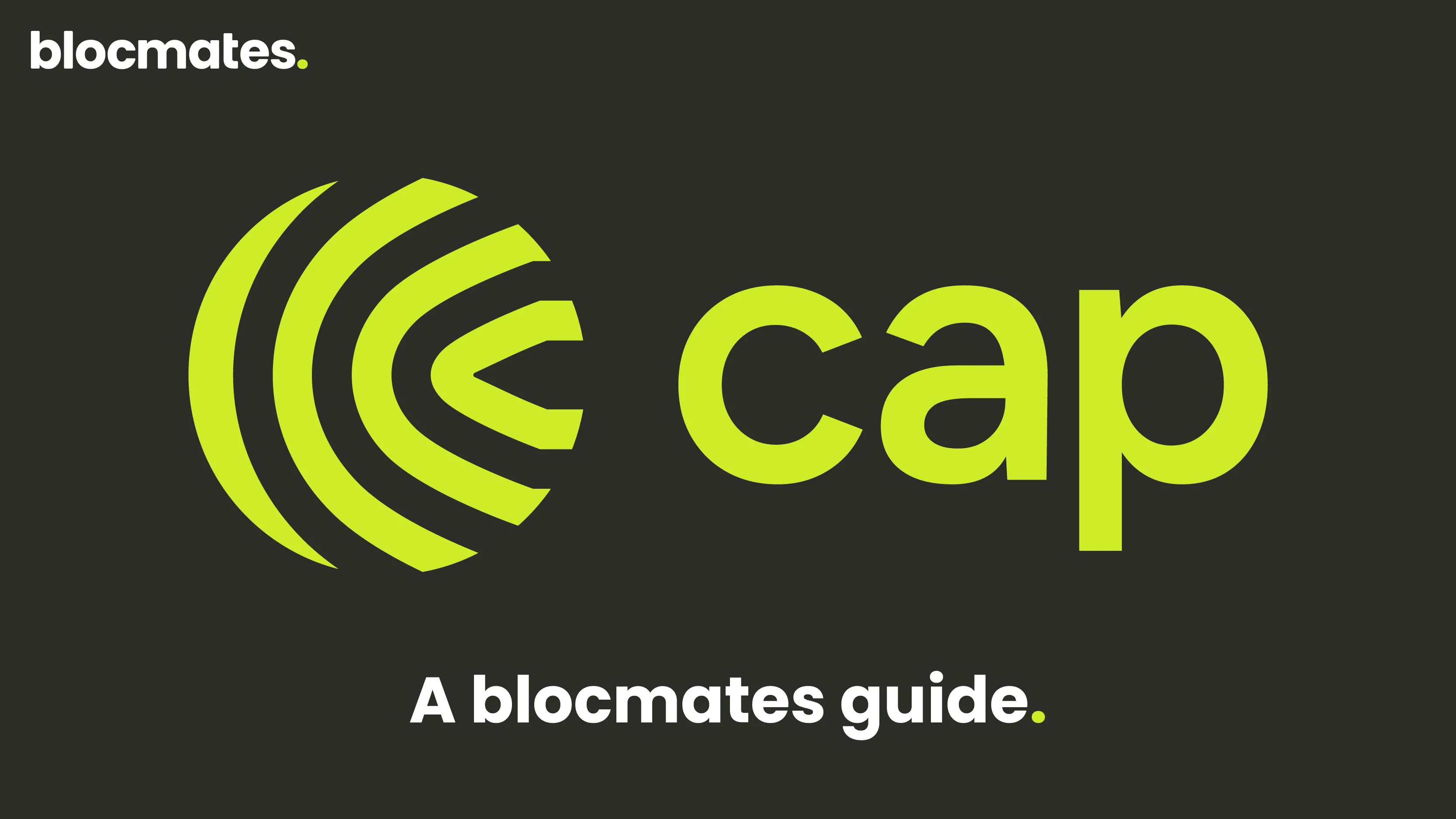










%20the%20Next%20Big%20Unlock%20in%20AI.webp)




.webp)
.webp)
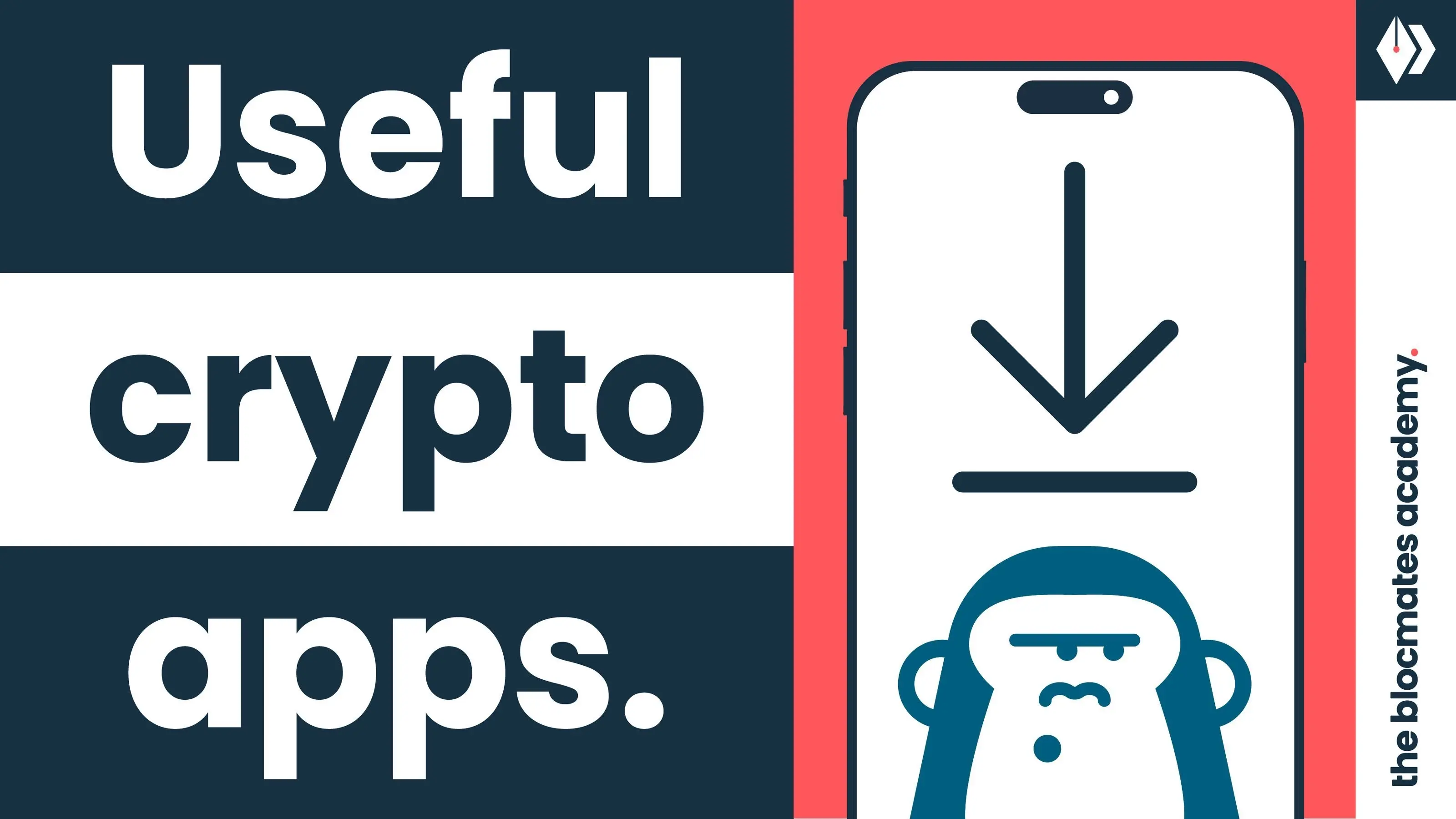
.webp)
.webp)
.webp)


.webp)
.webp)










.webp)


.webp)






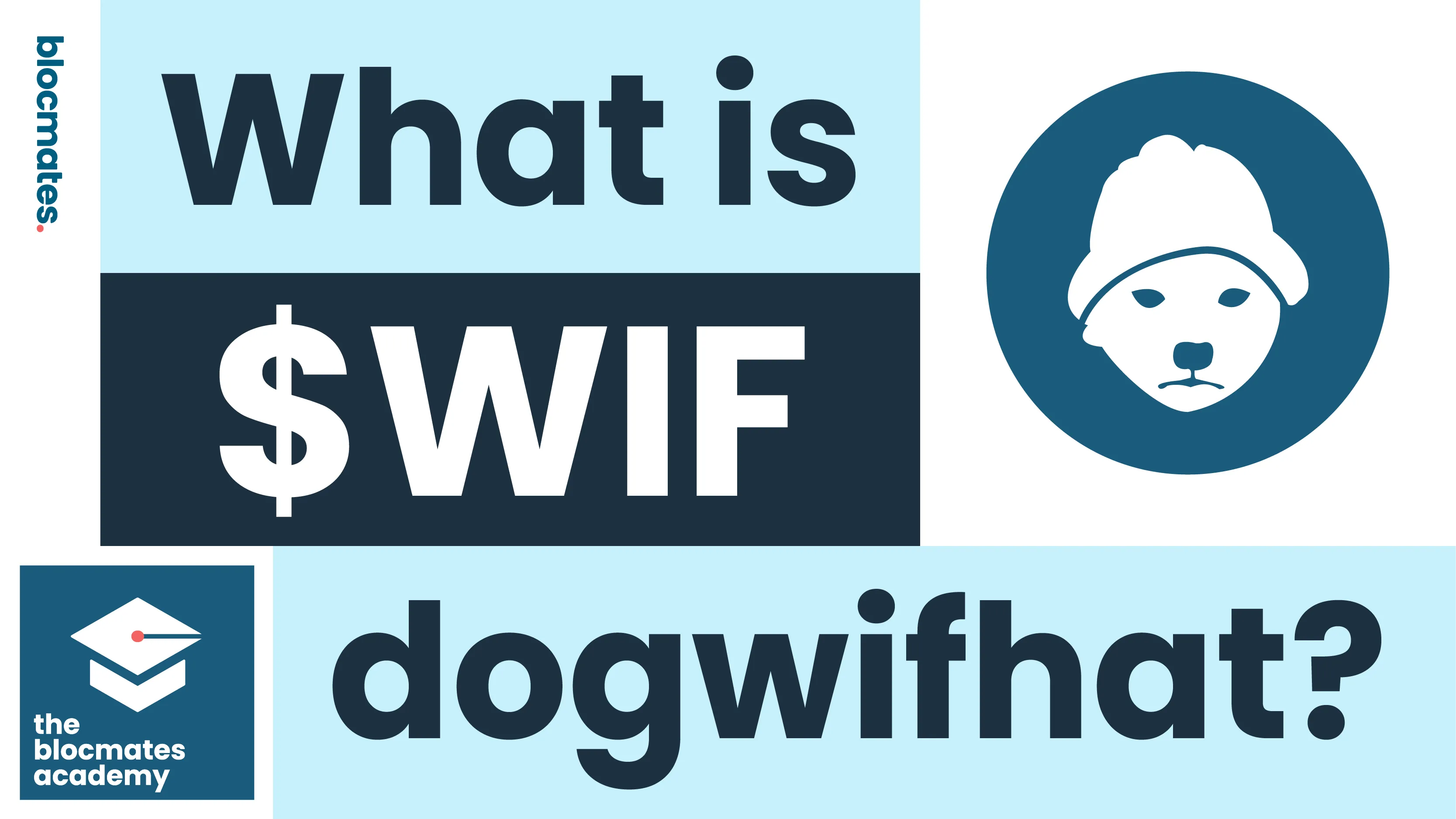


.webp)







.webp)
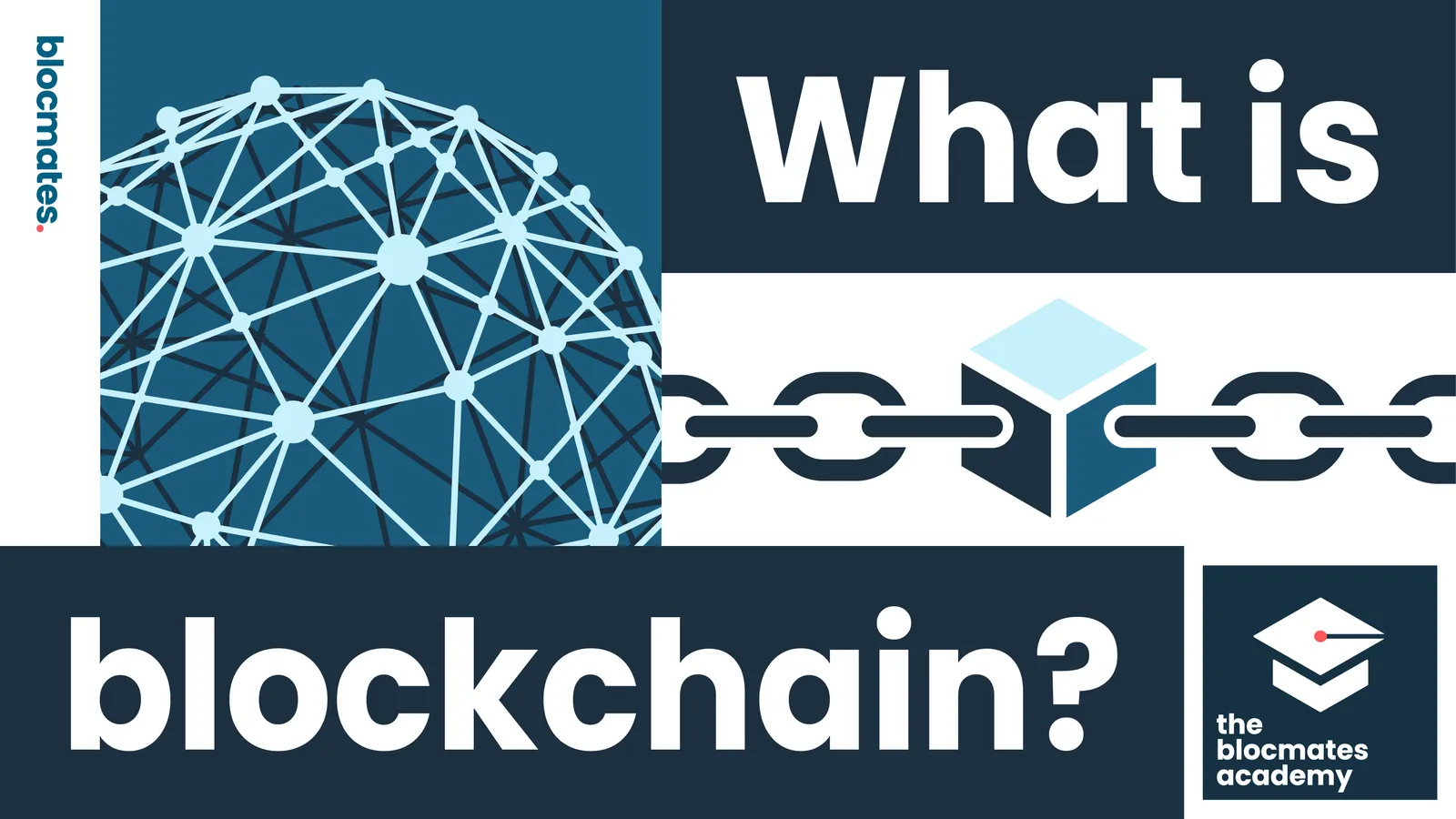



.webp)






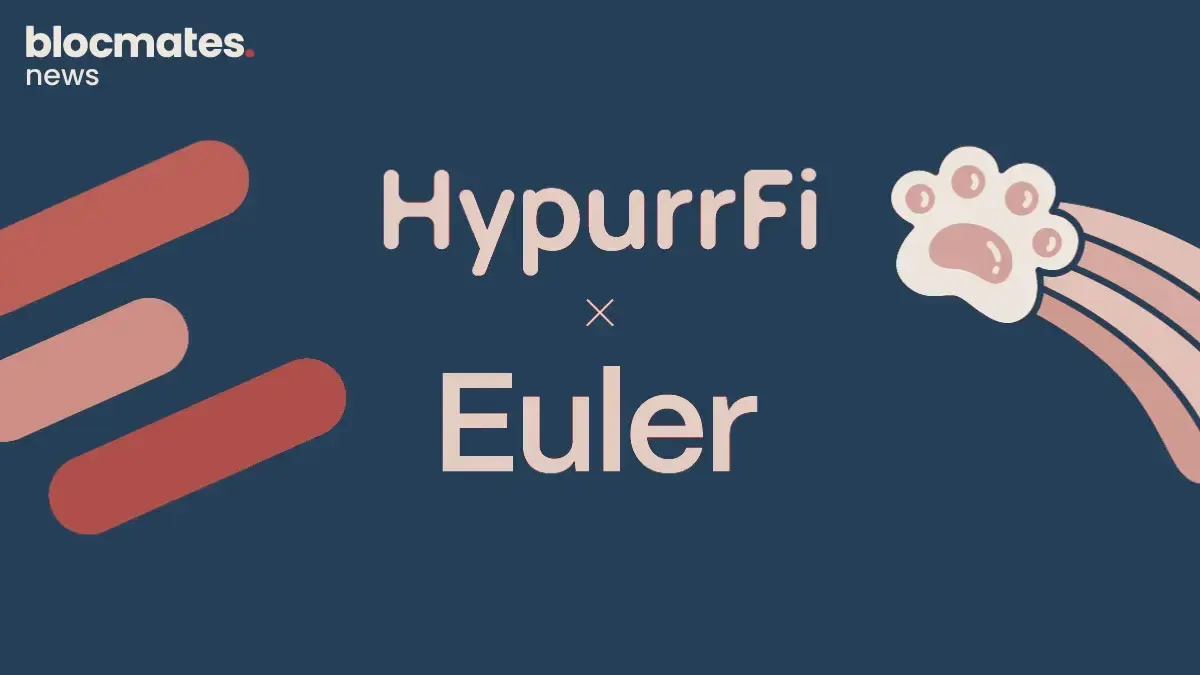

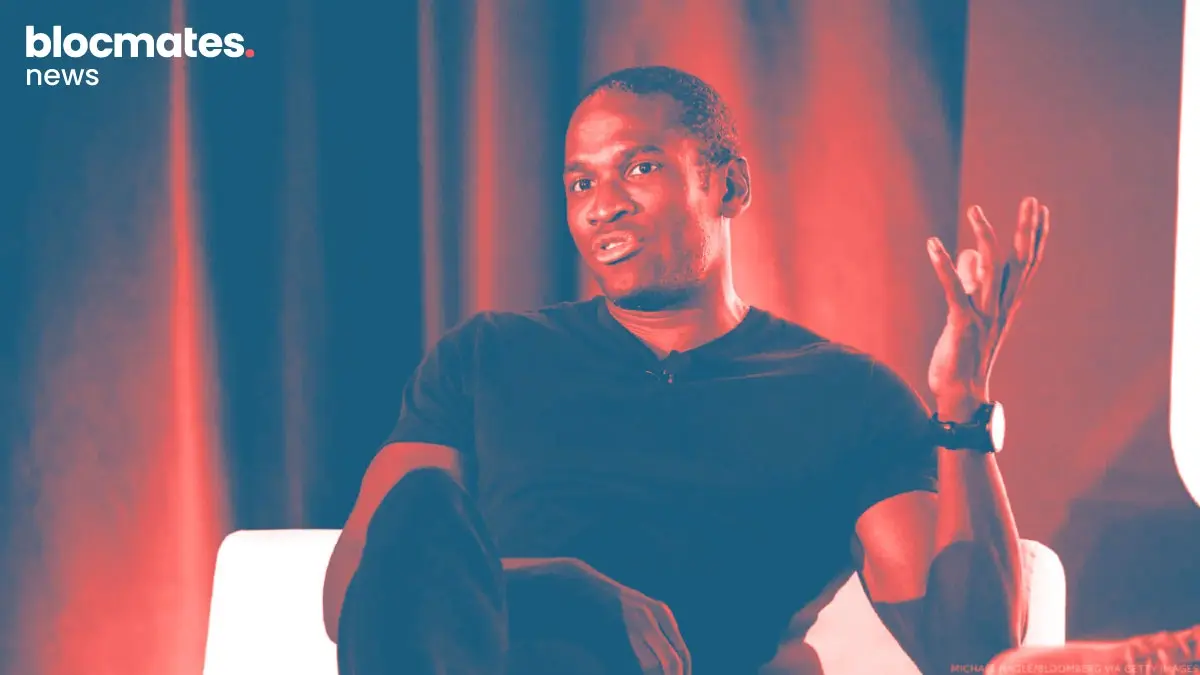
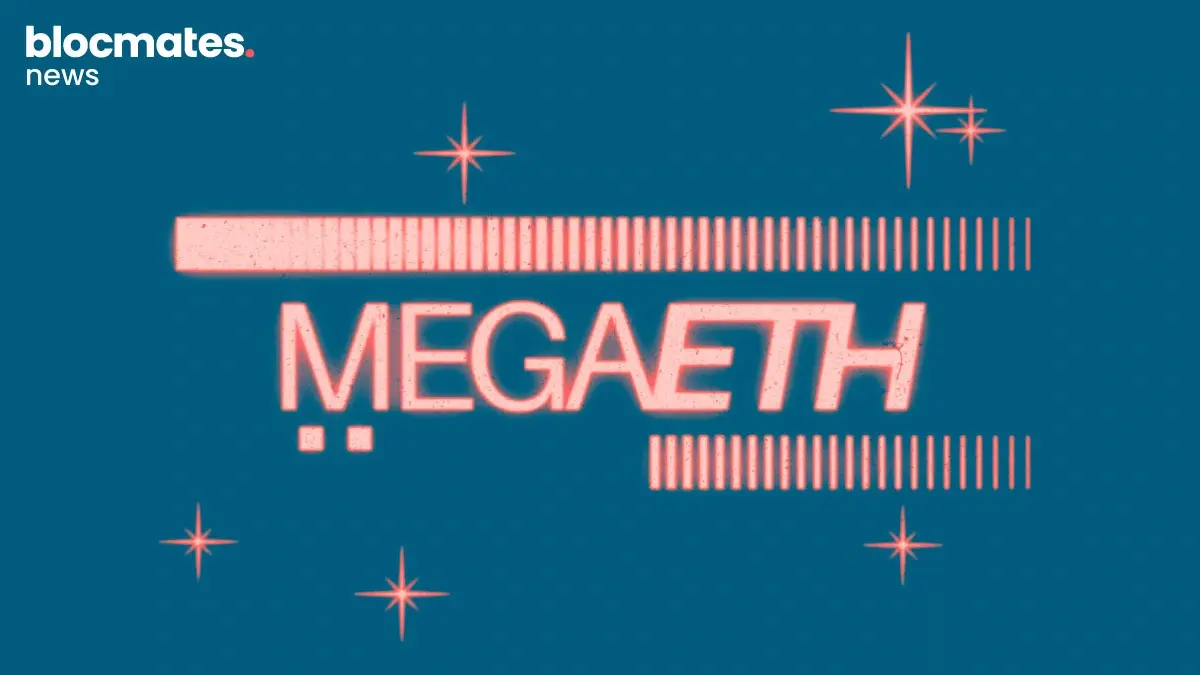




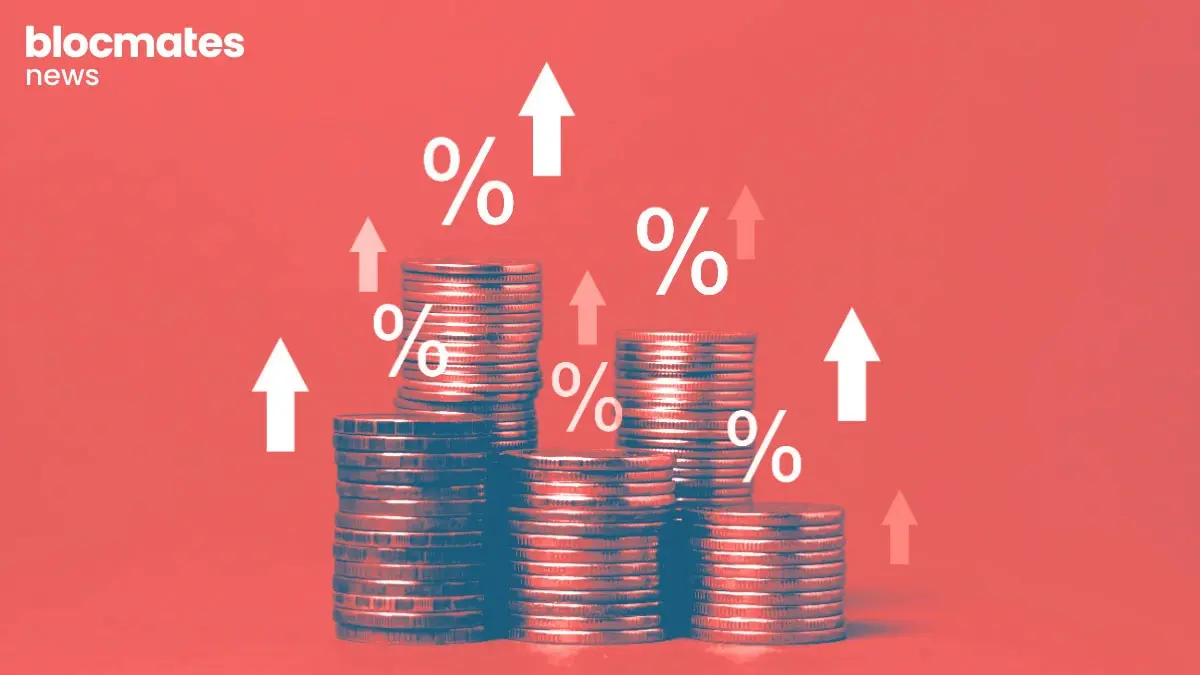

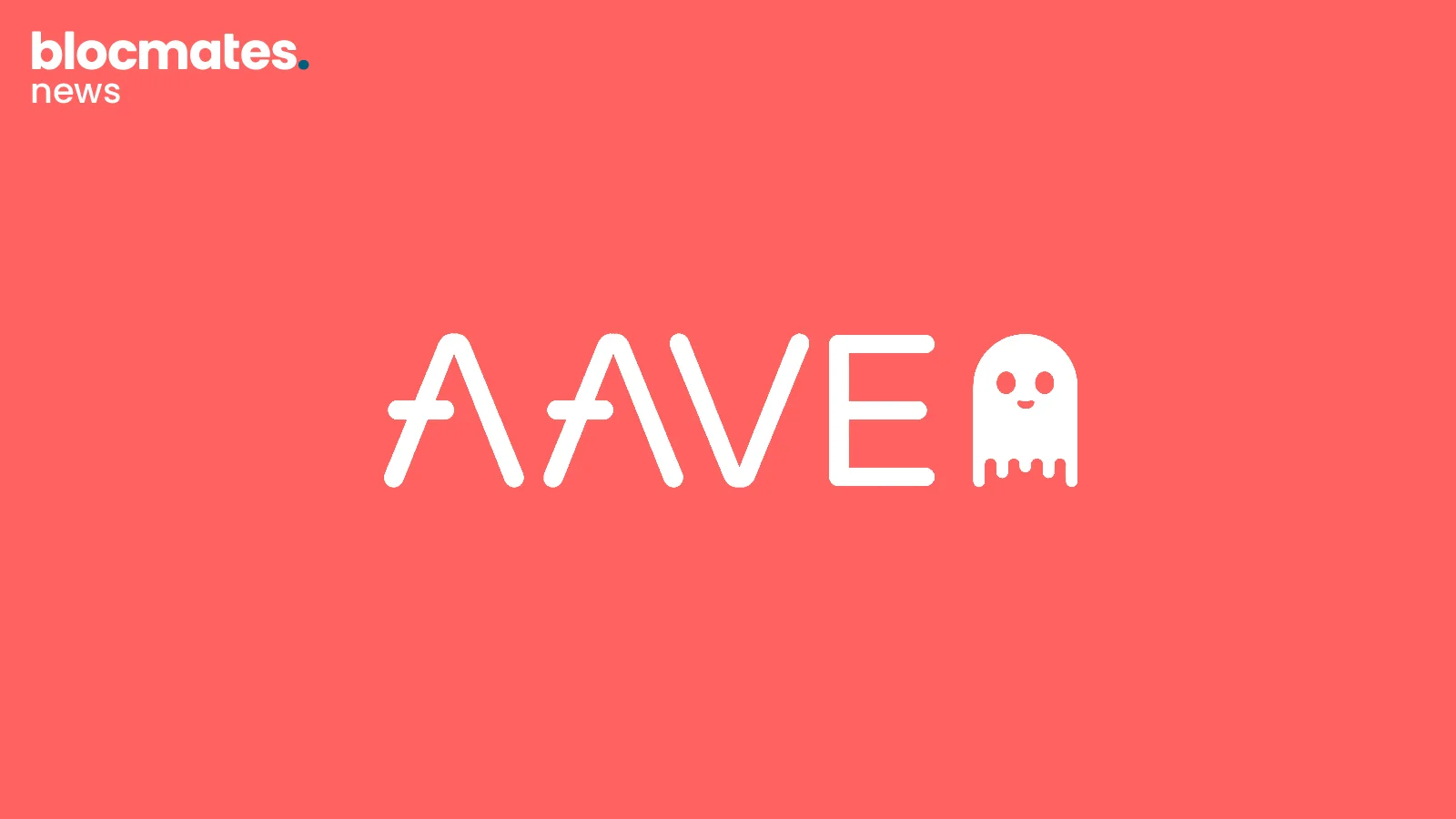
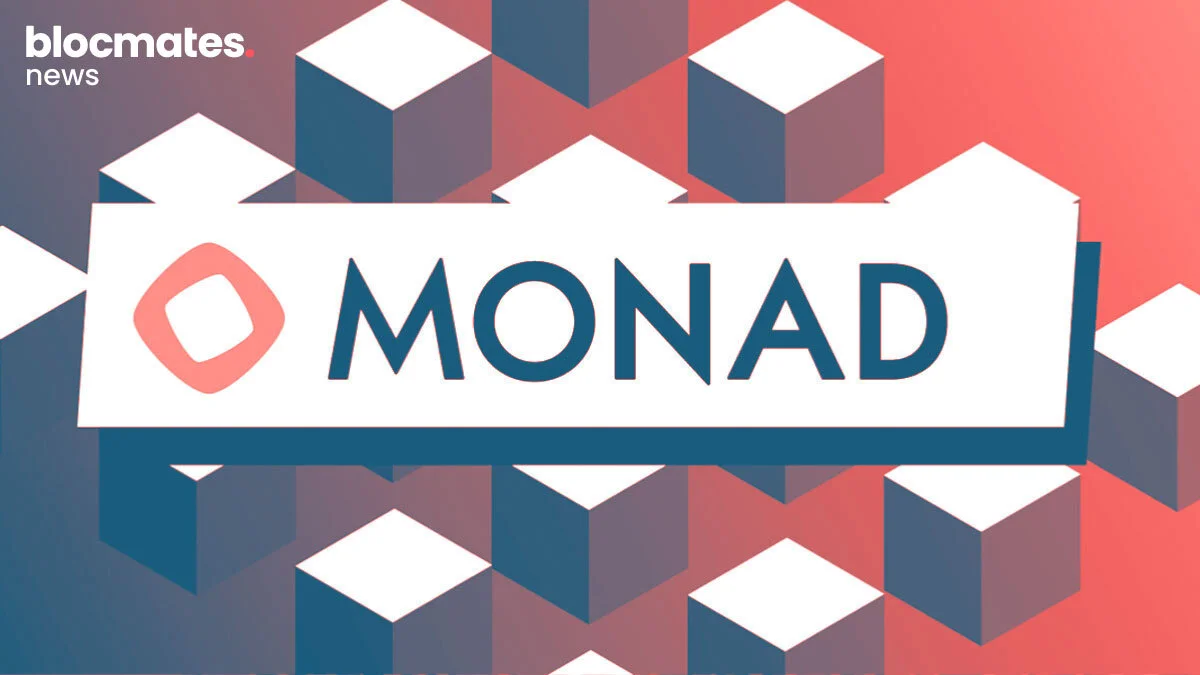
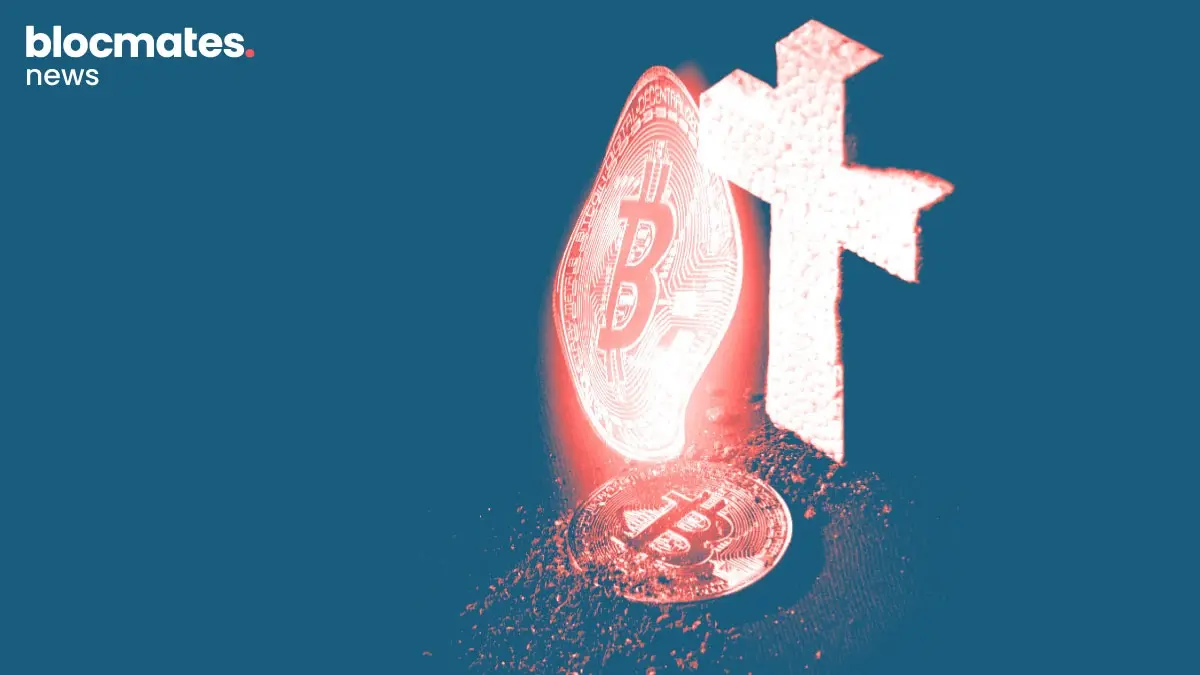

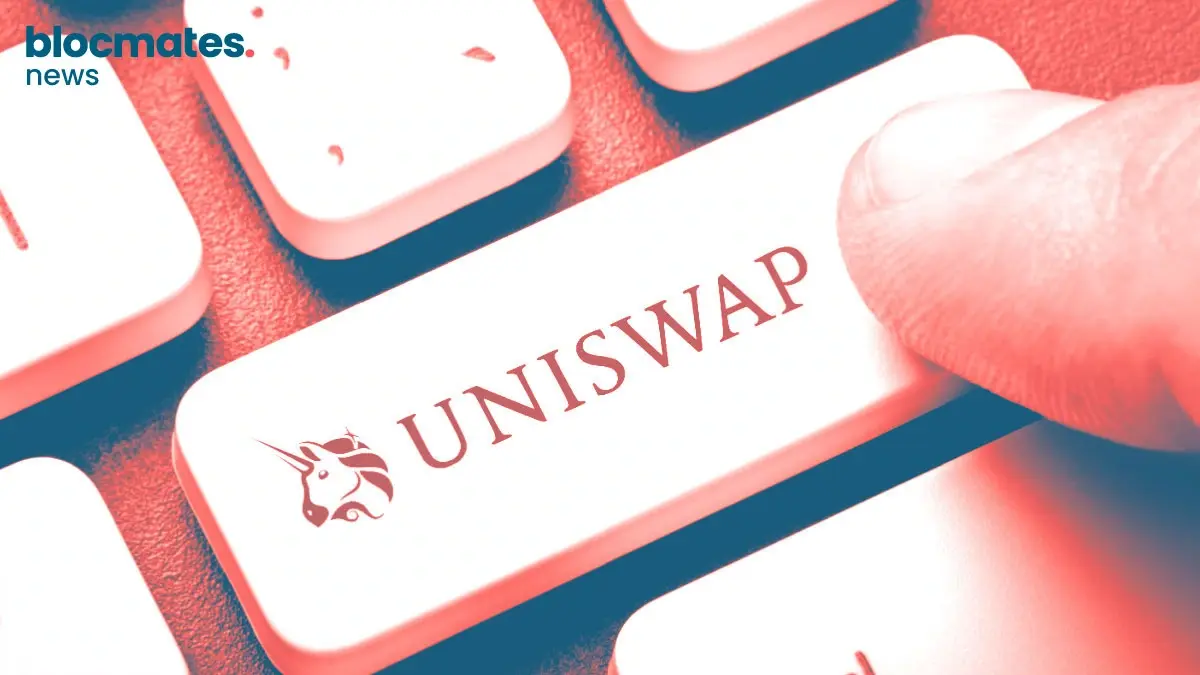


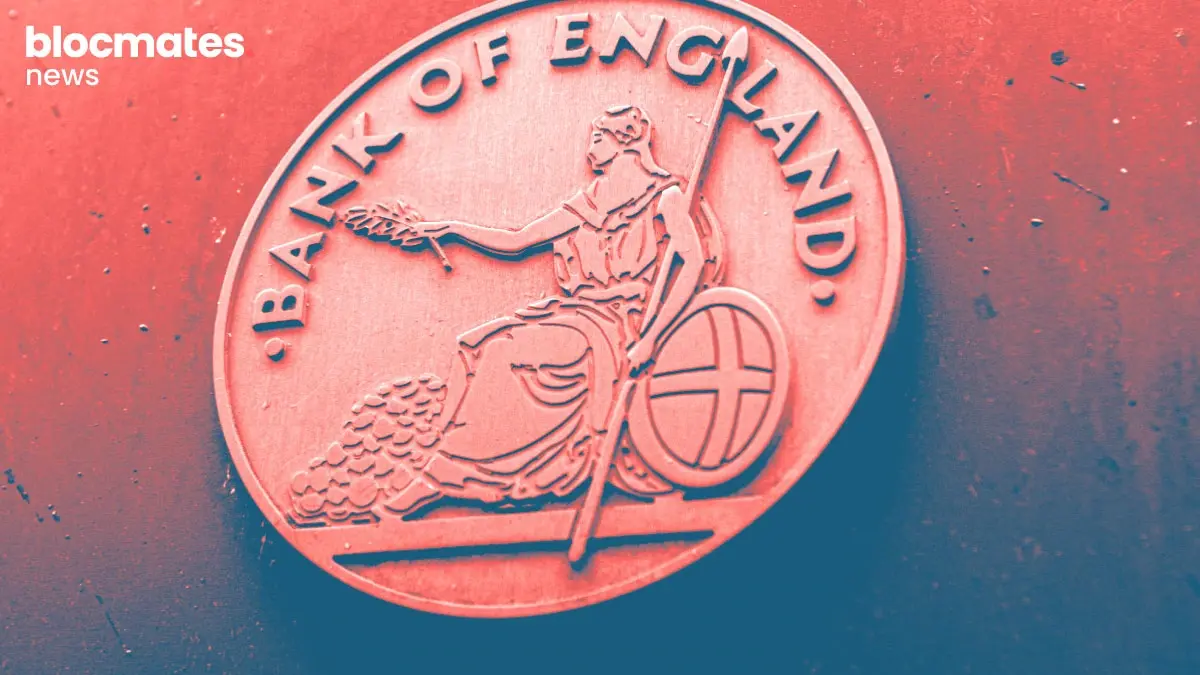
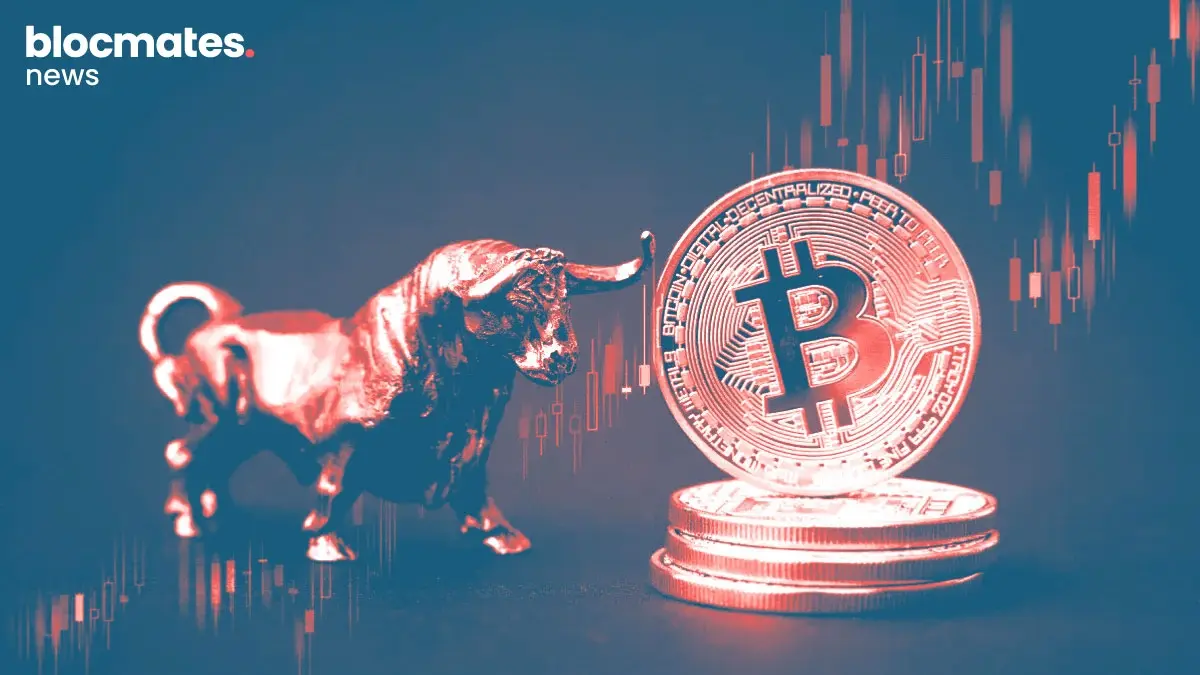

.webp)
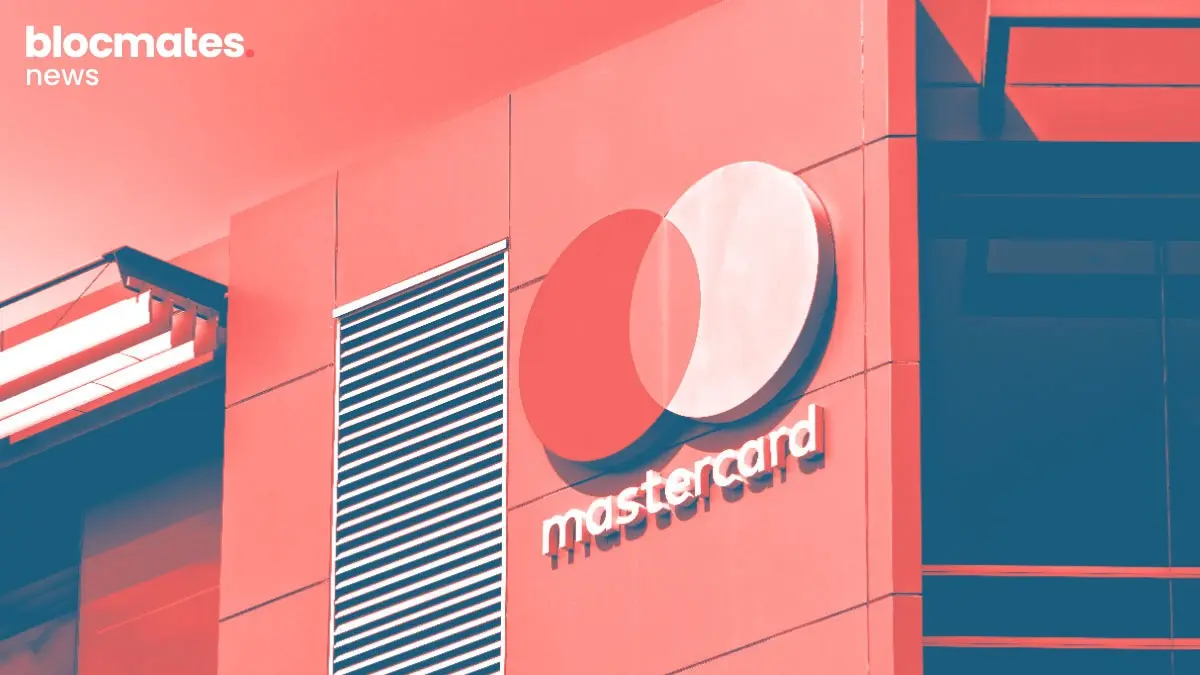




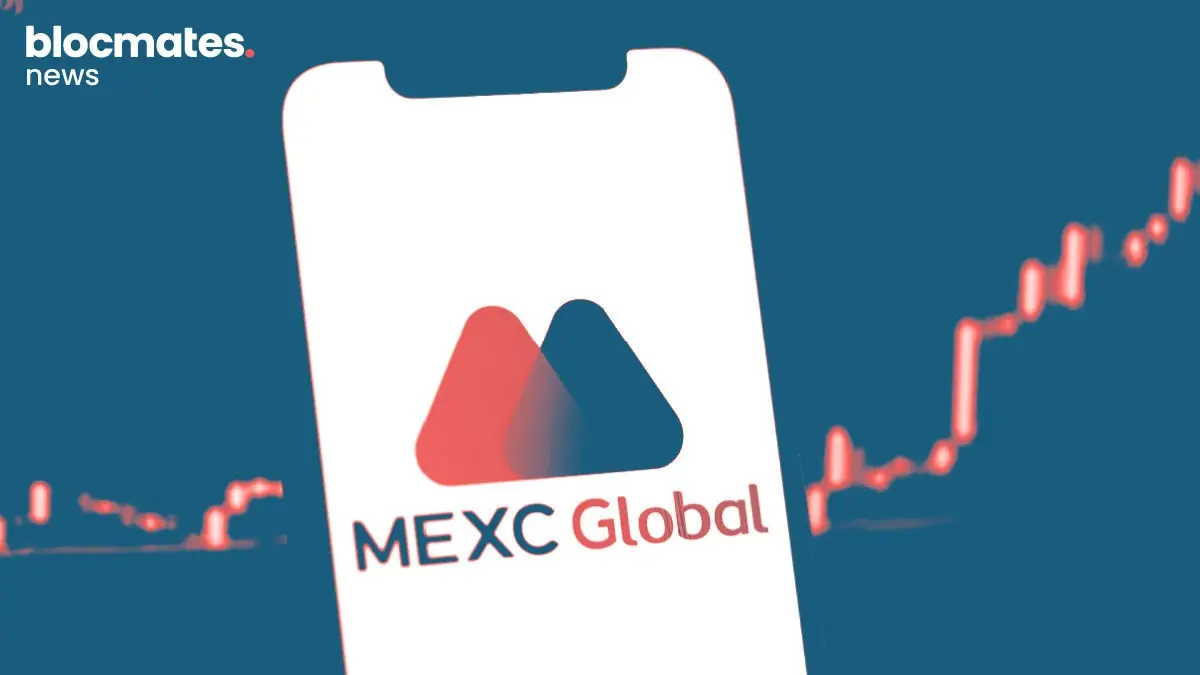

.webp)
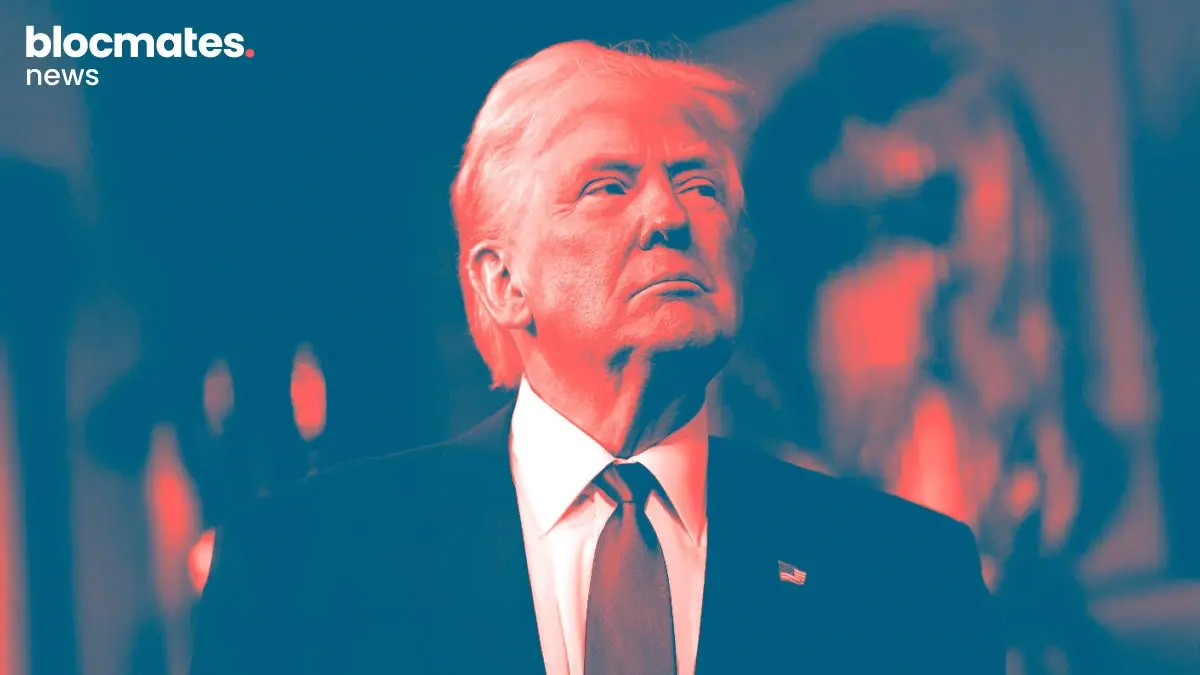

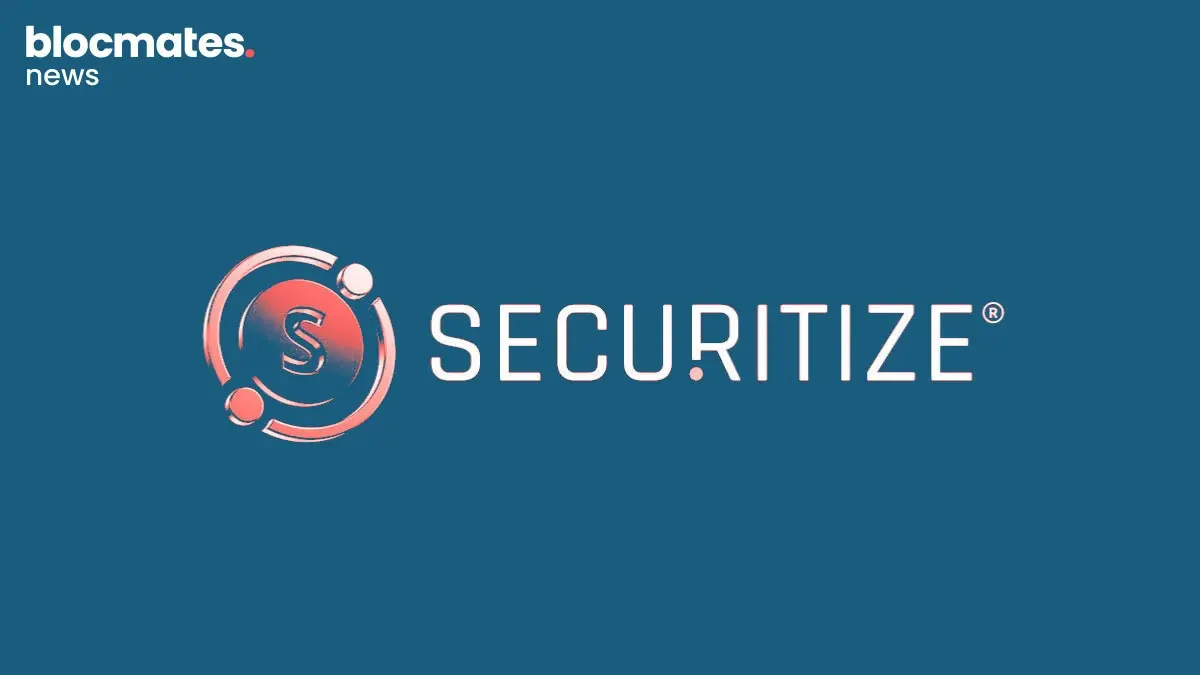
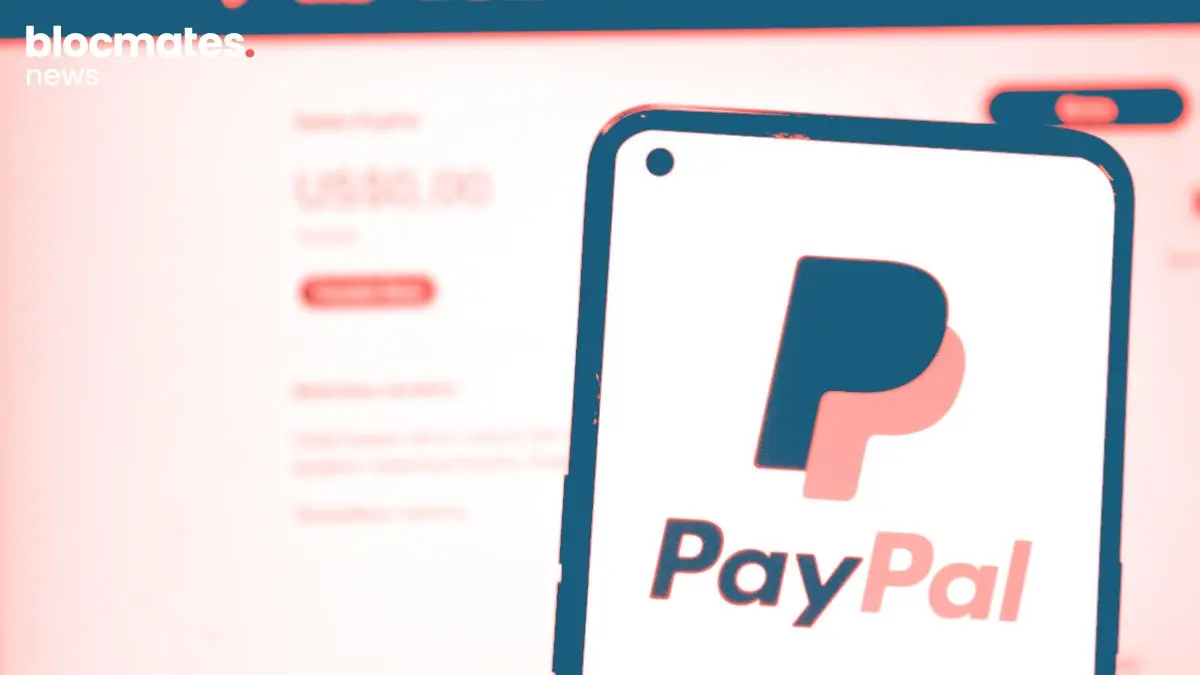
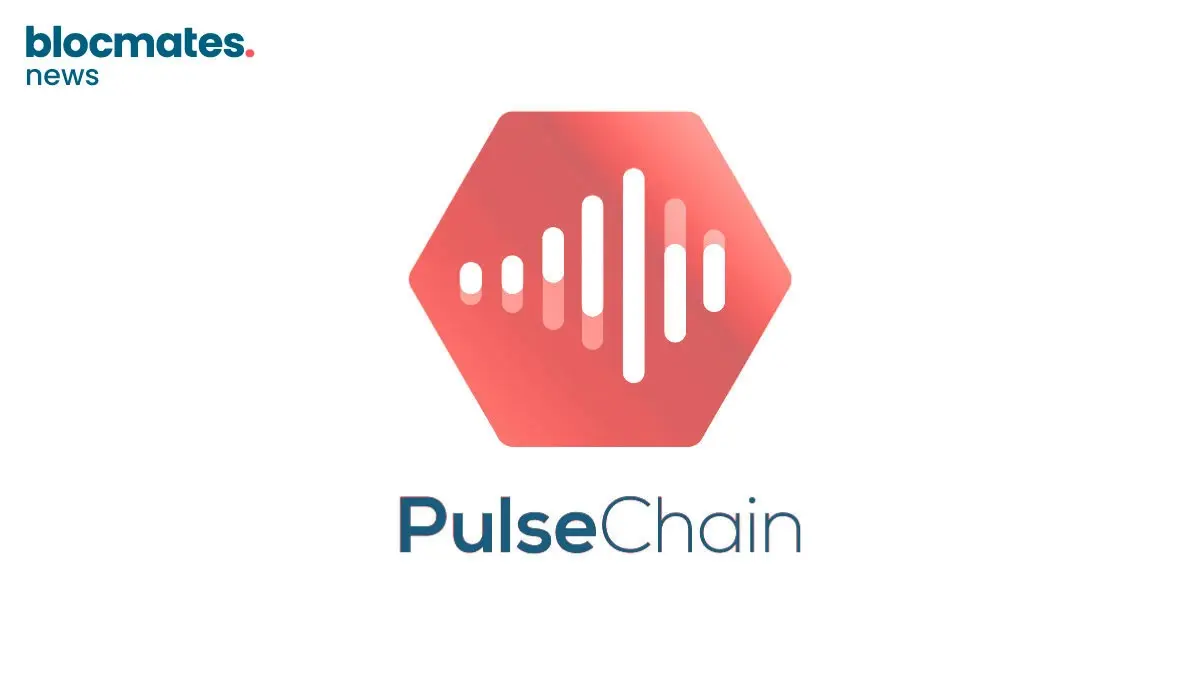
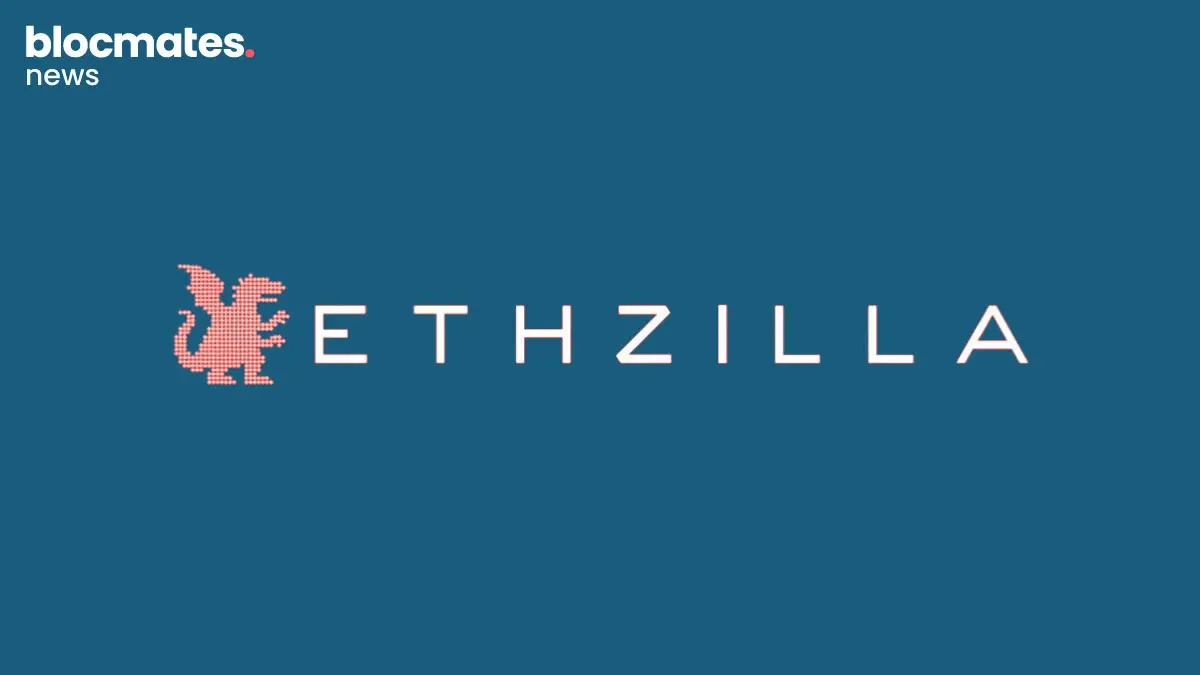
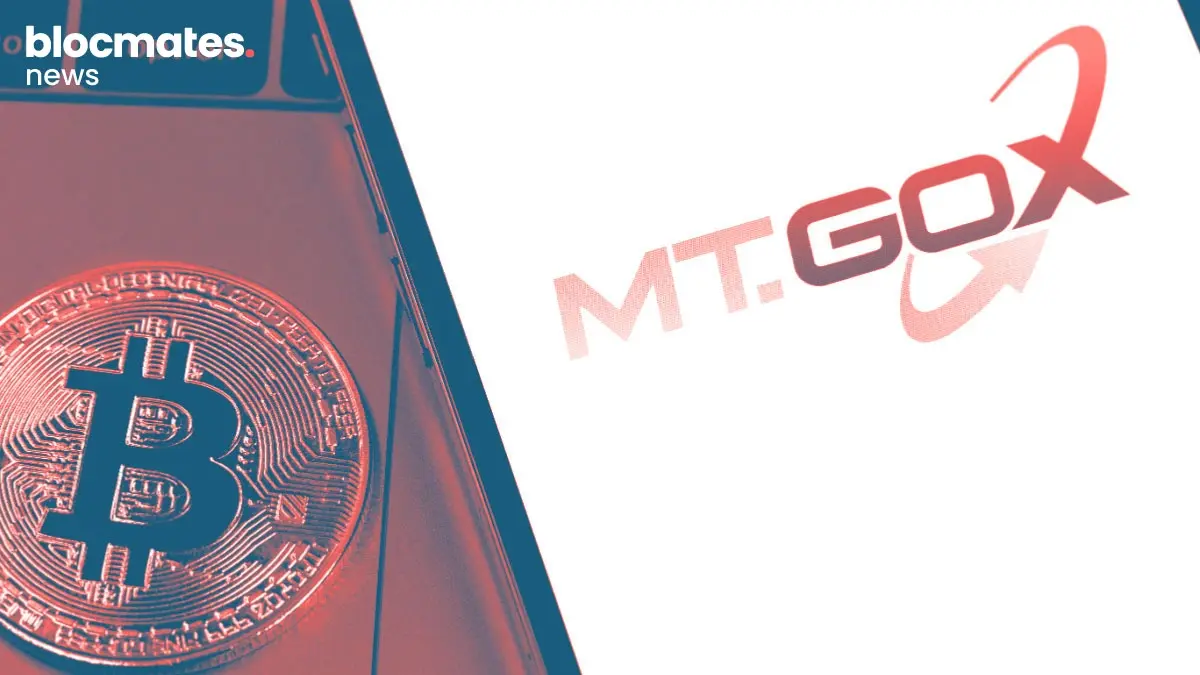
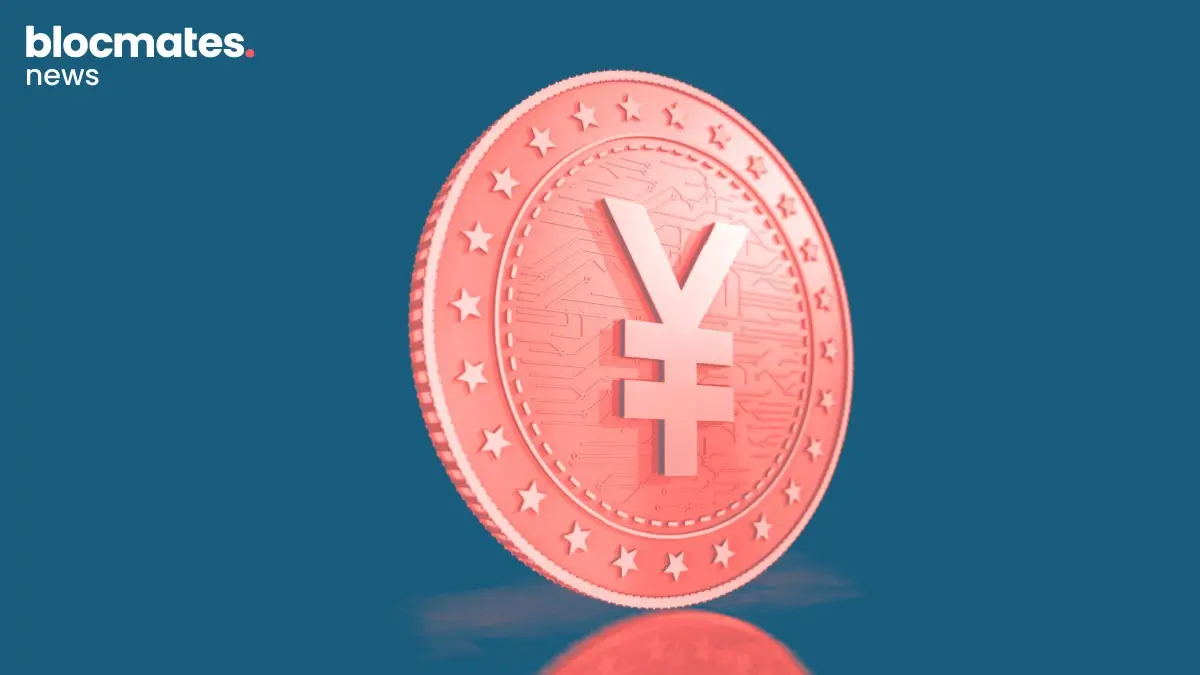

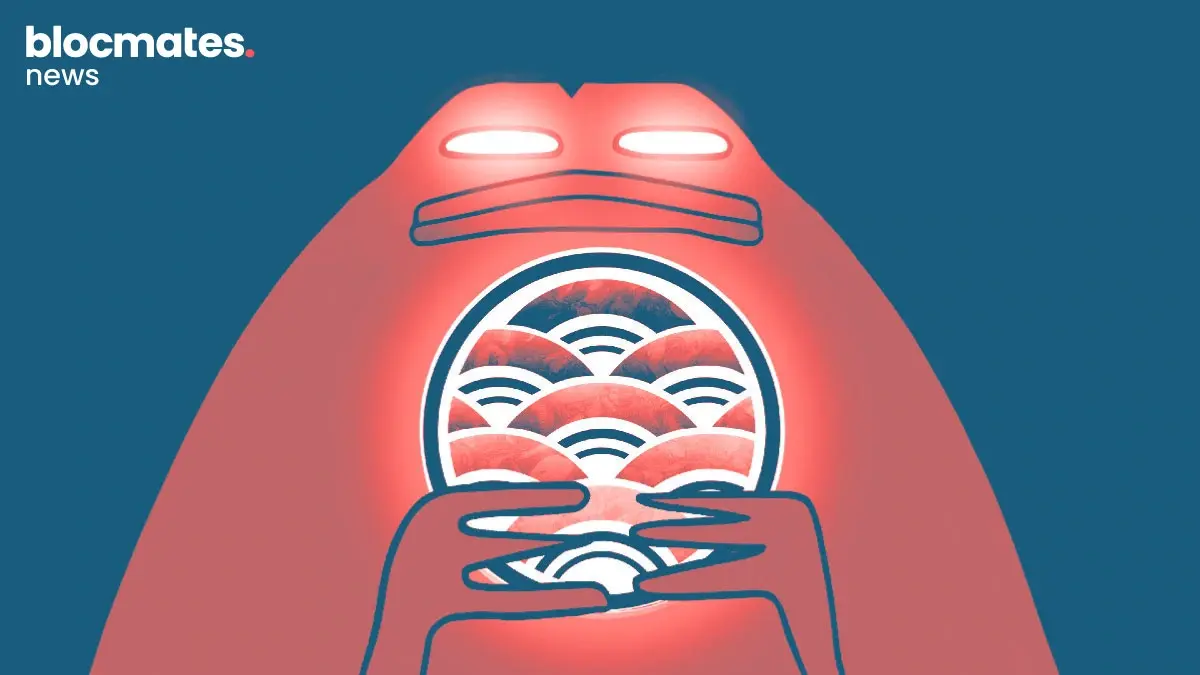

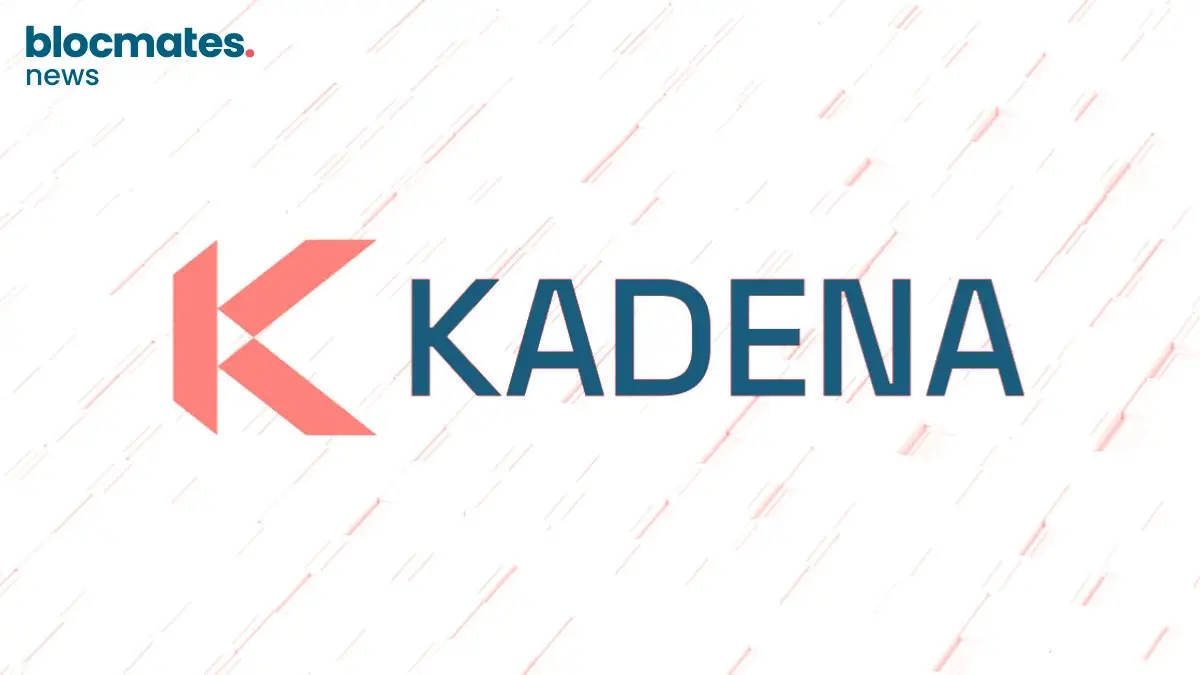
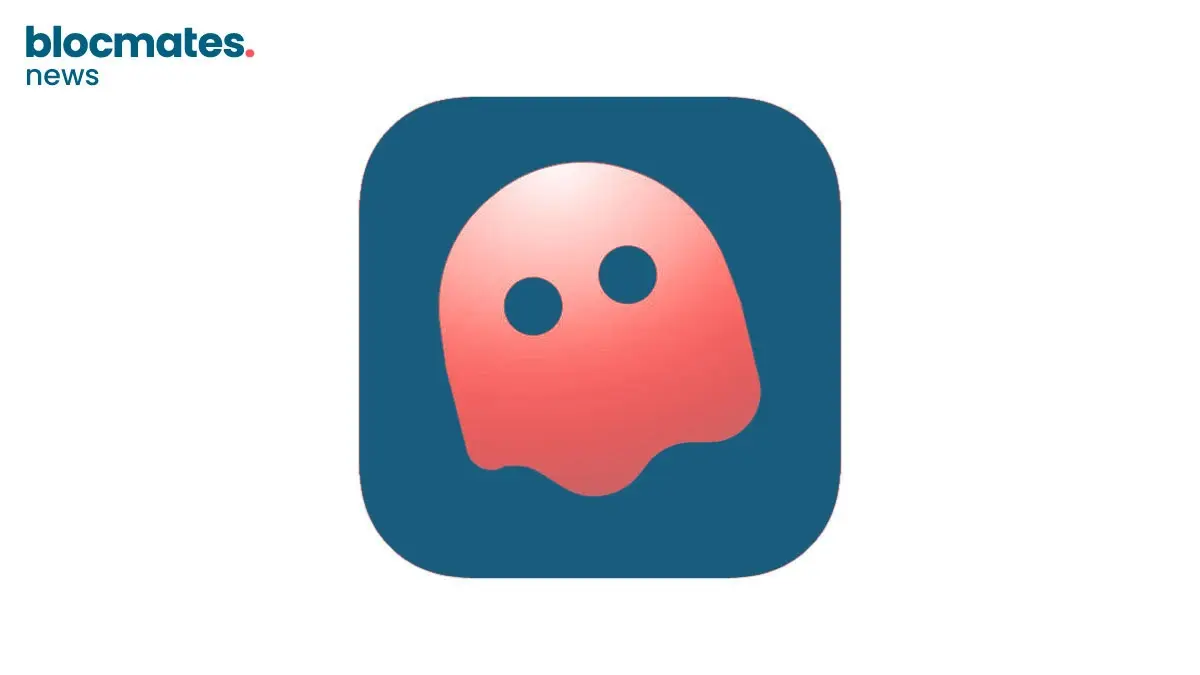
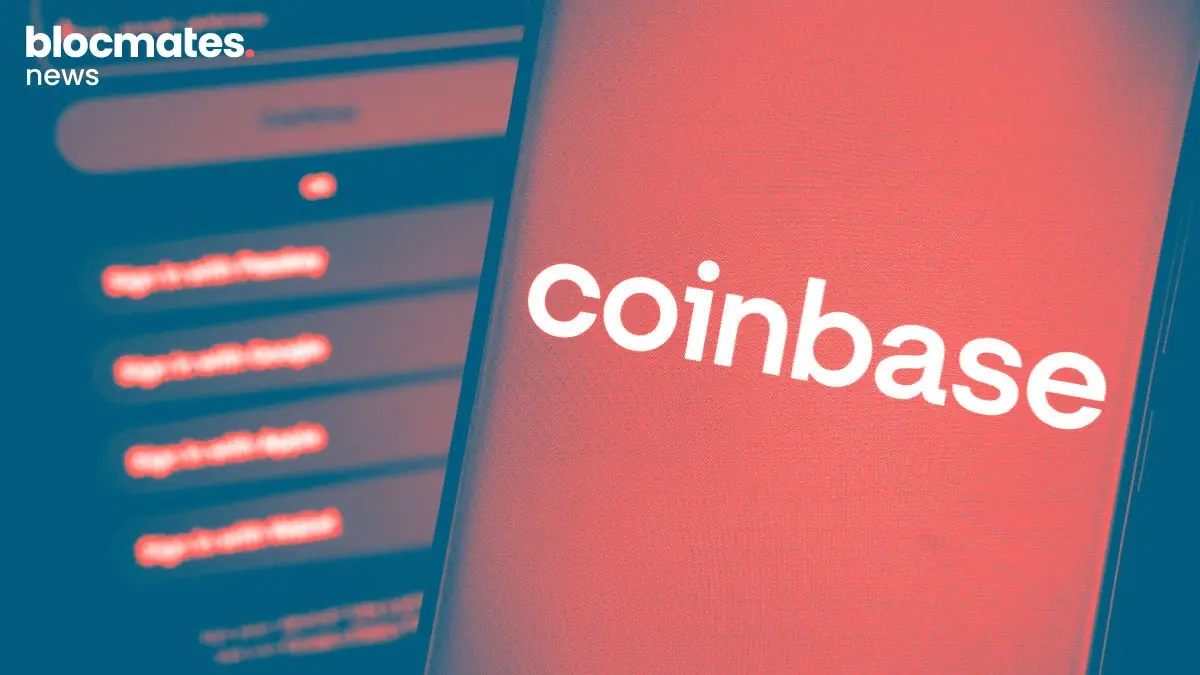
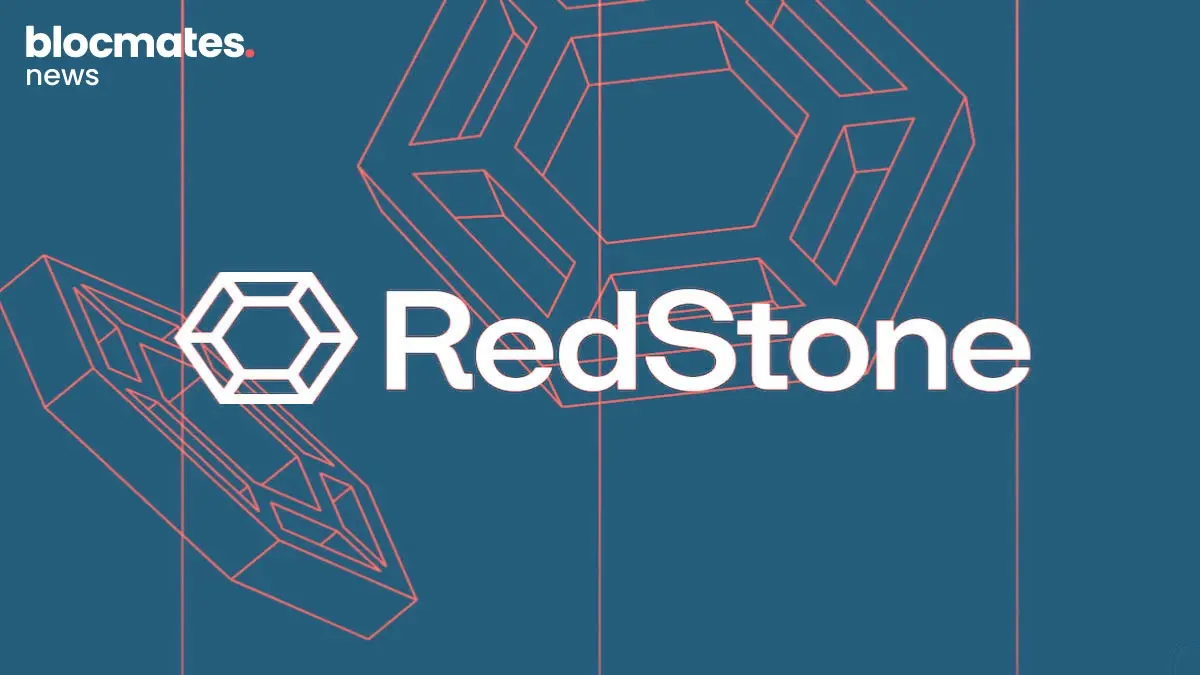
.webp)
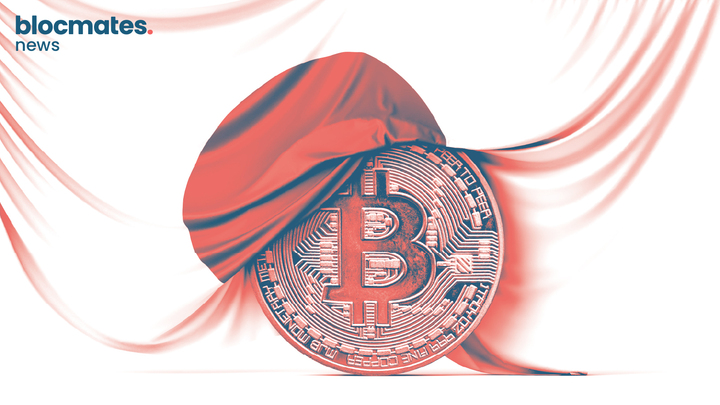
.webp)
.webp)

.webp)


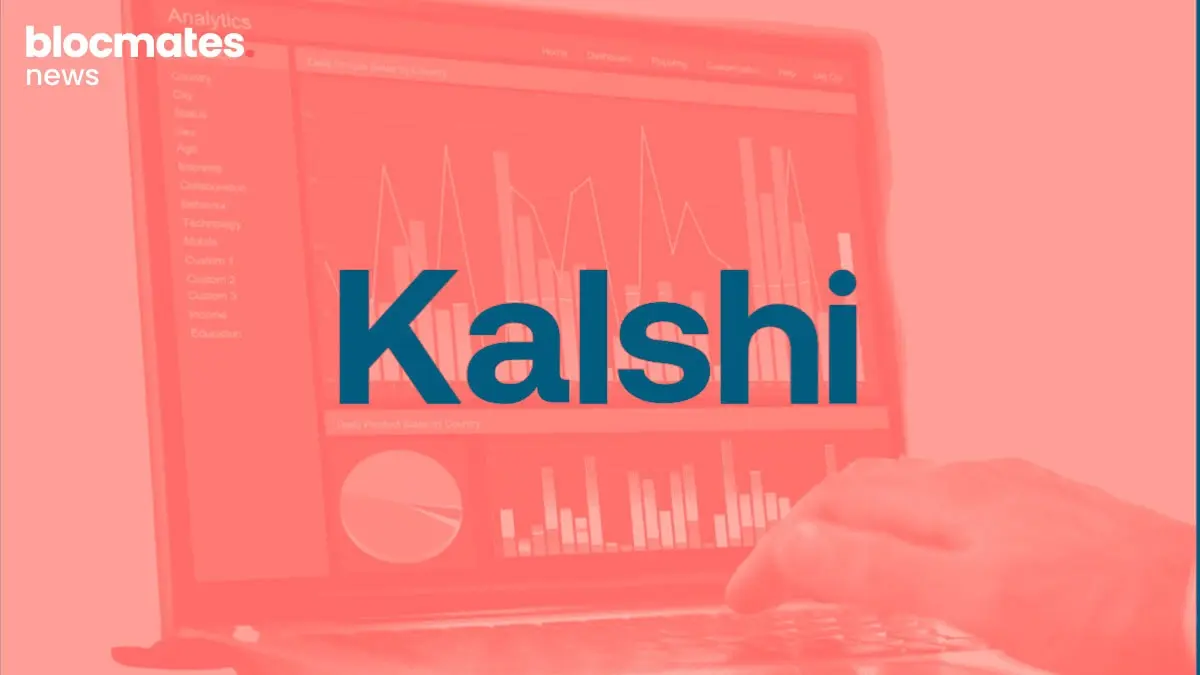
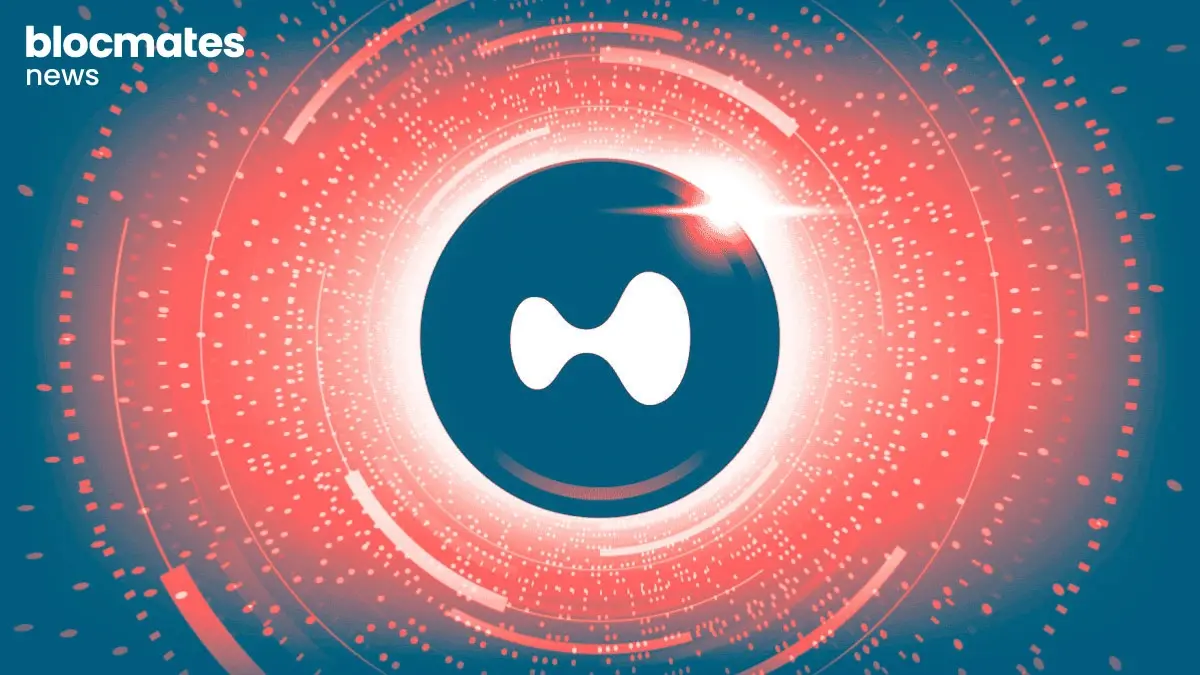


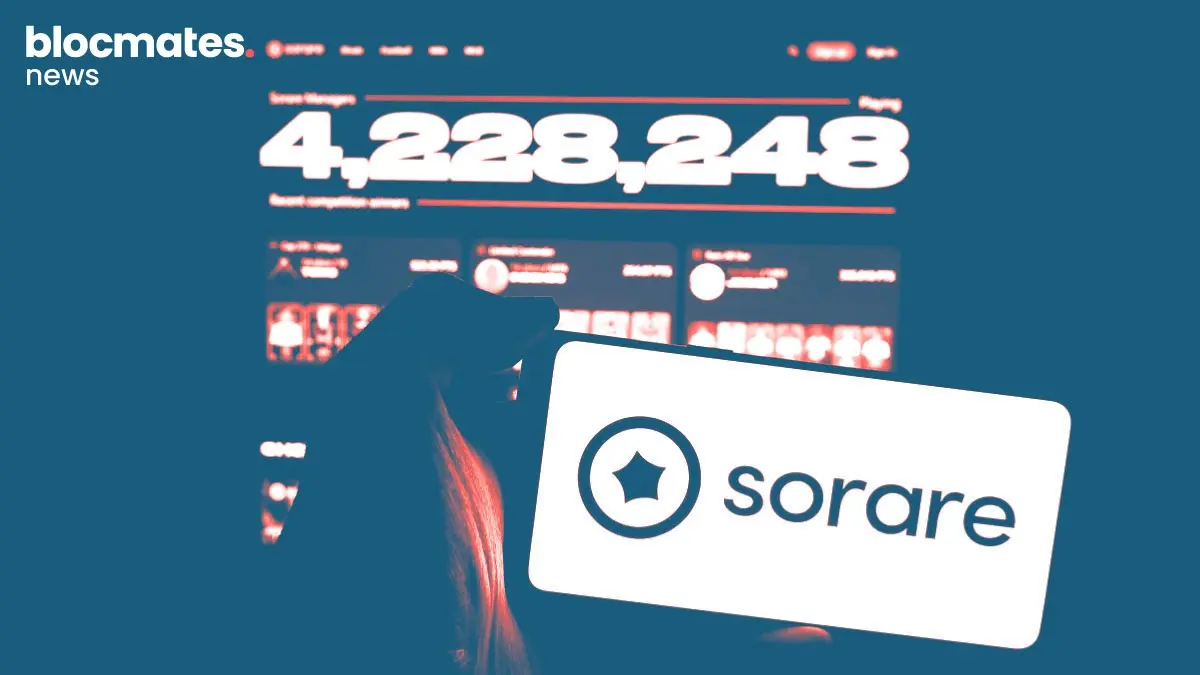

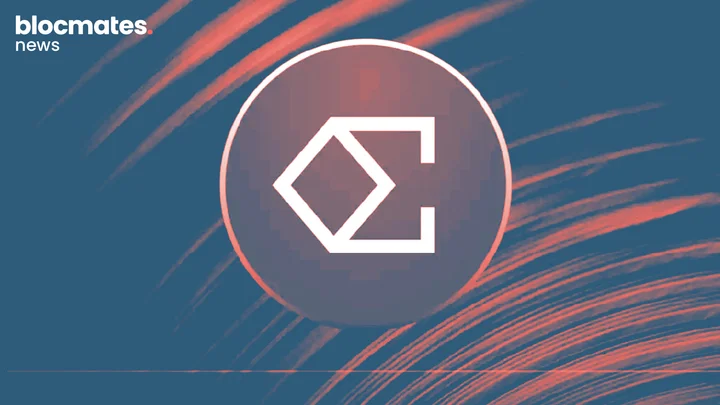
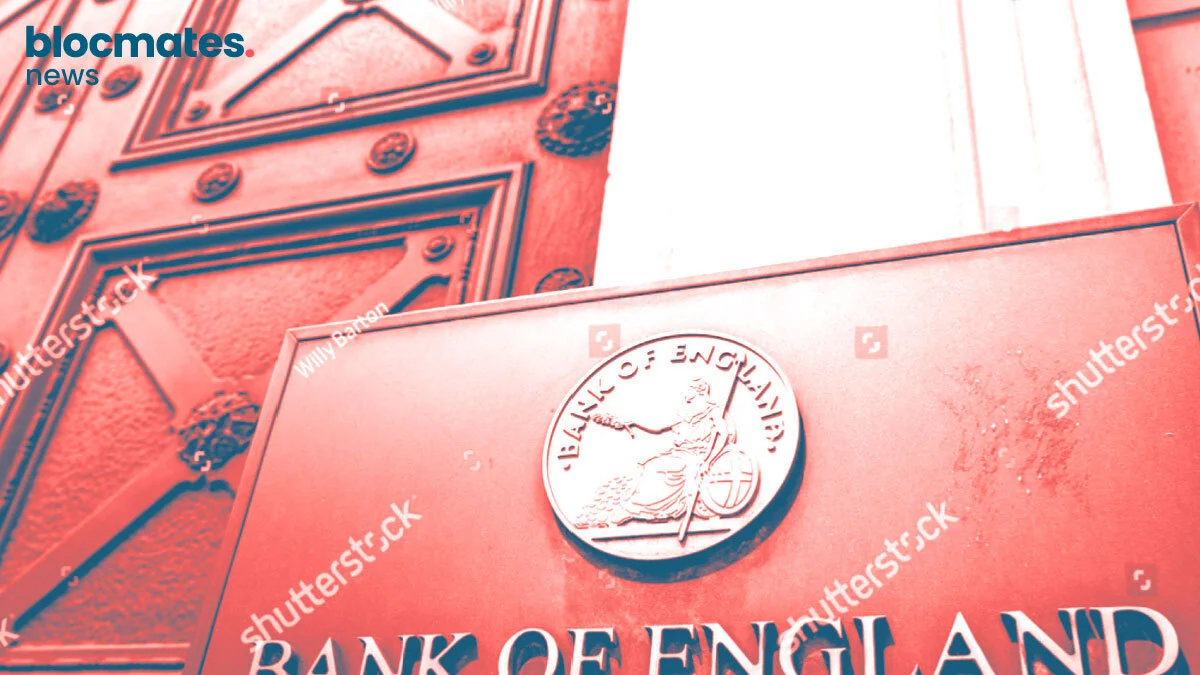
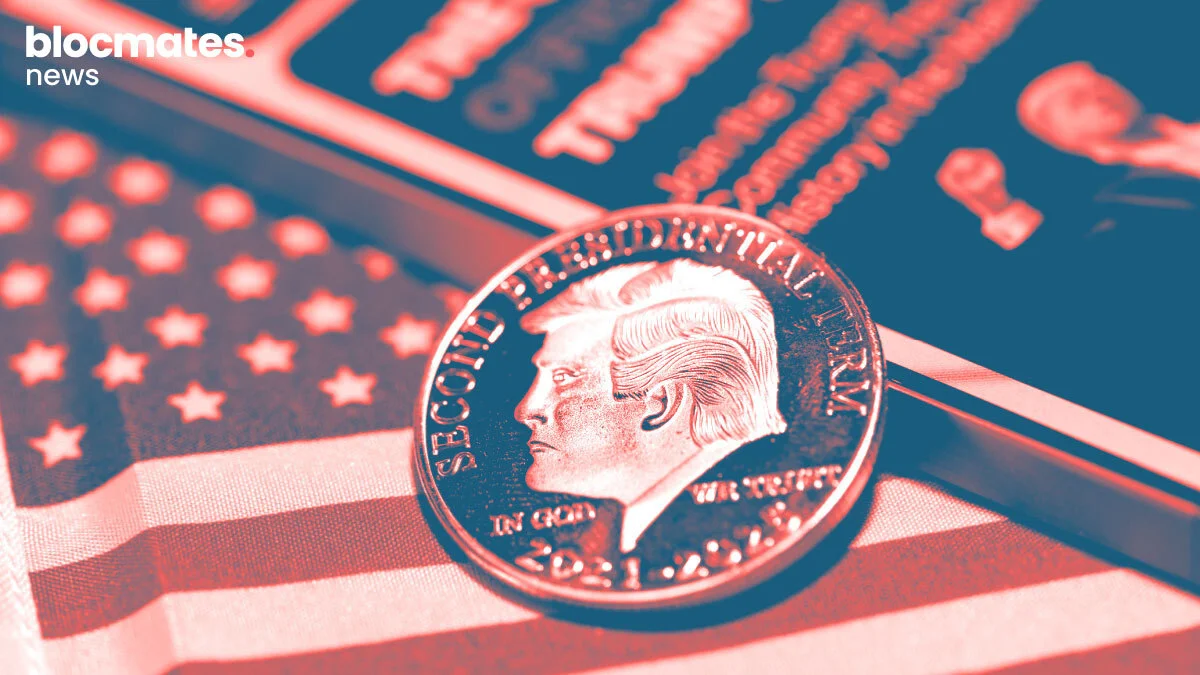
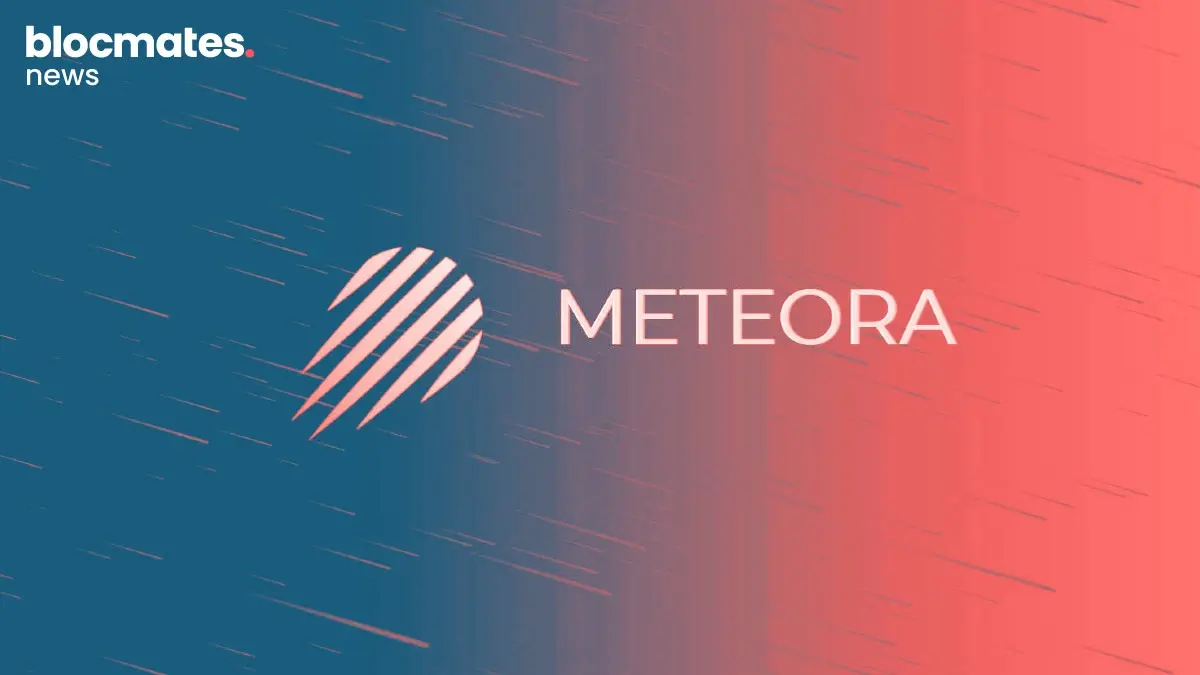


.webp)

.webp)


.webp)



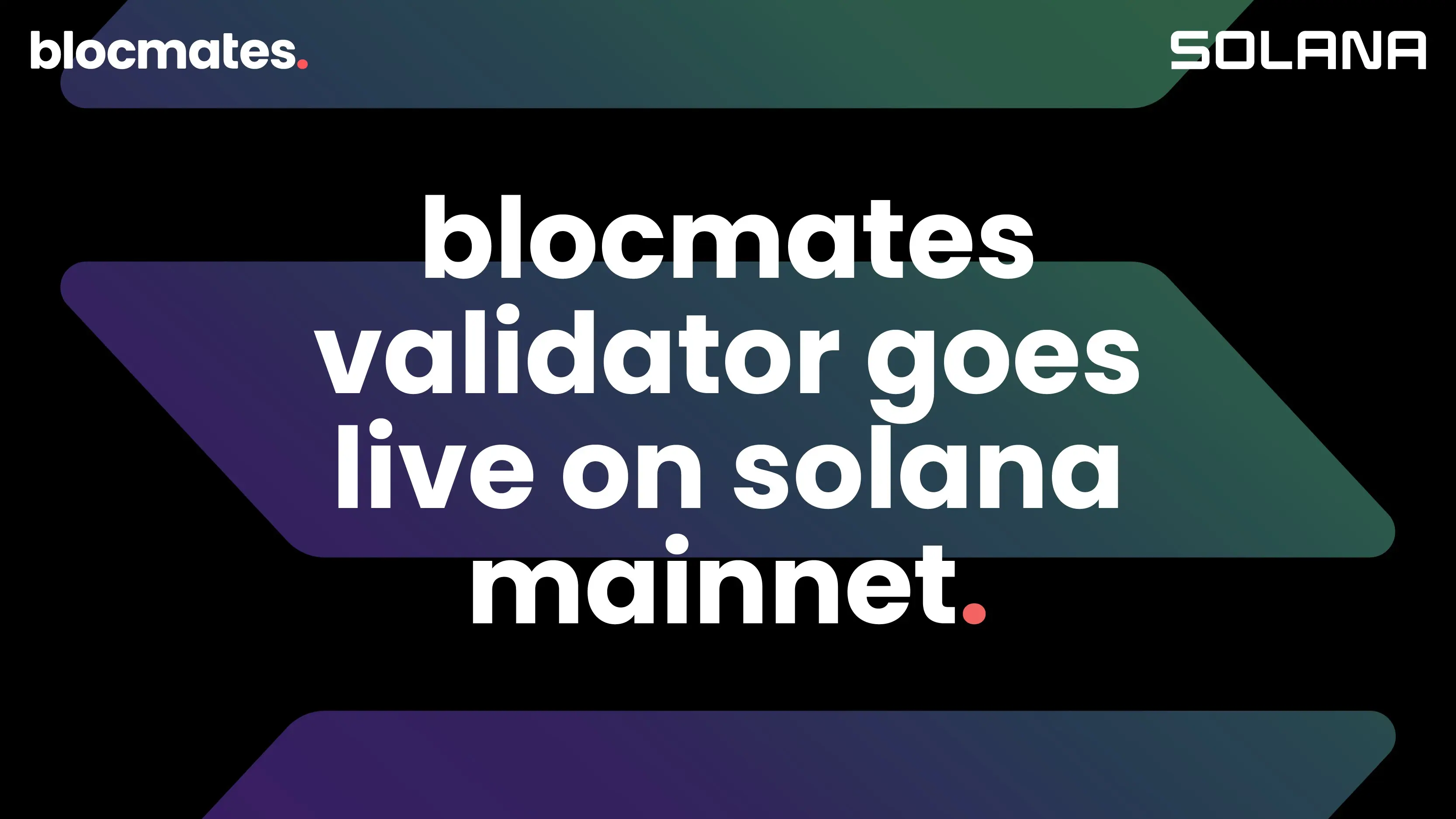
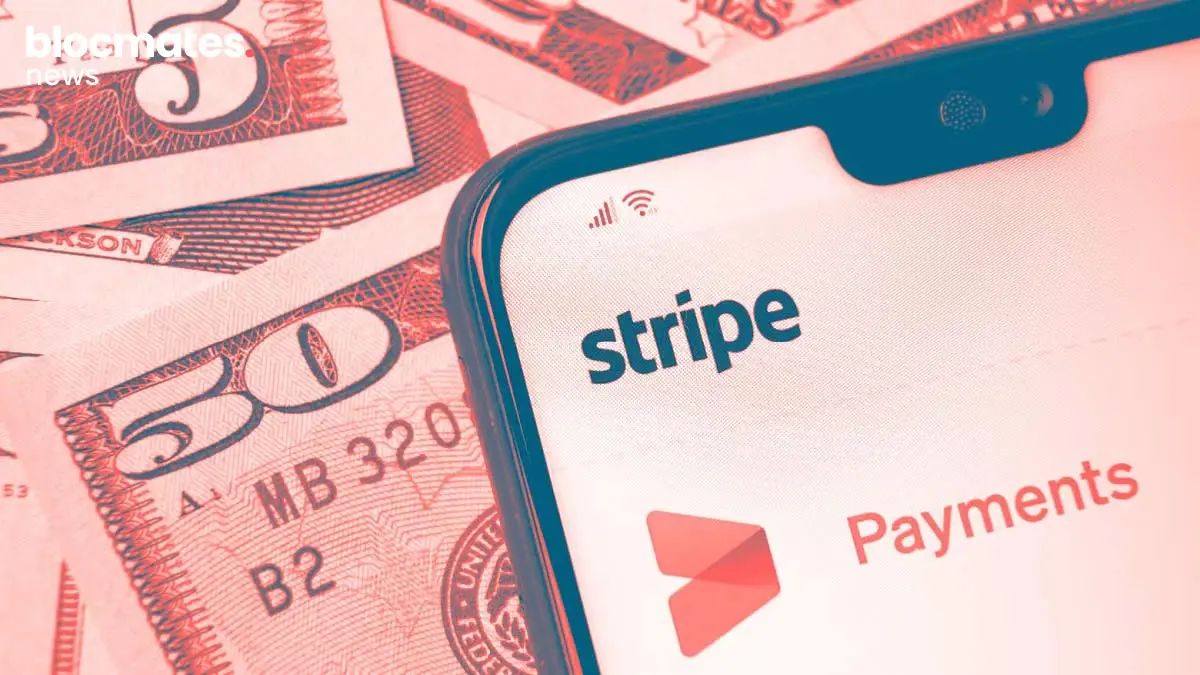
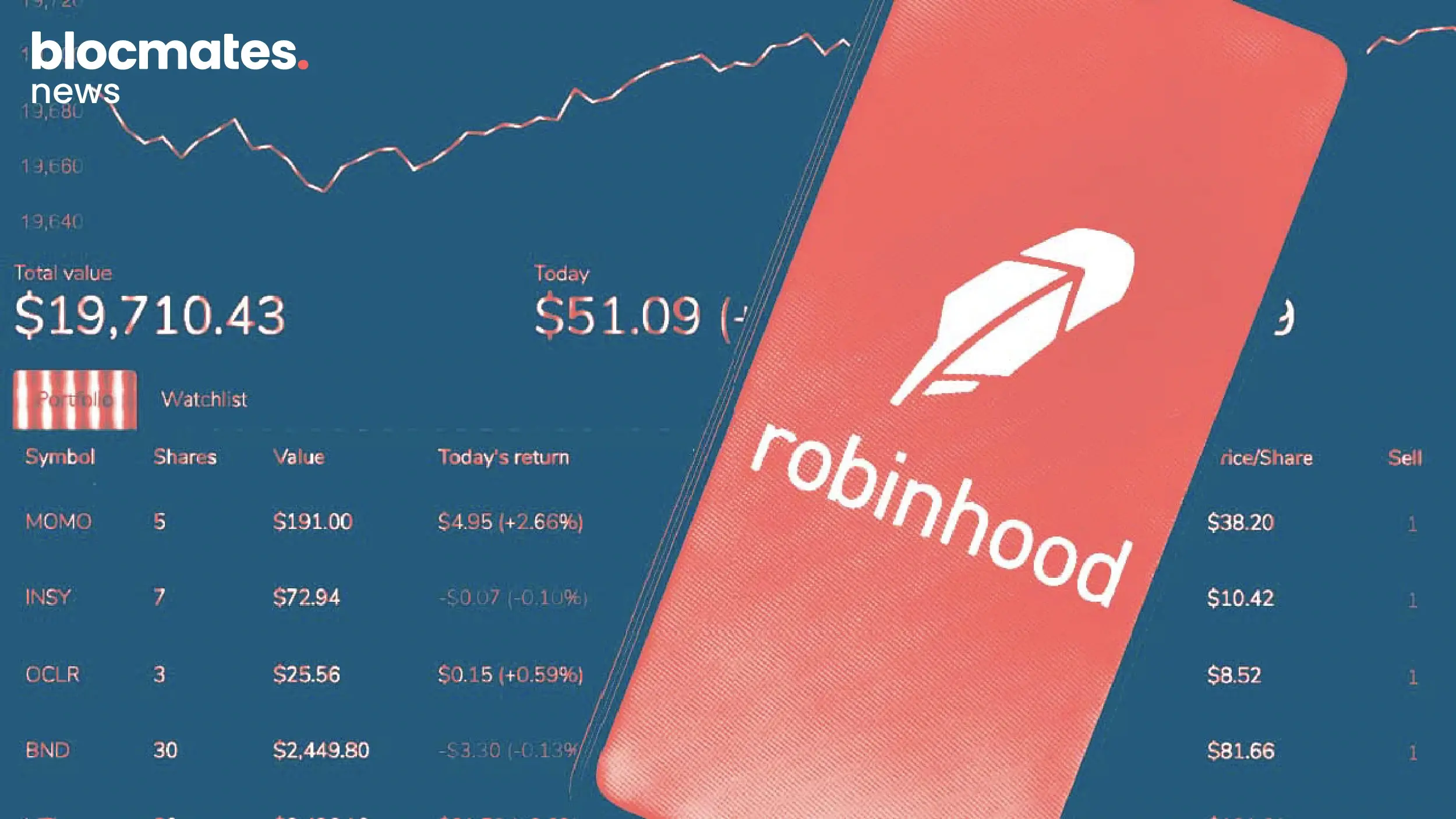


.webp)
